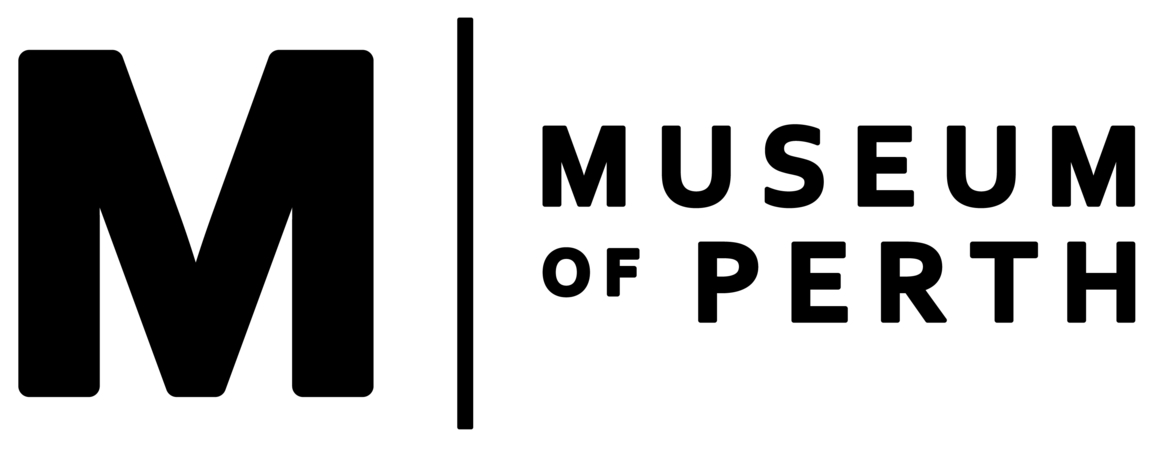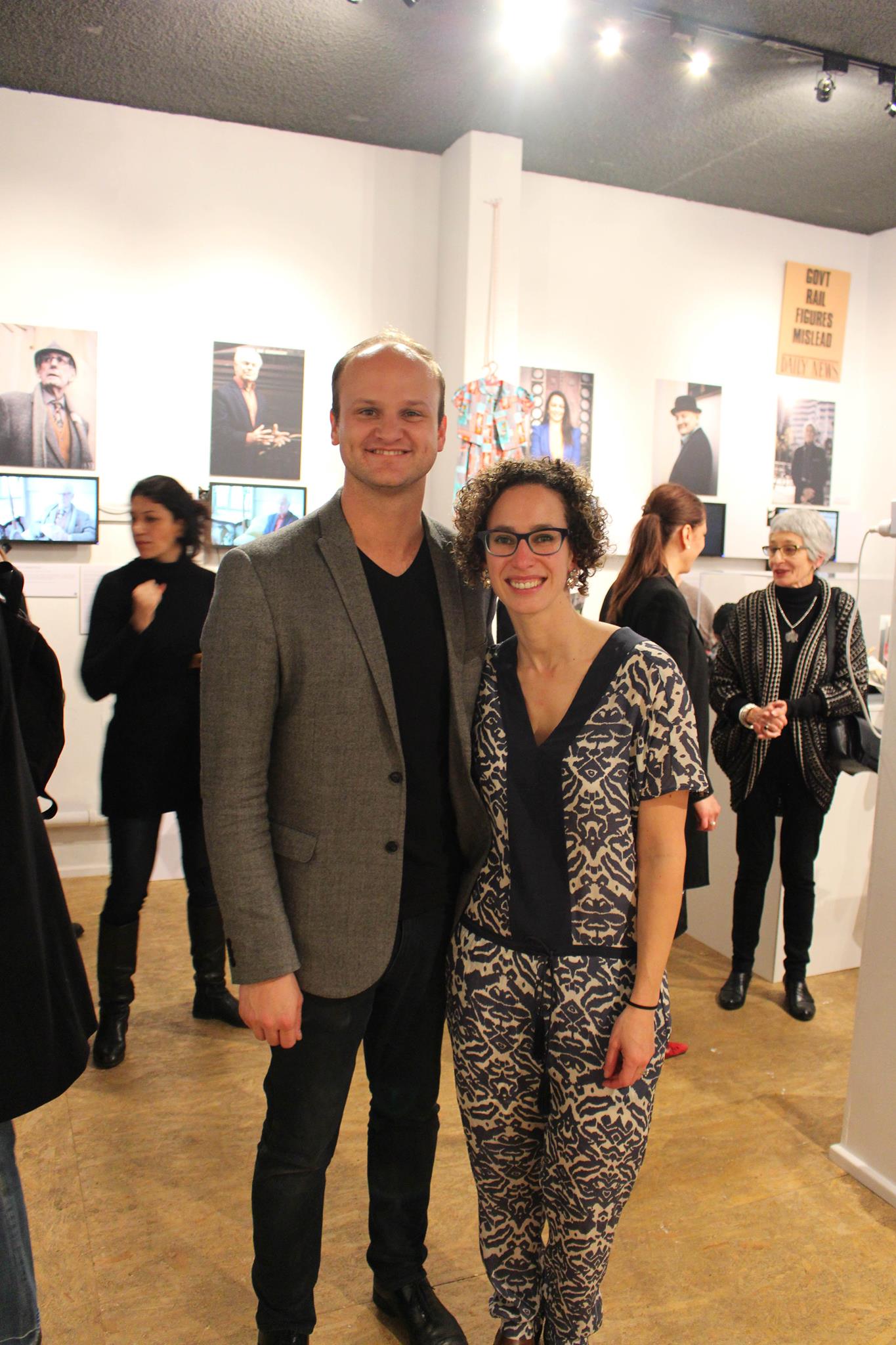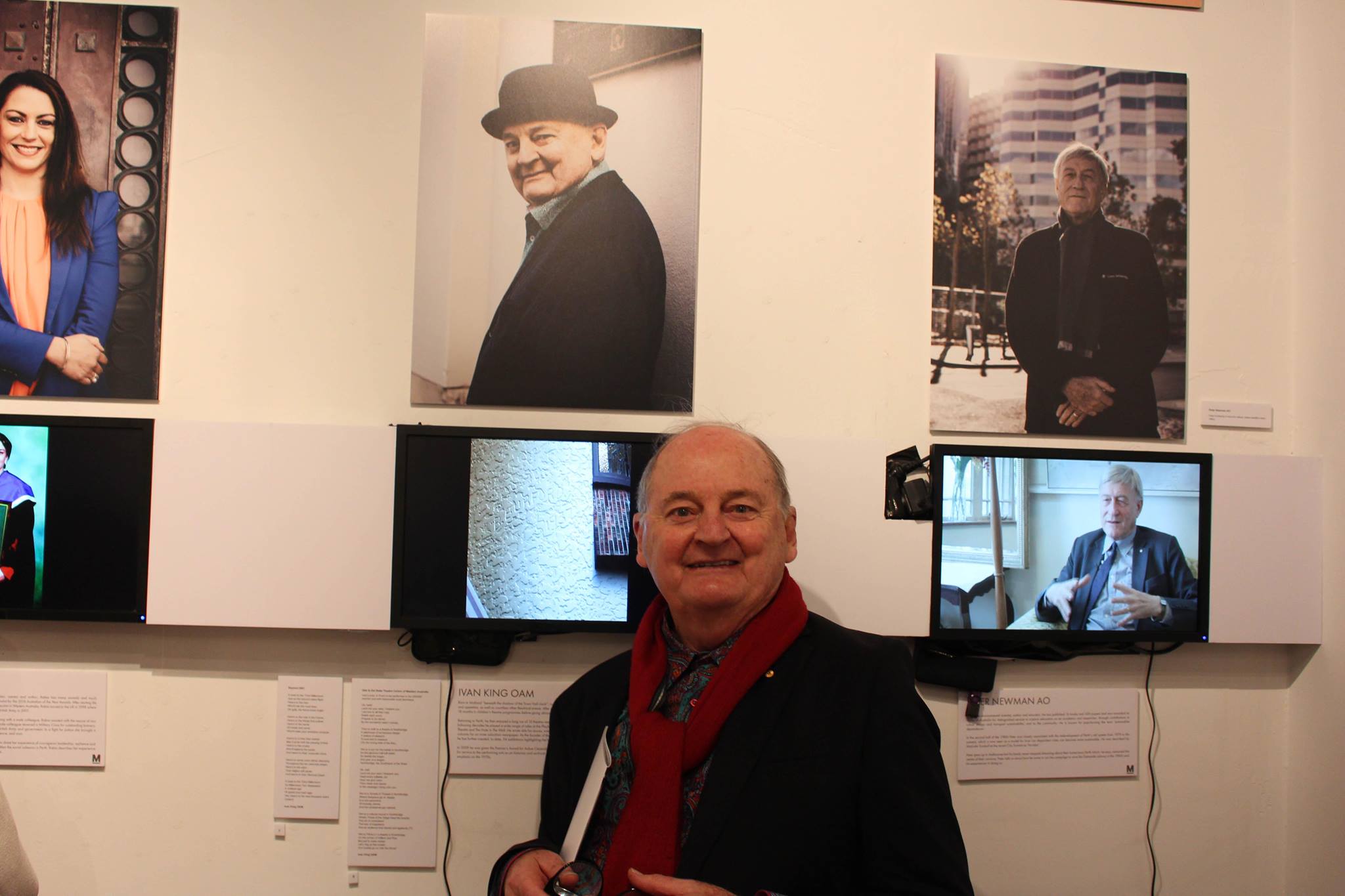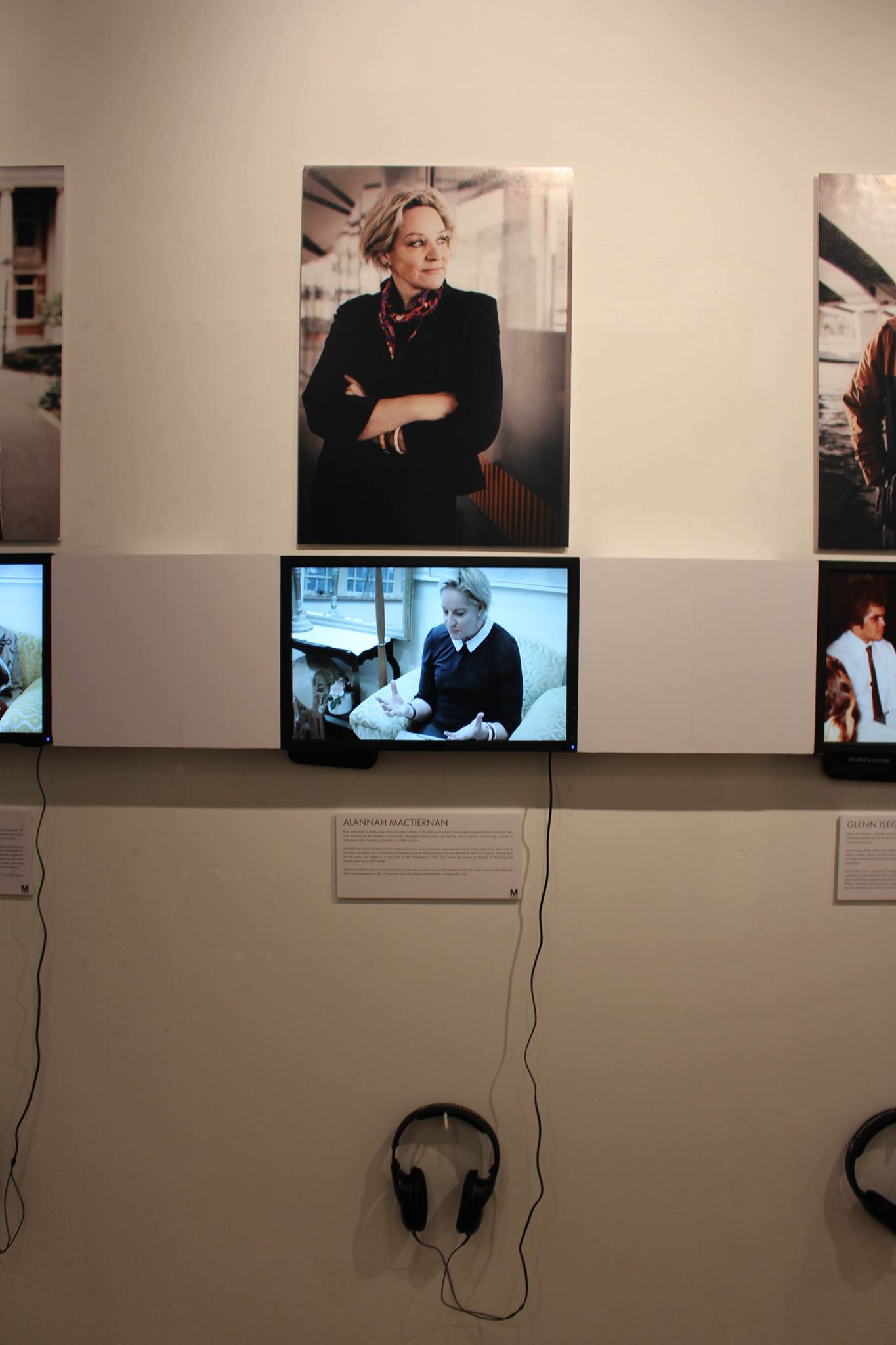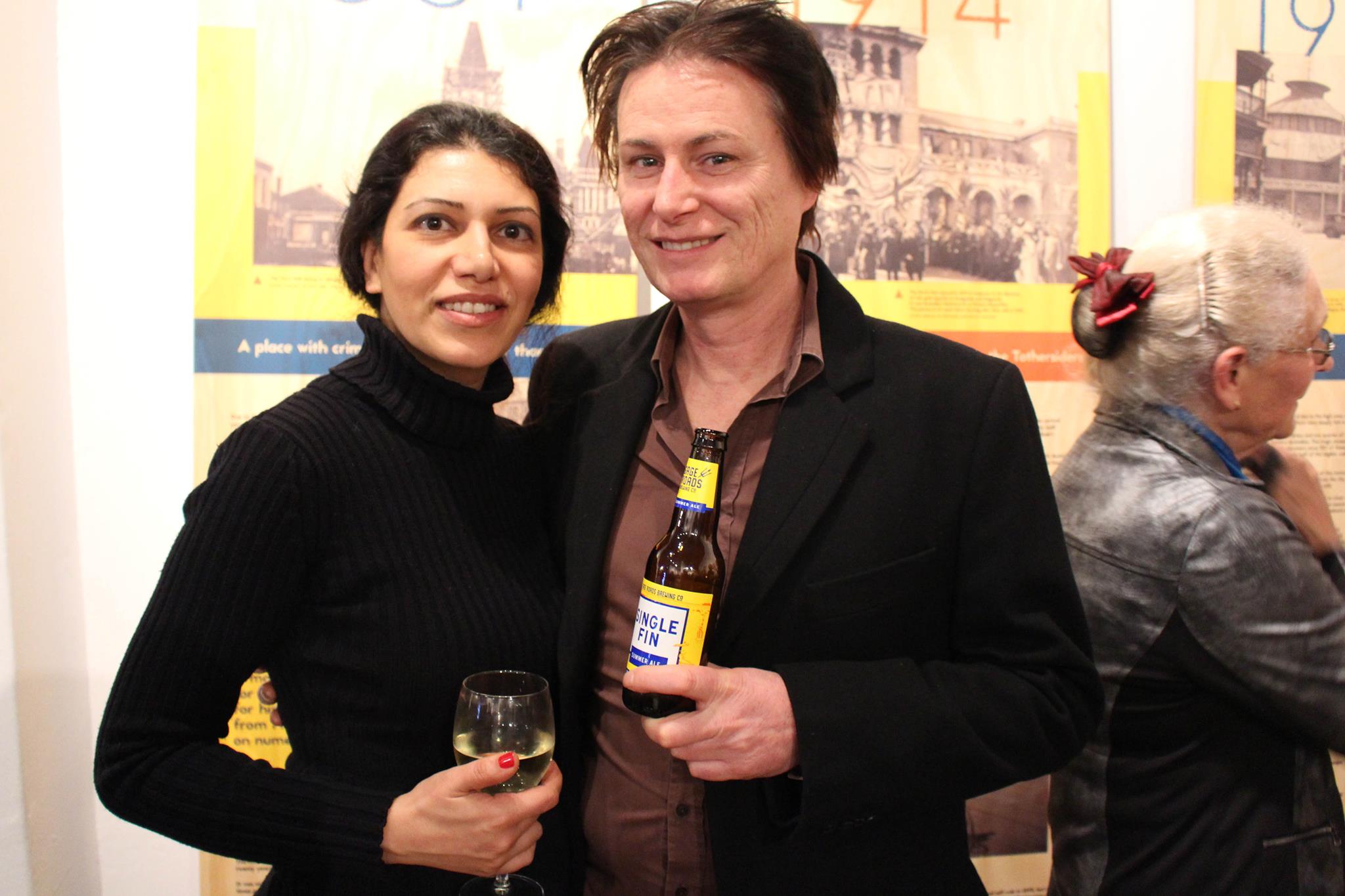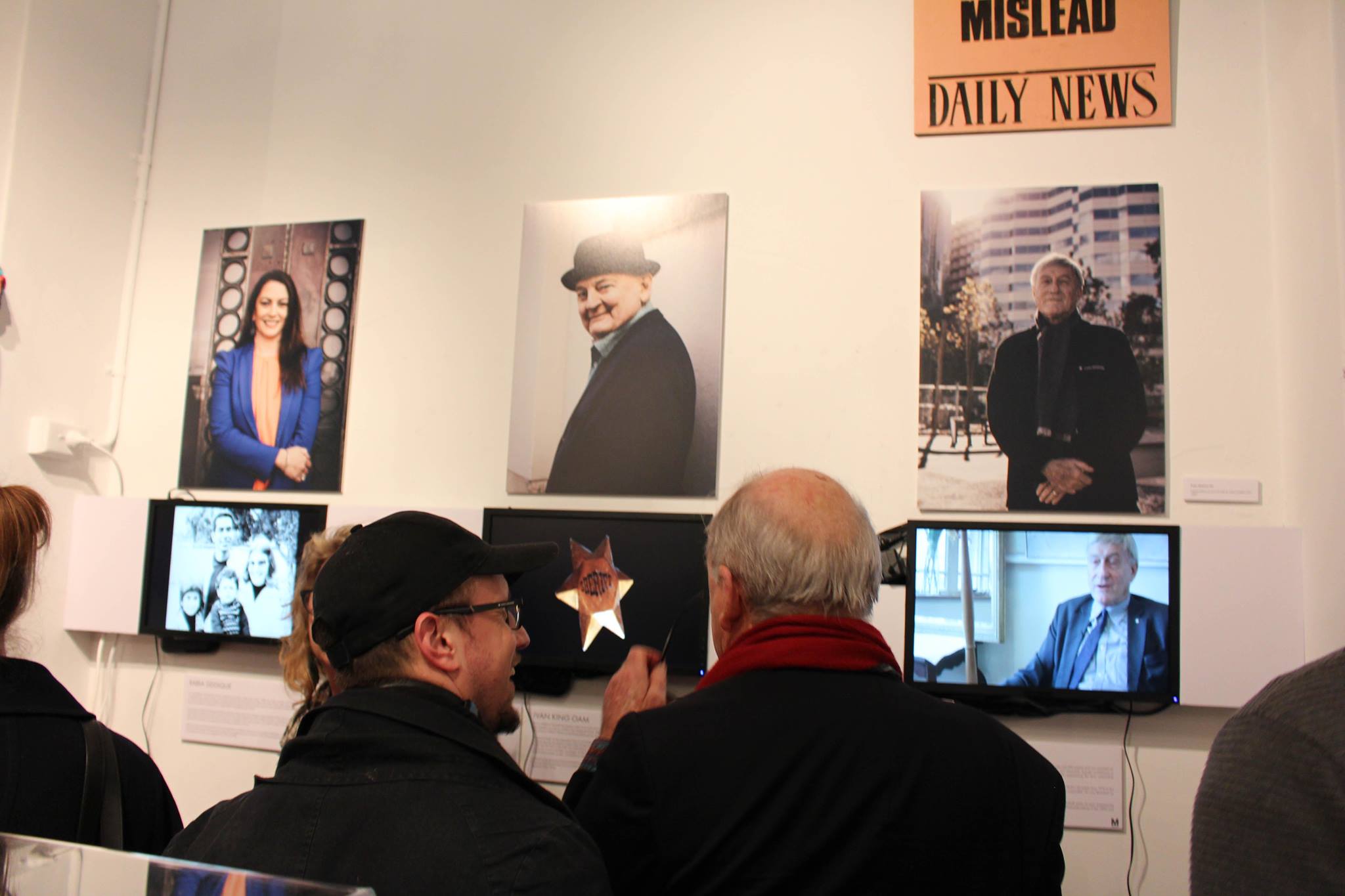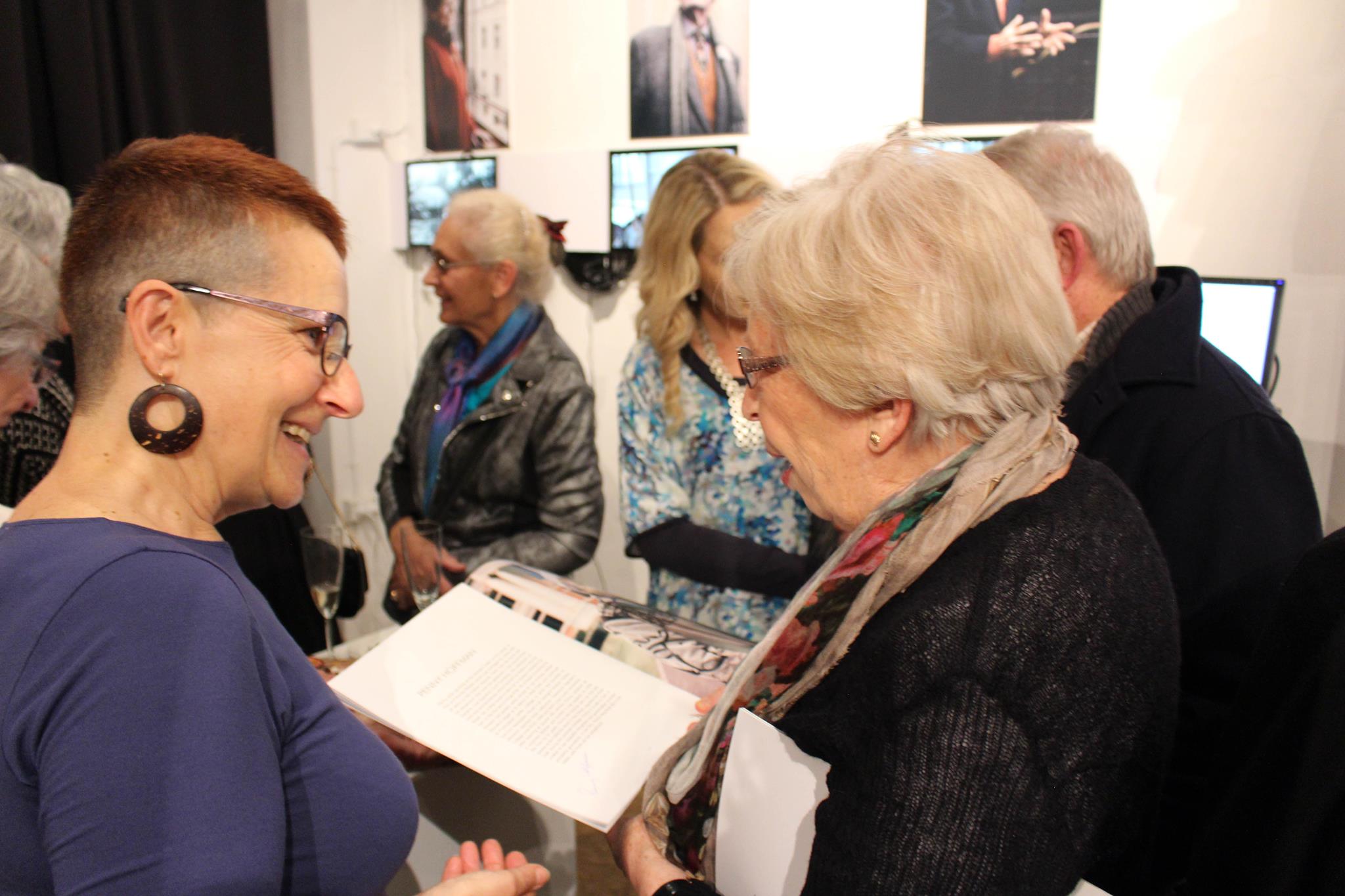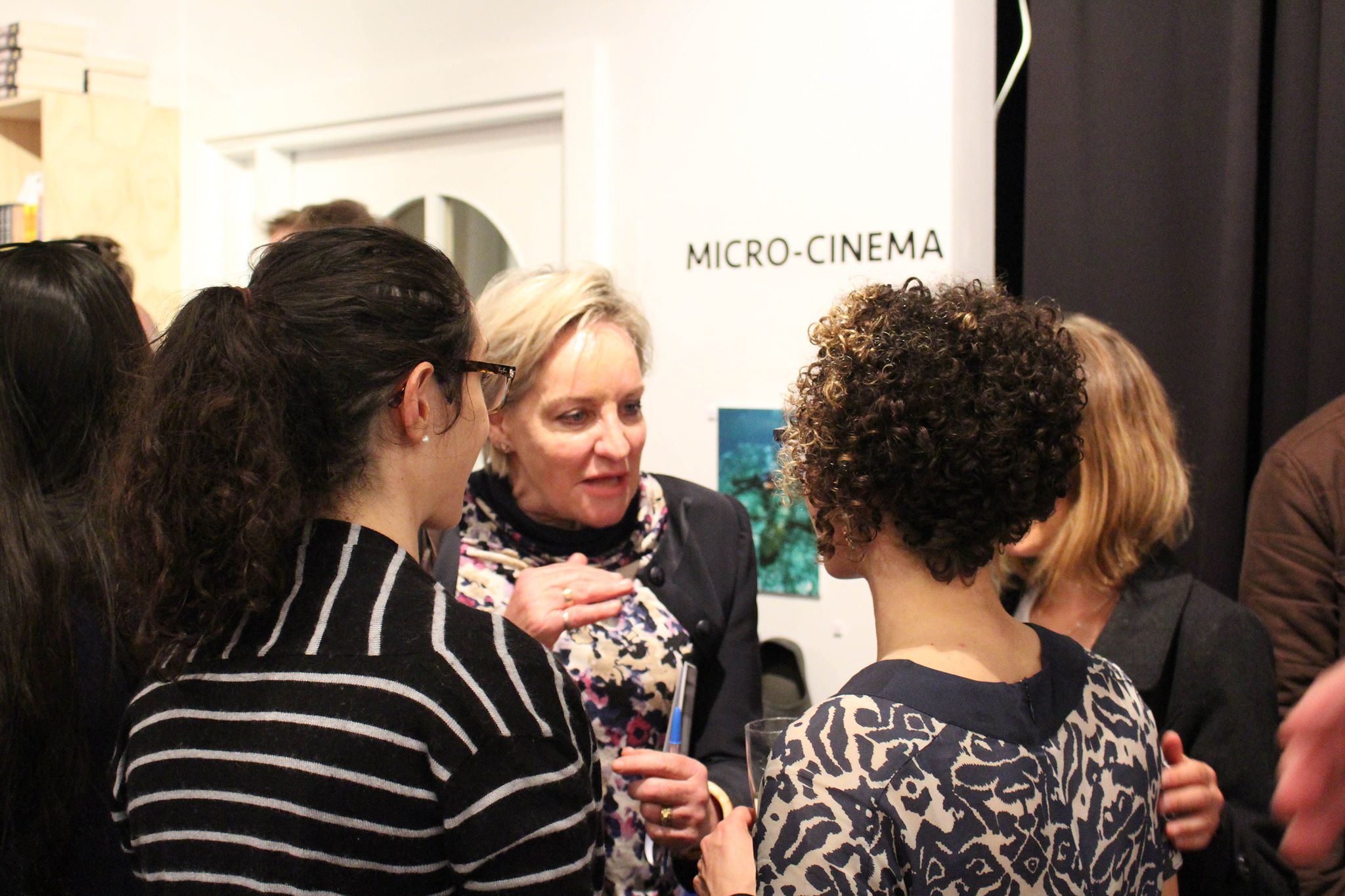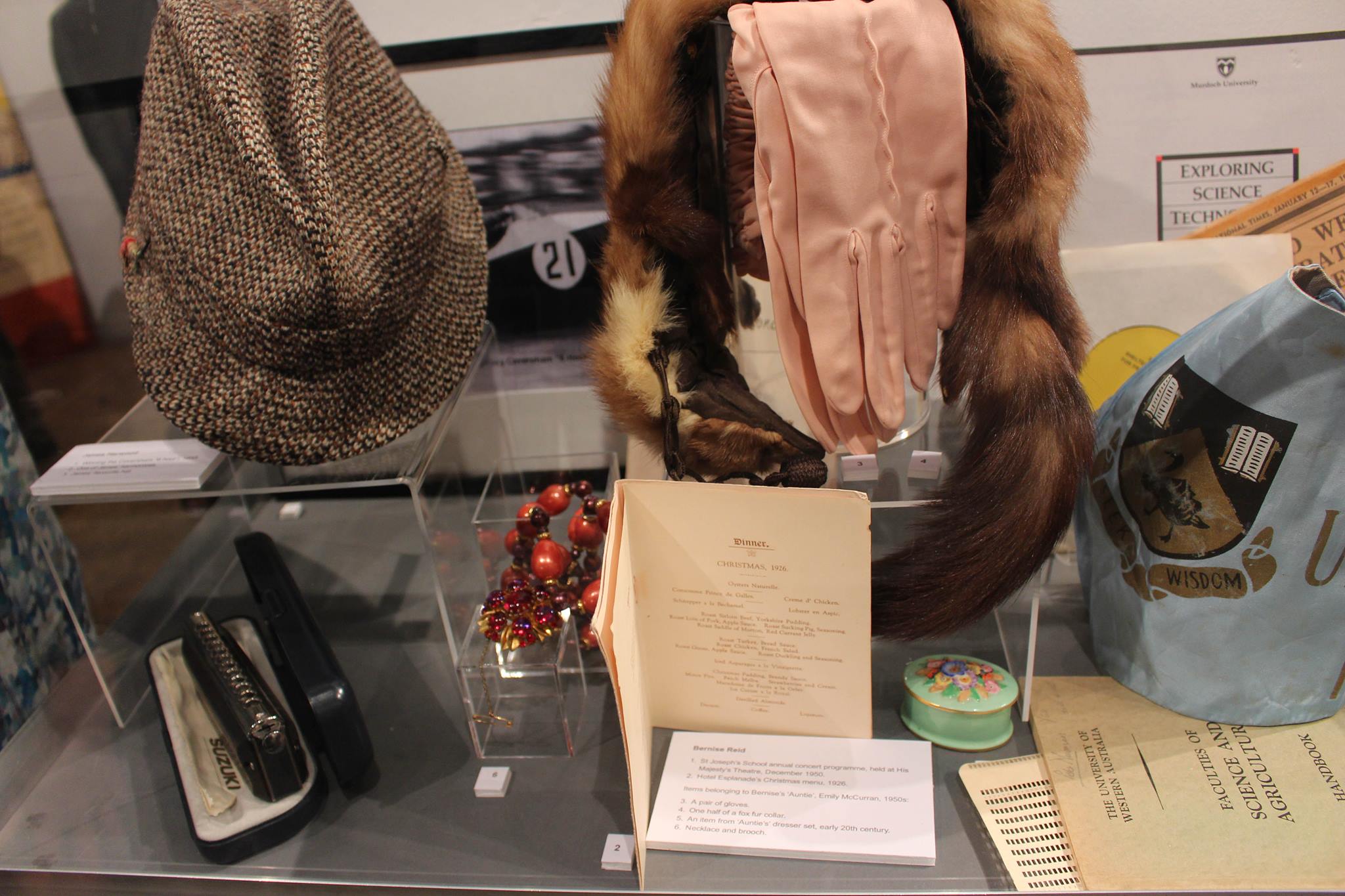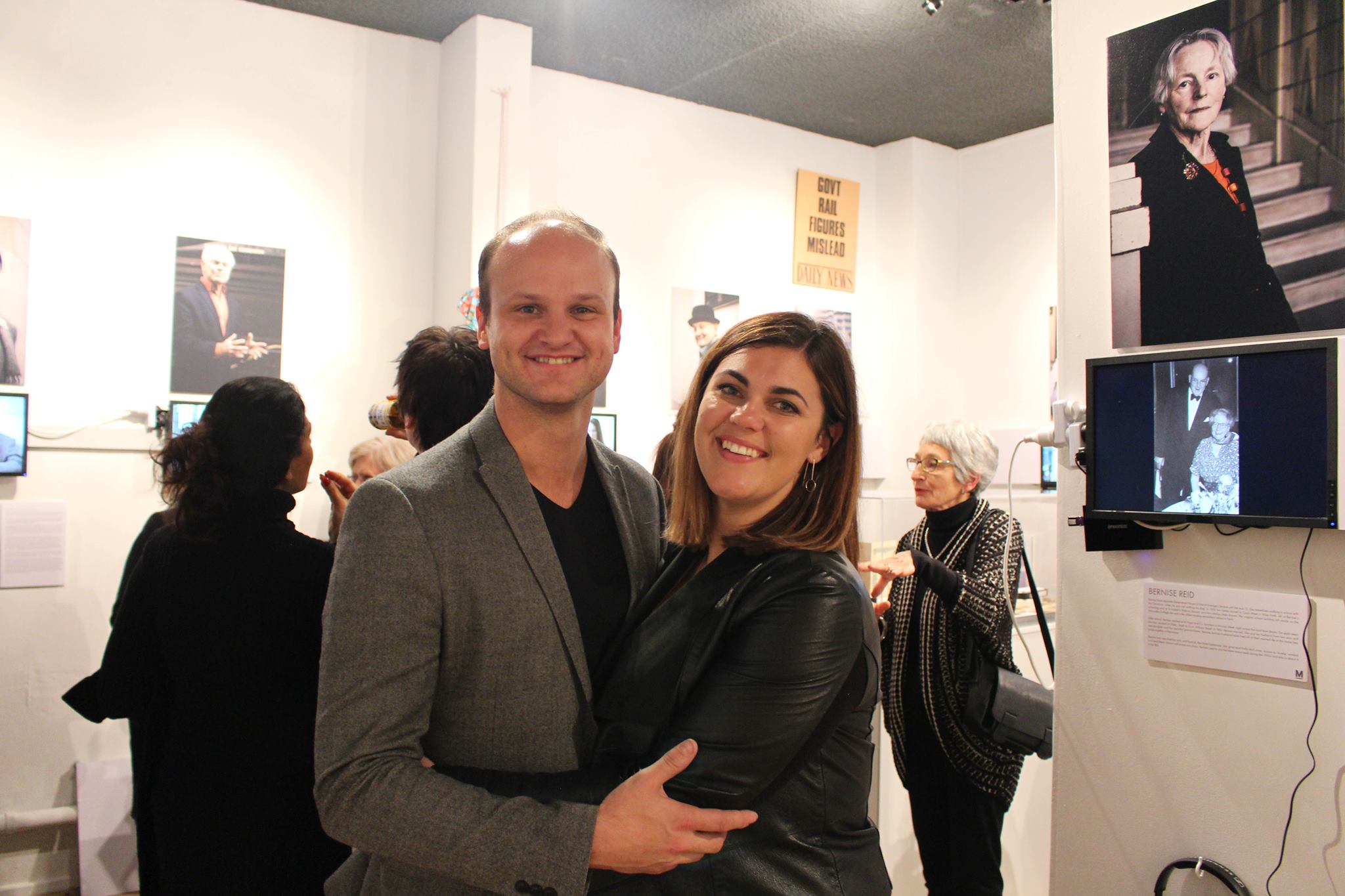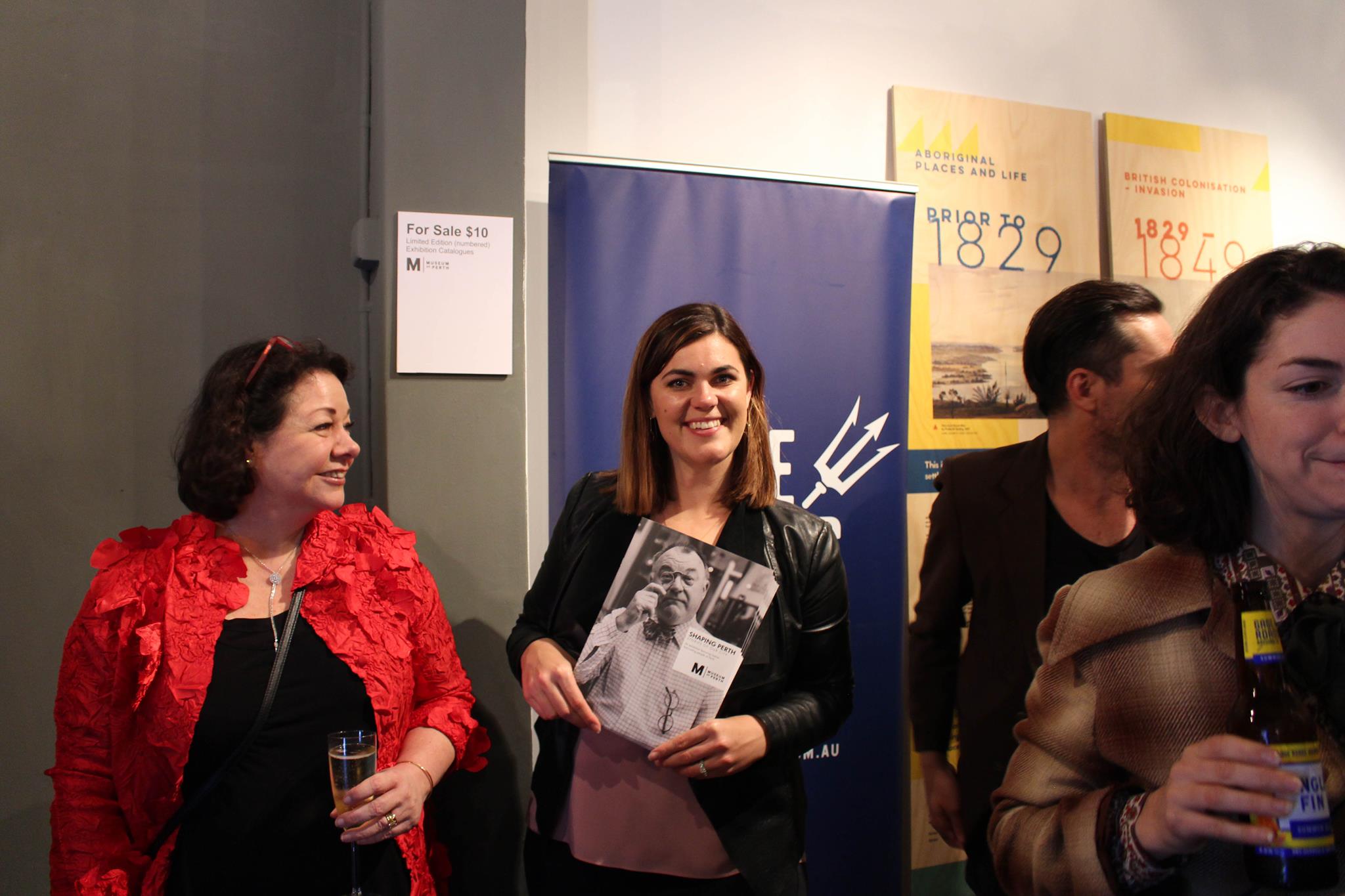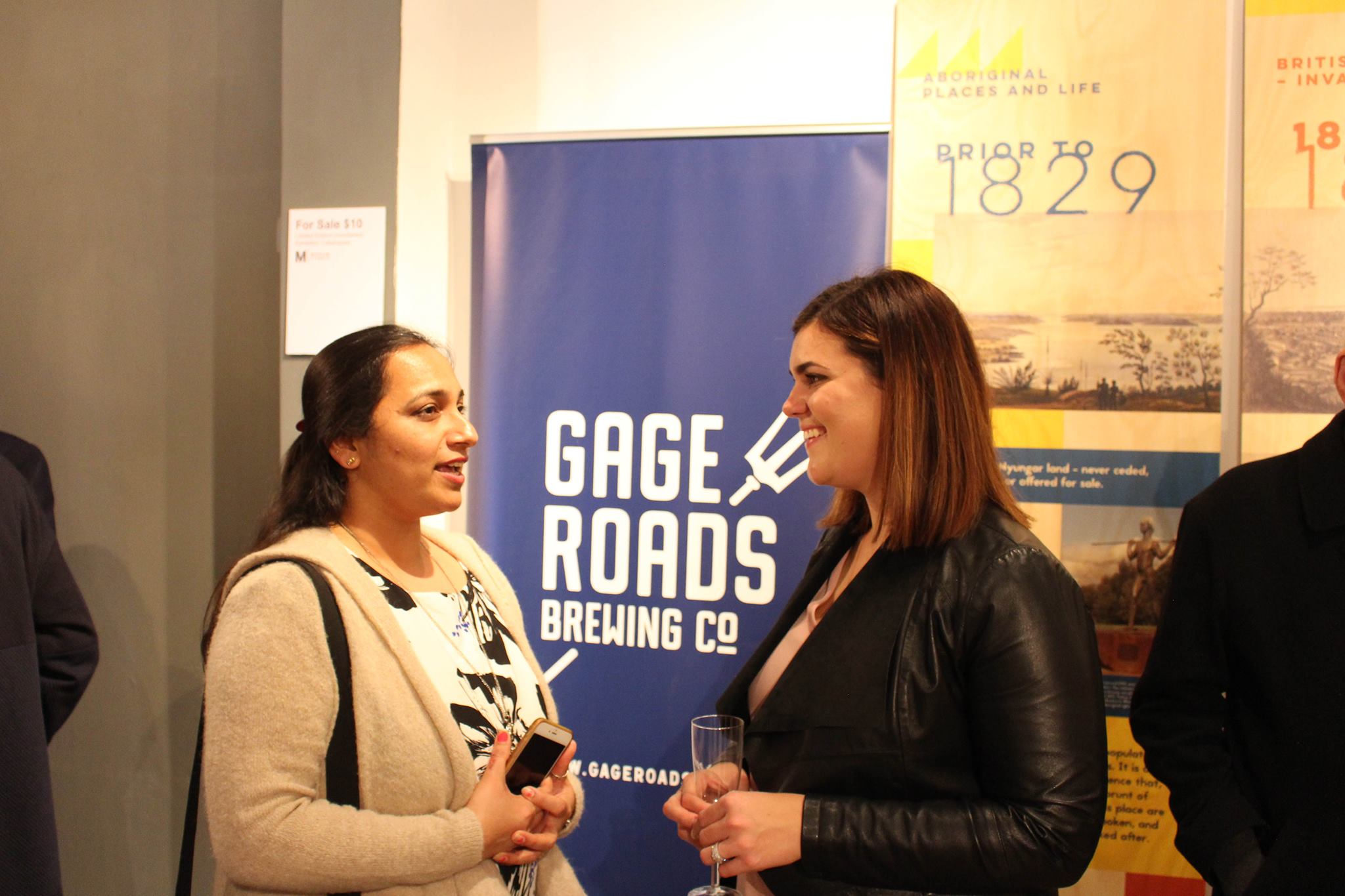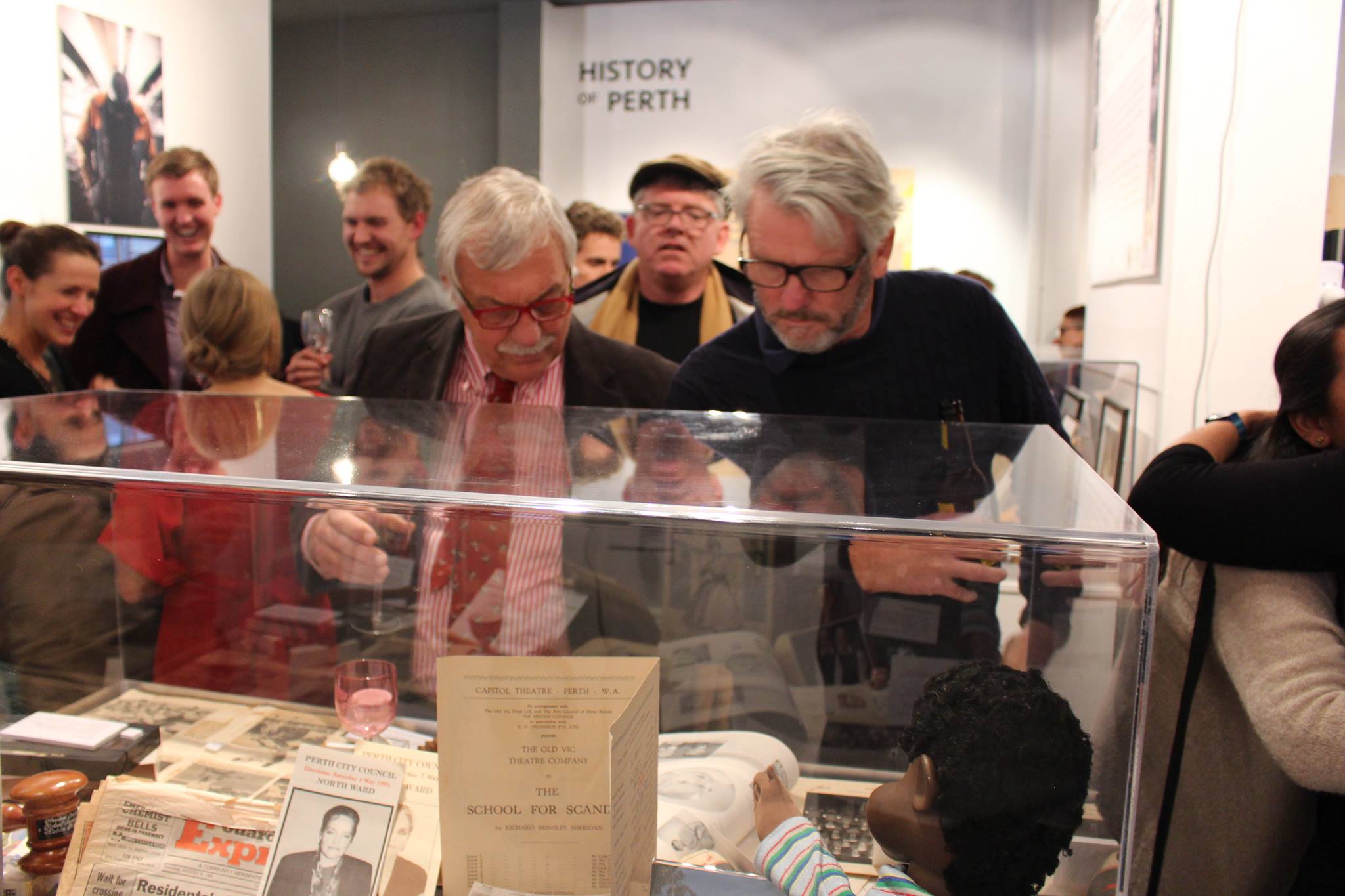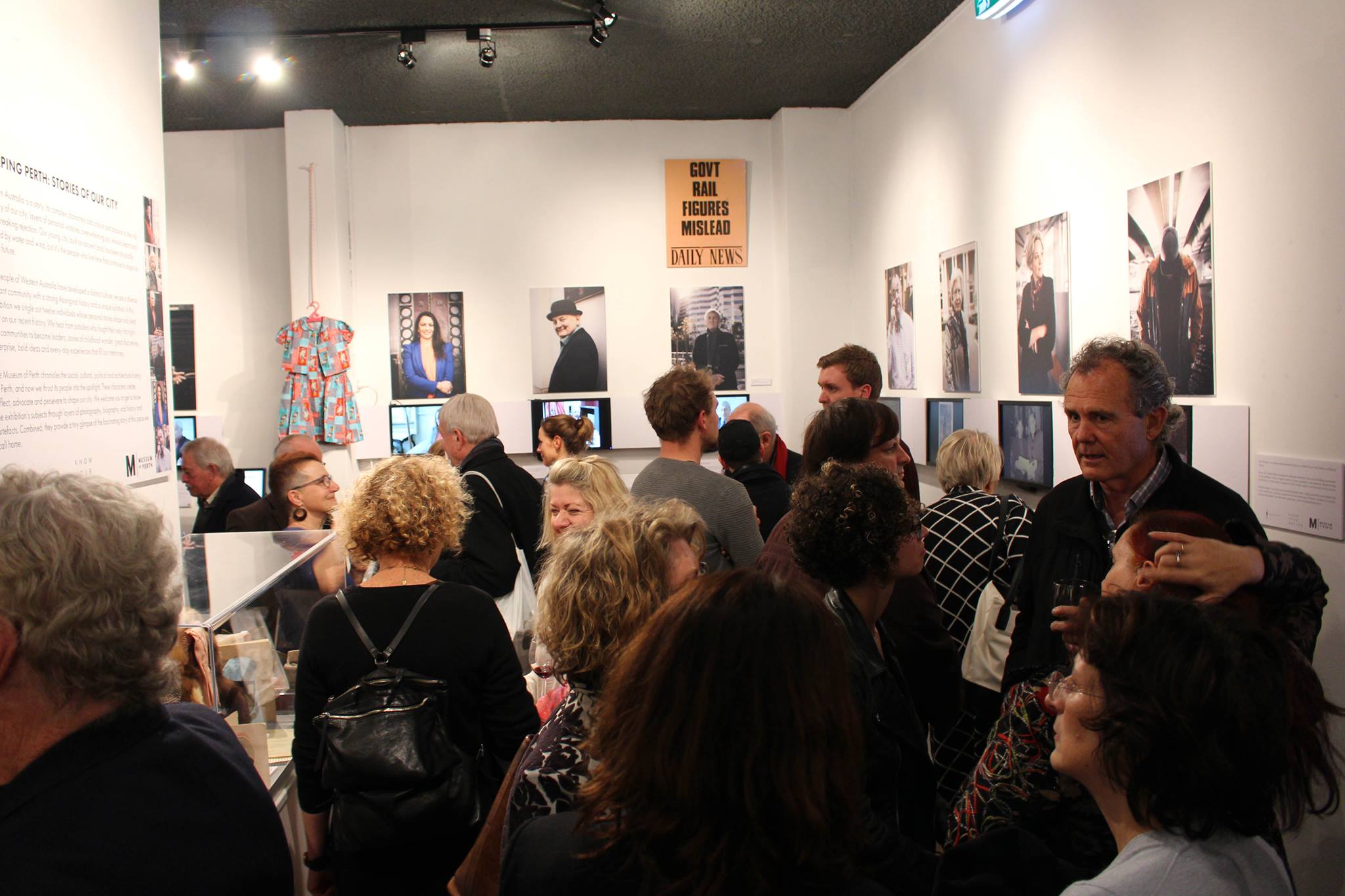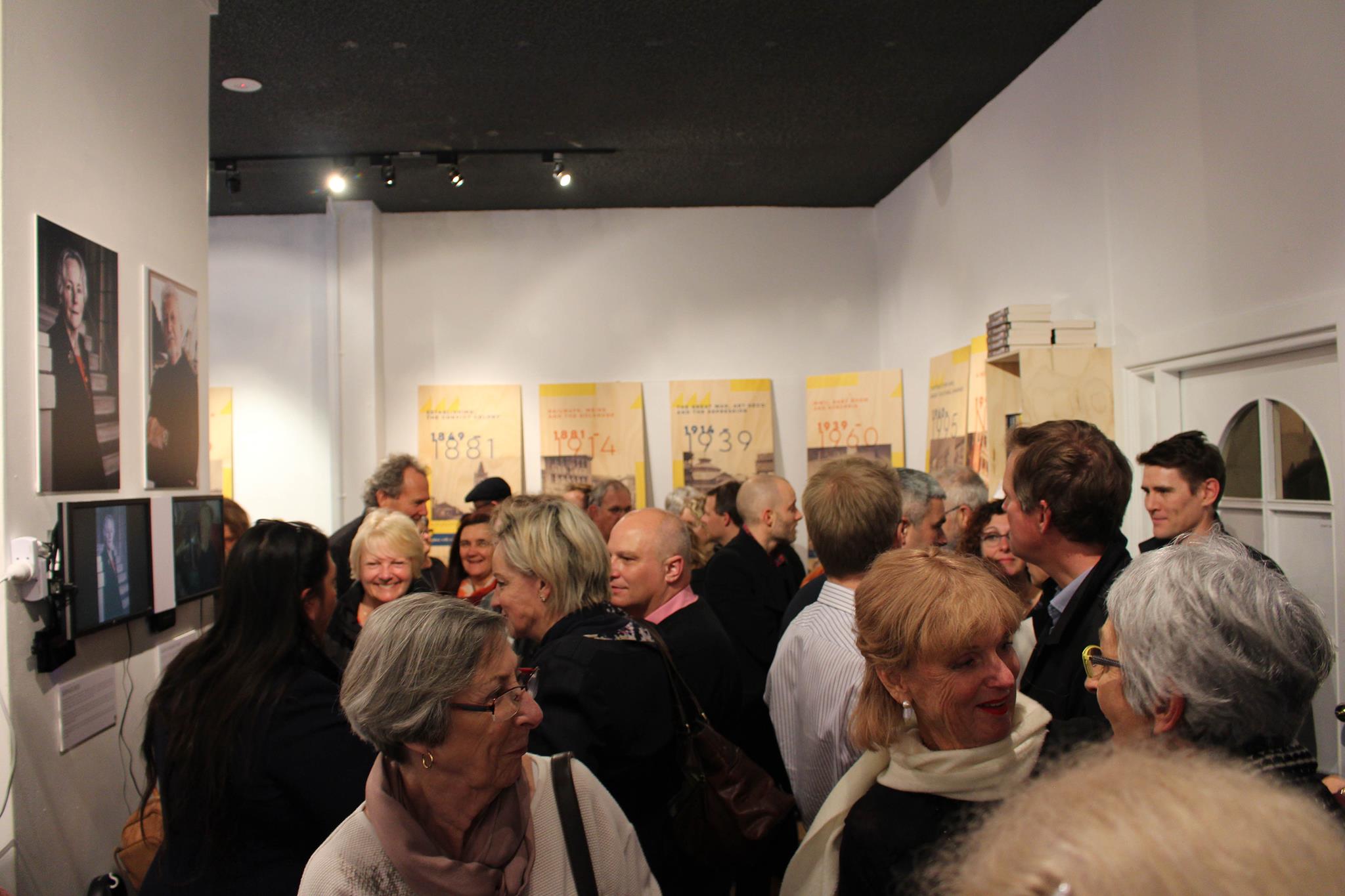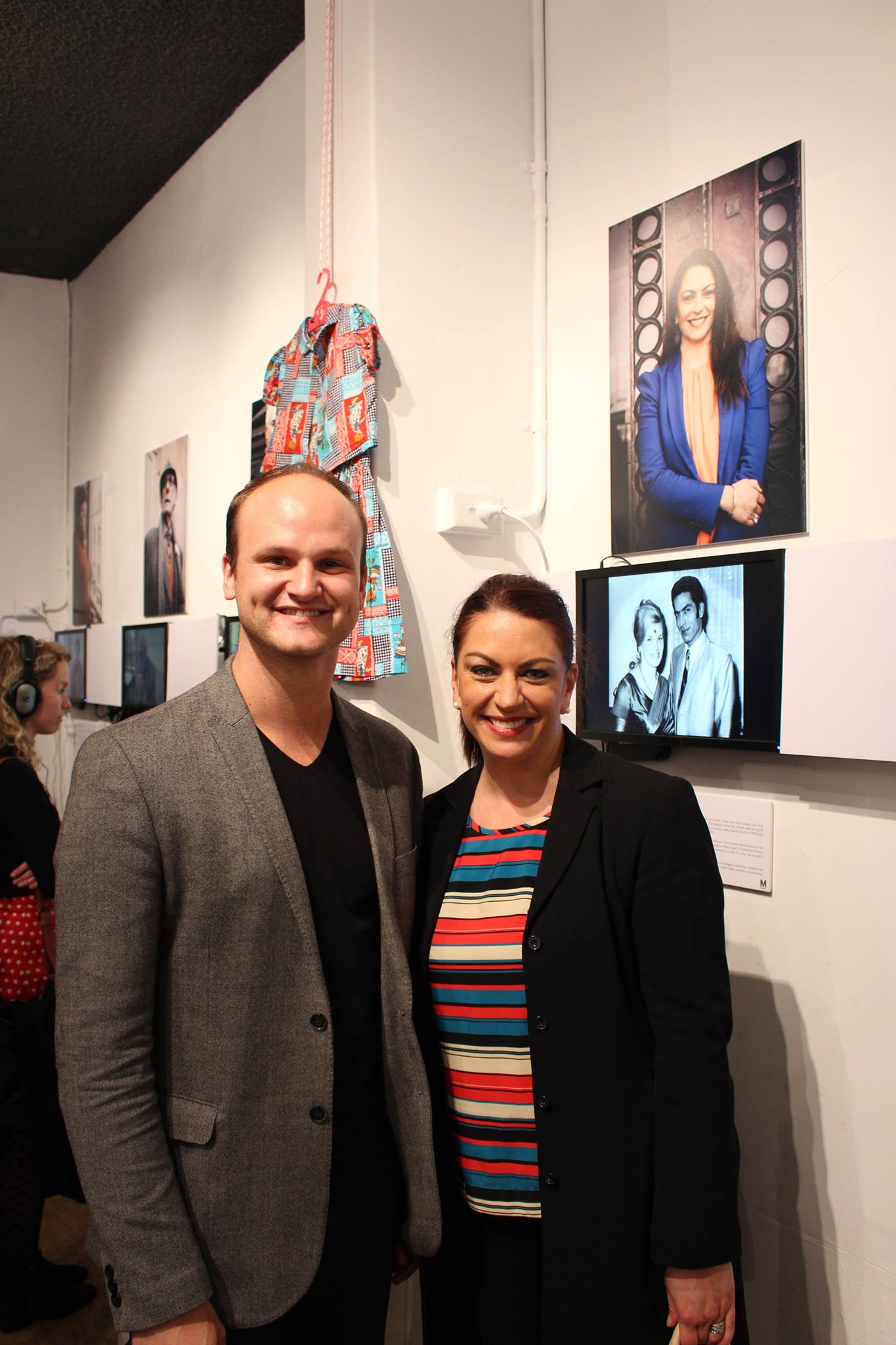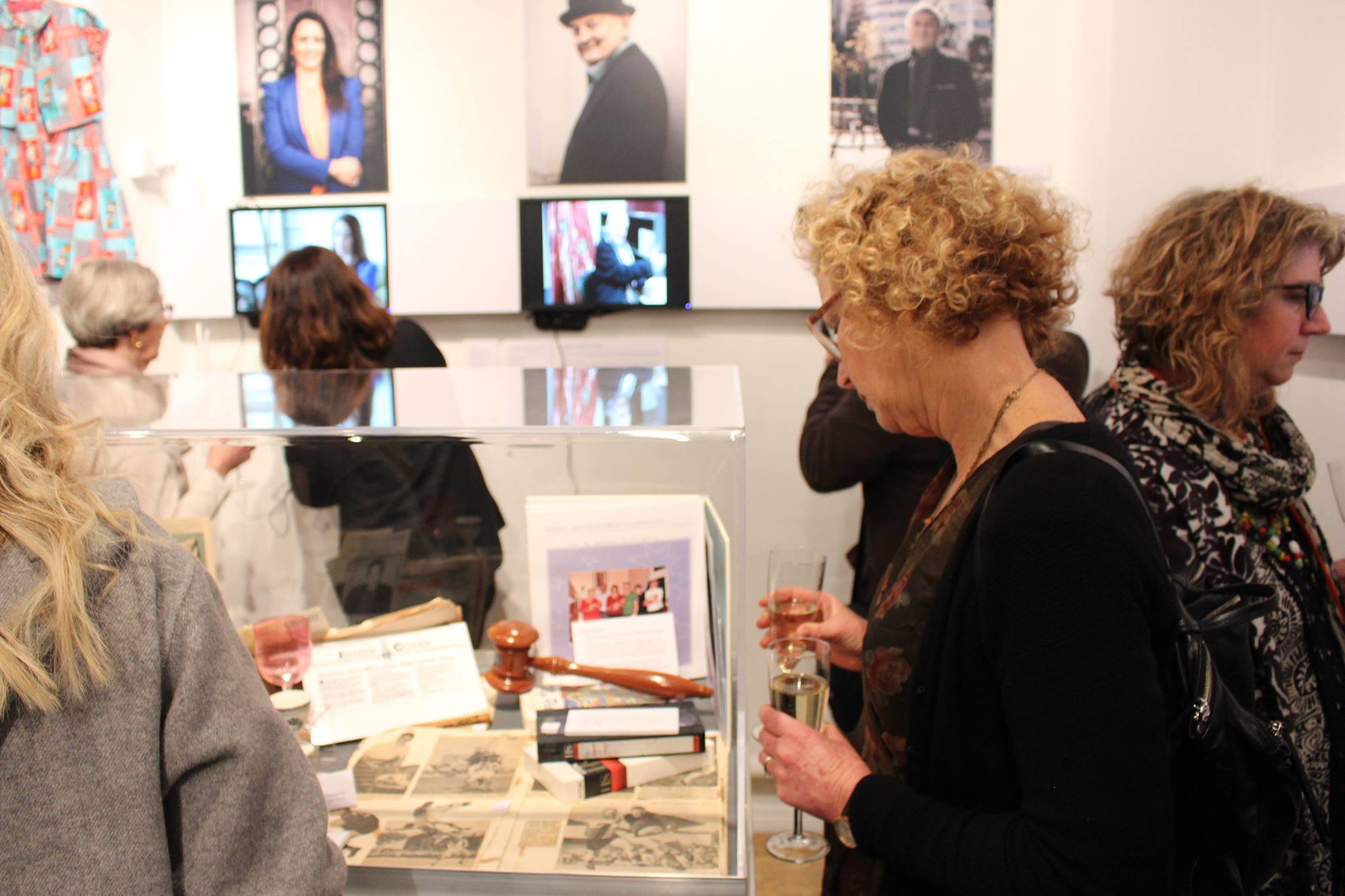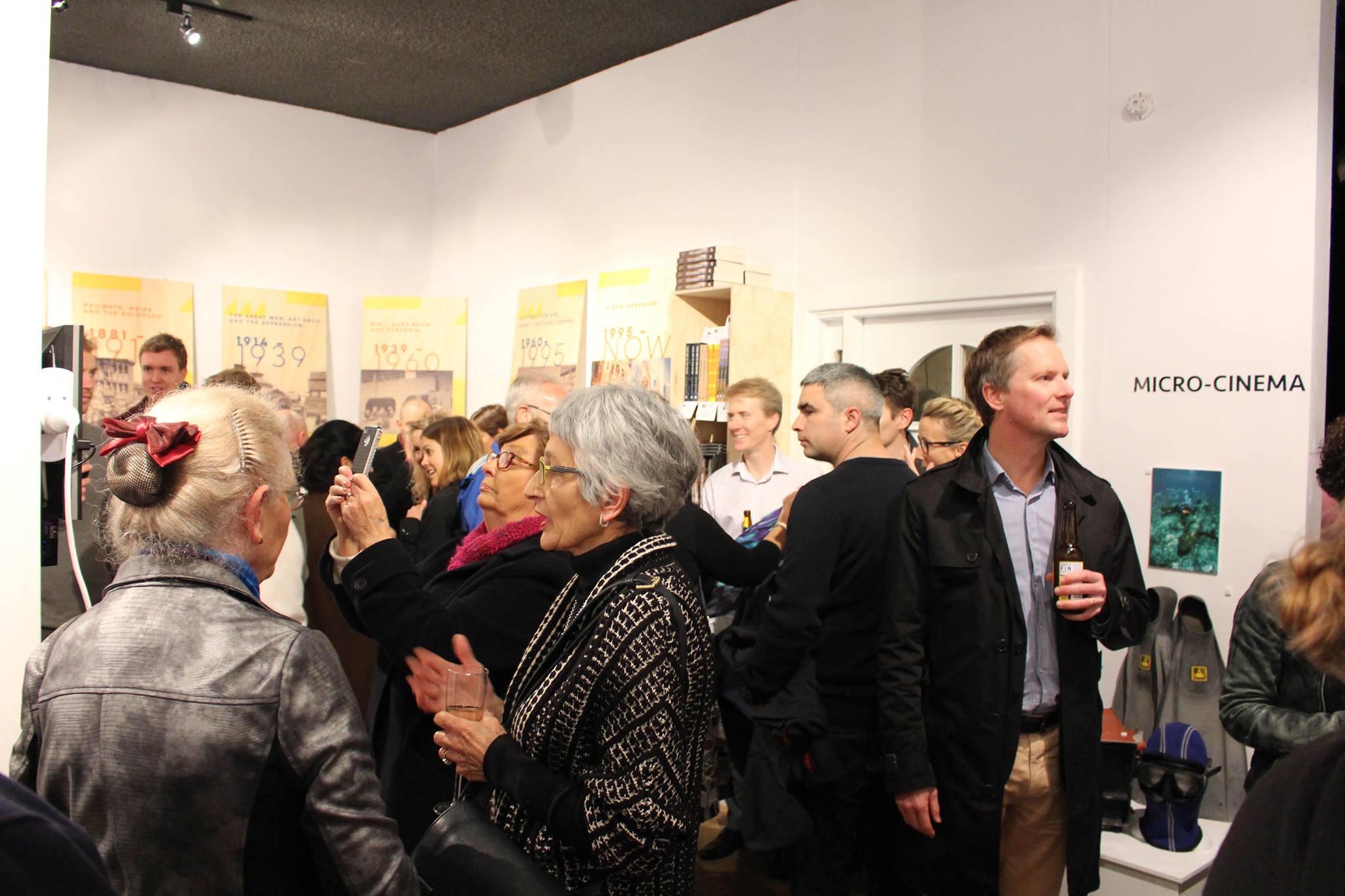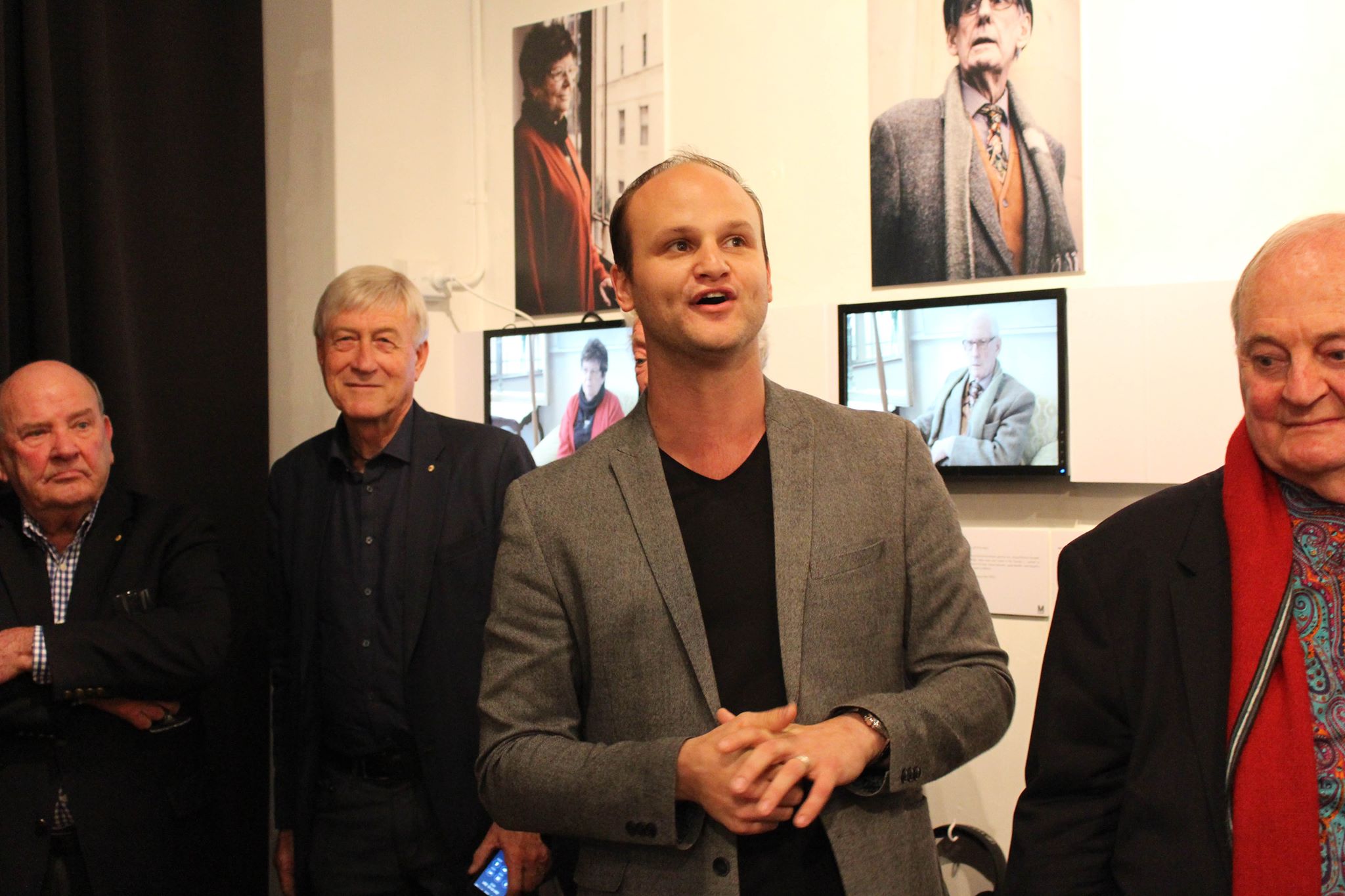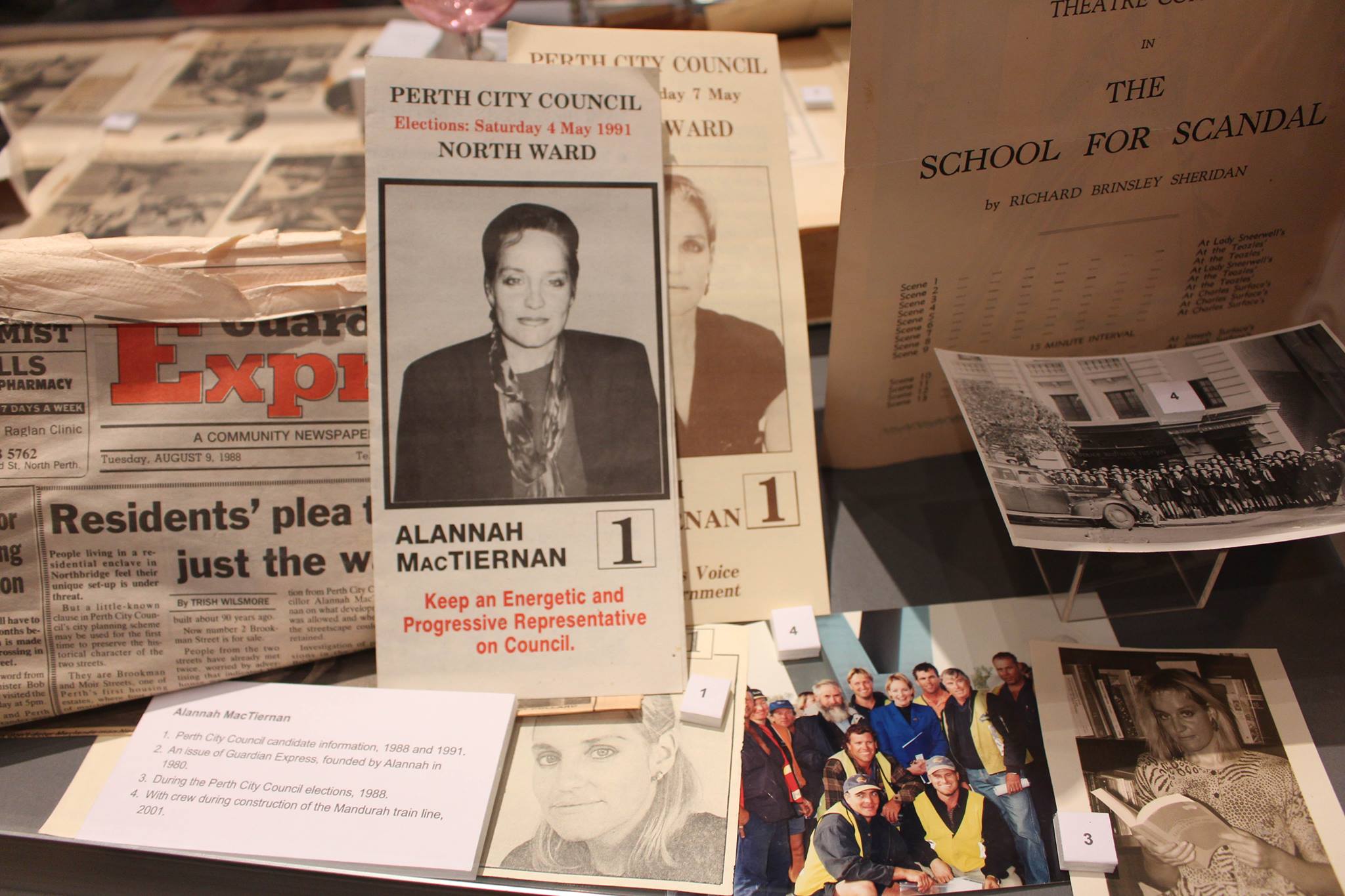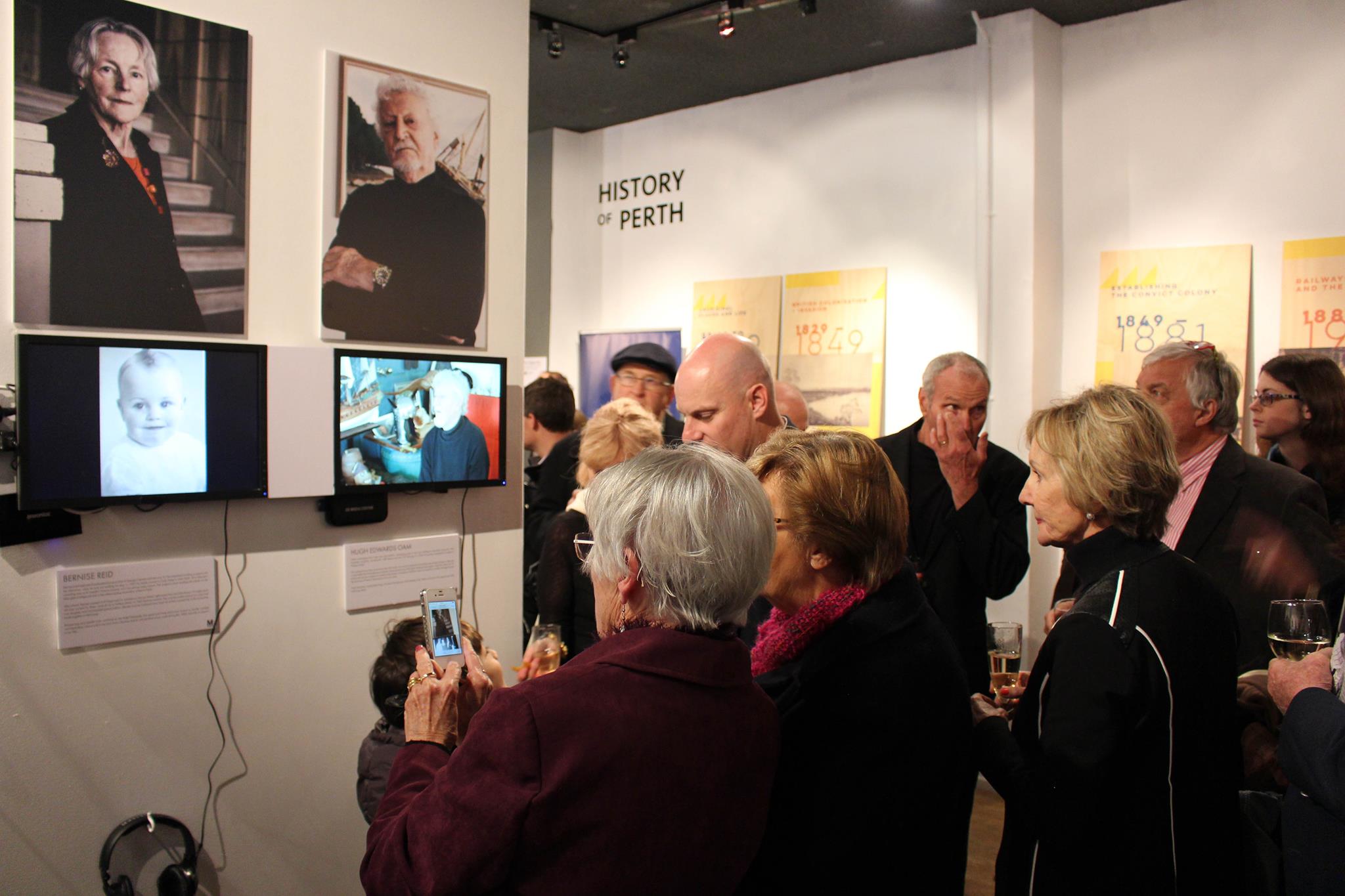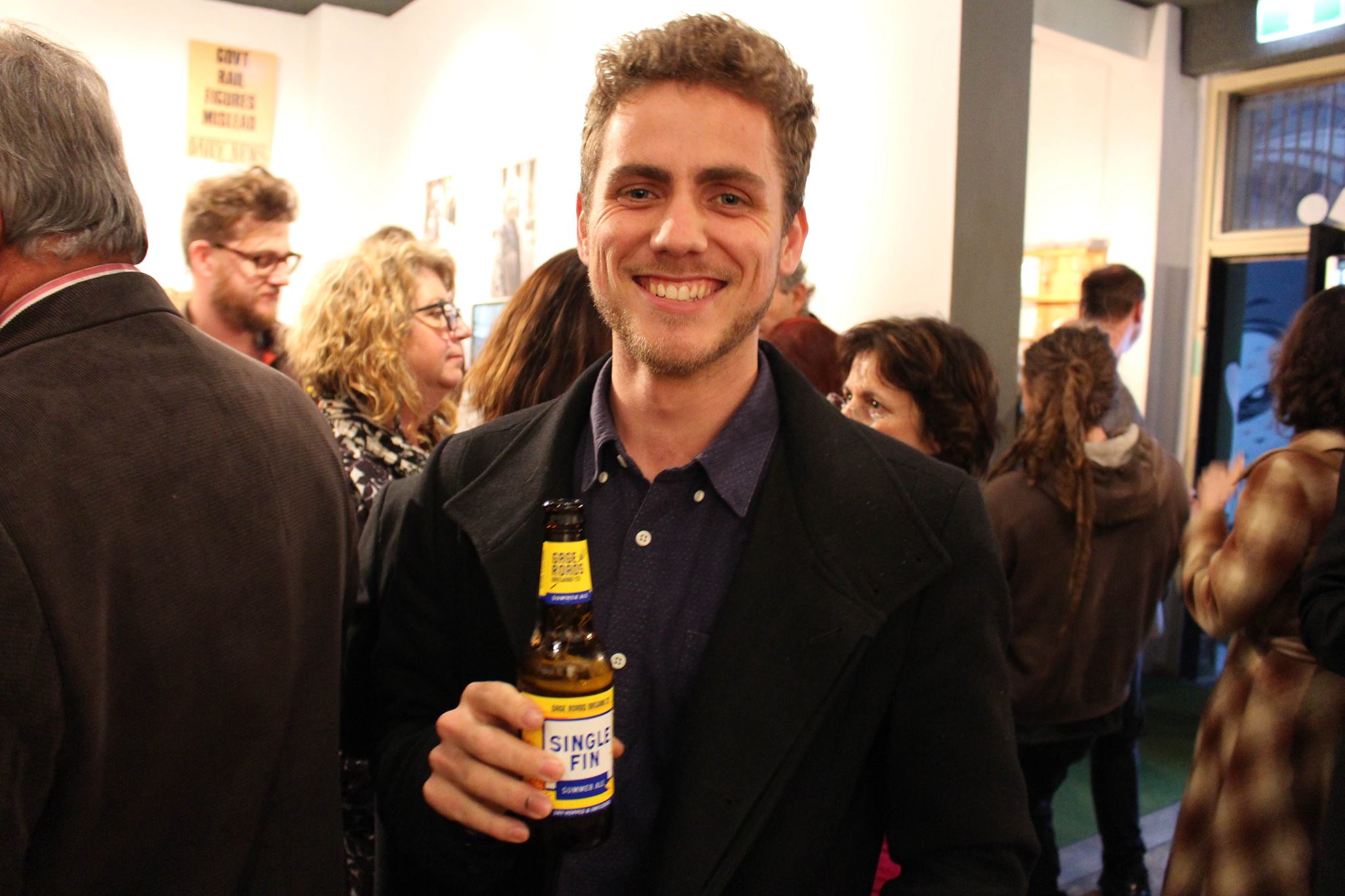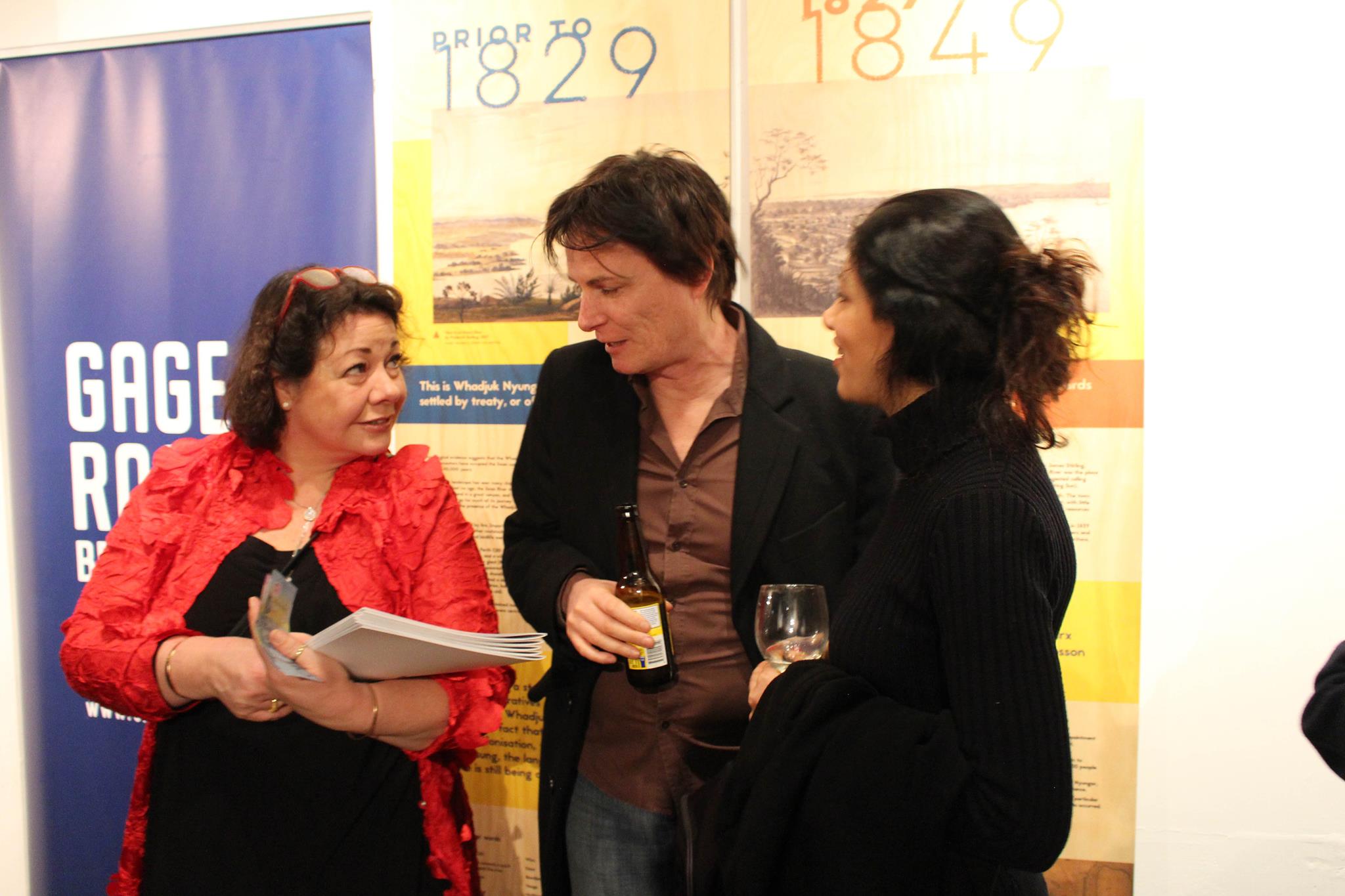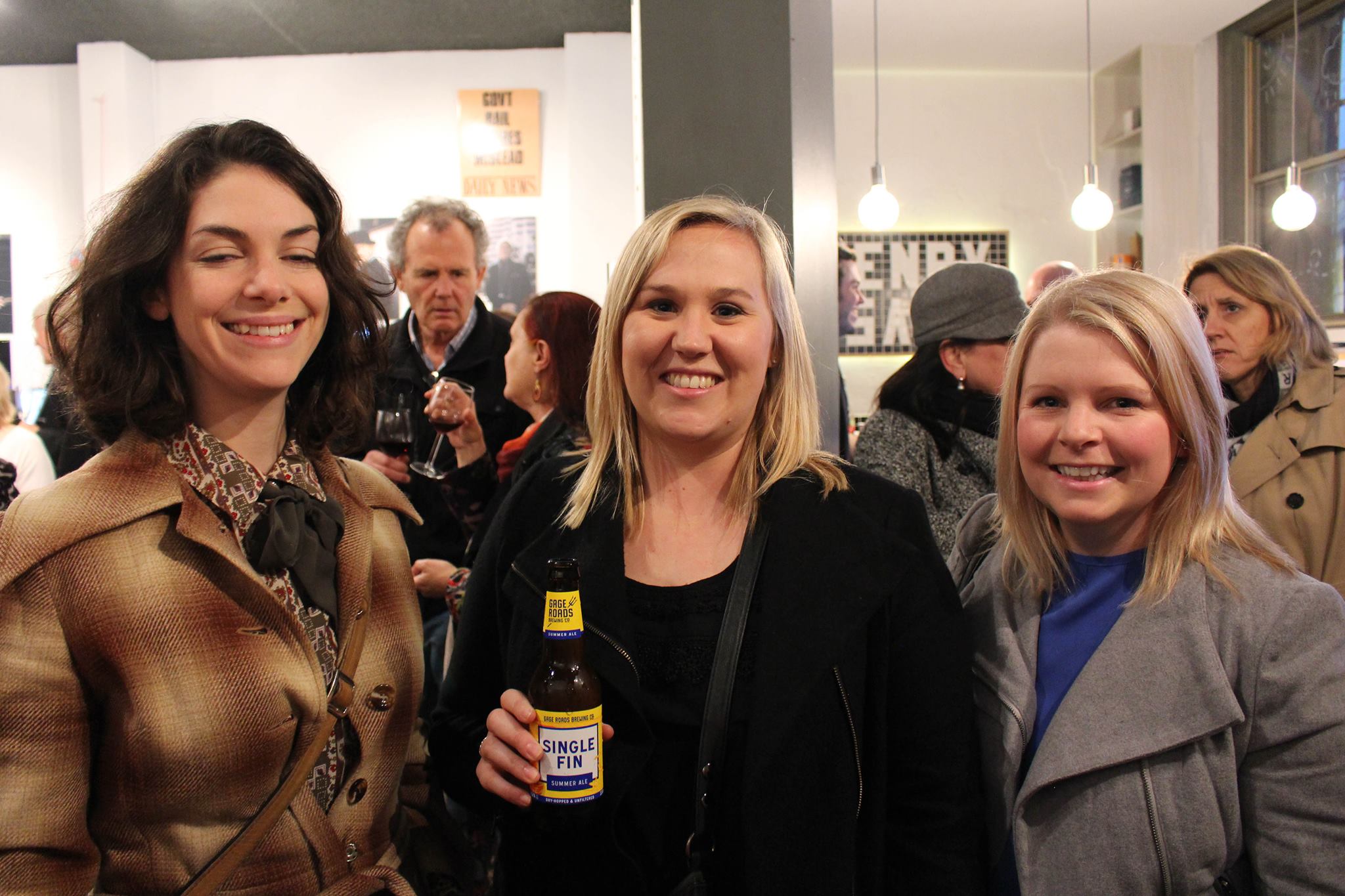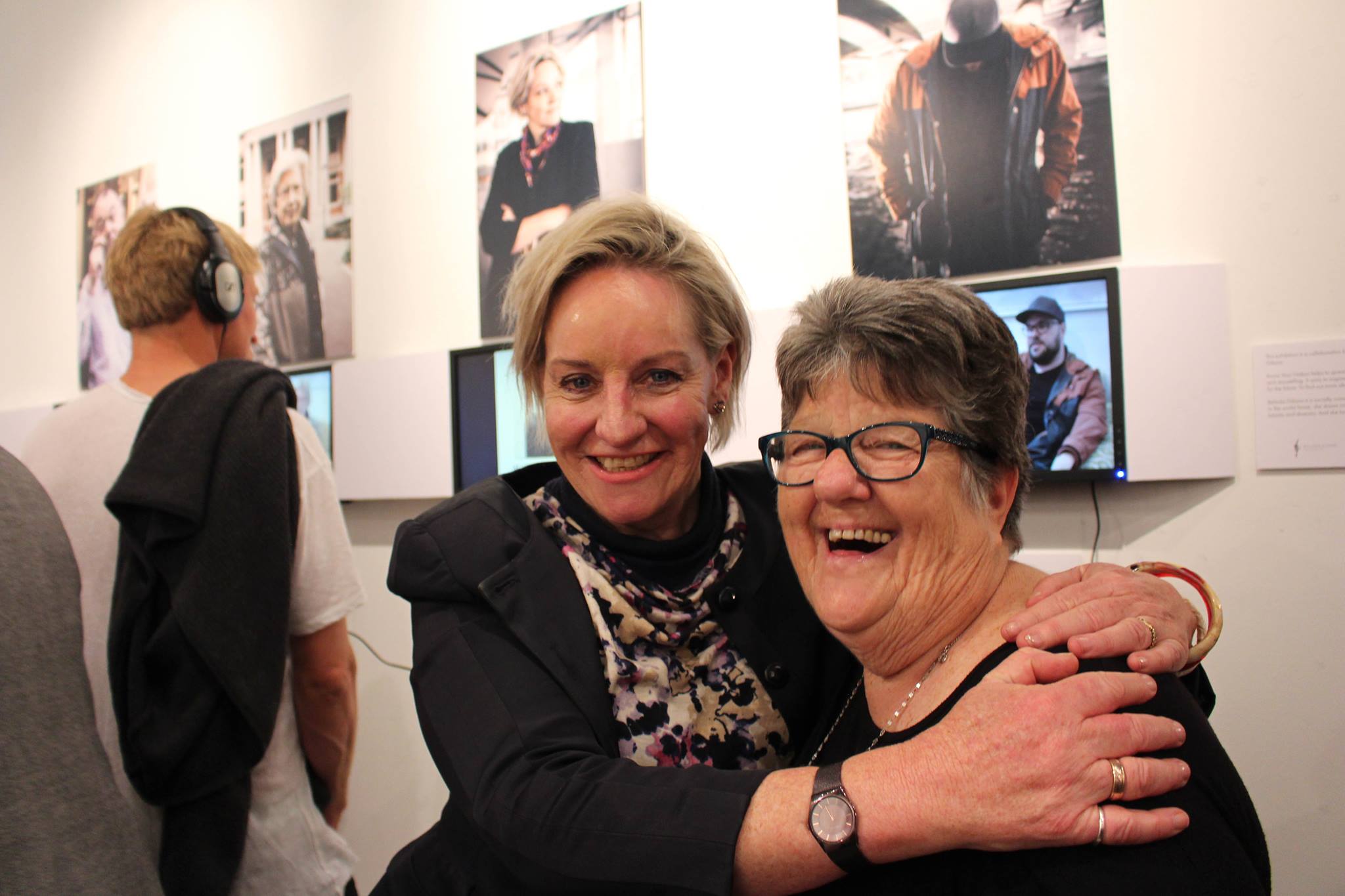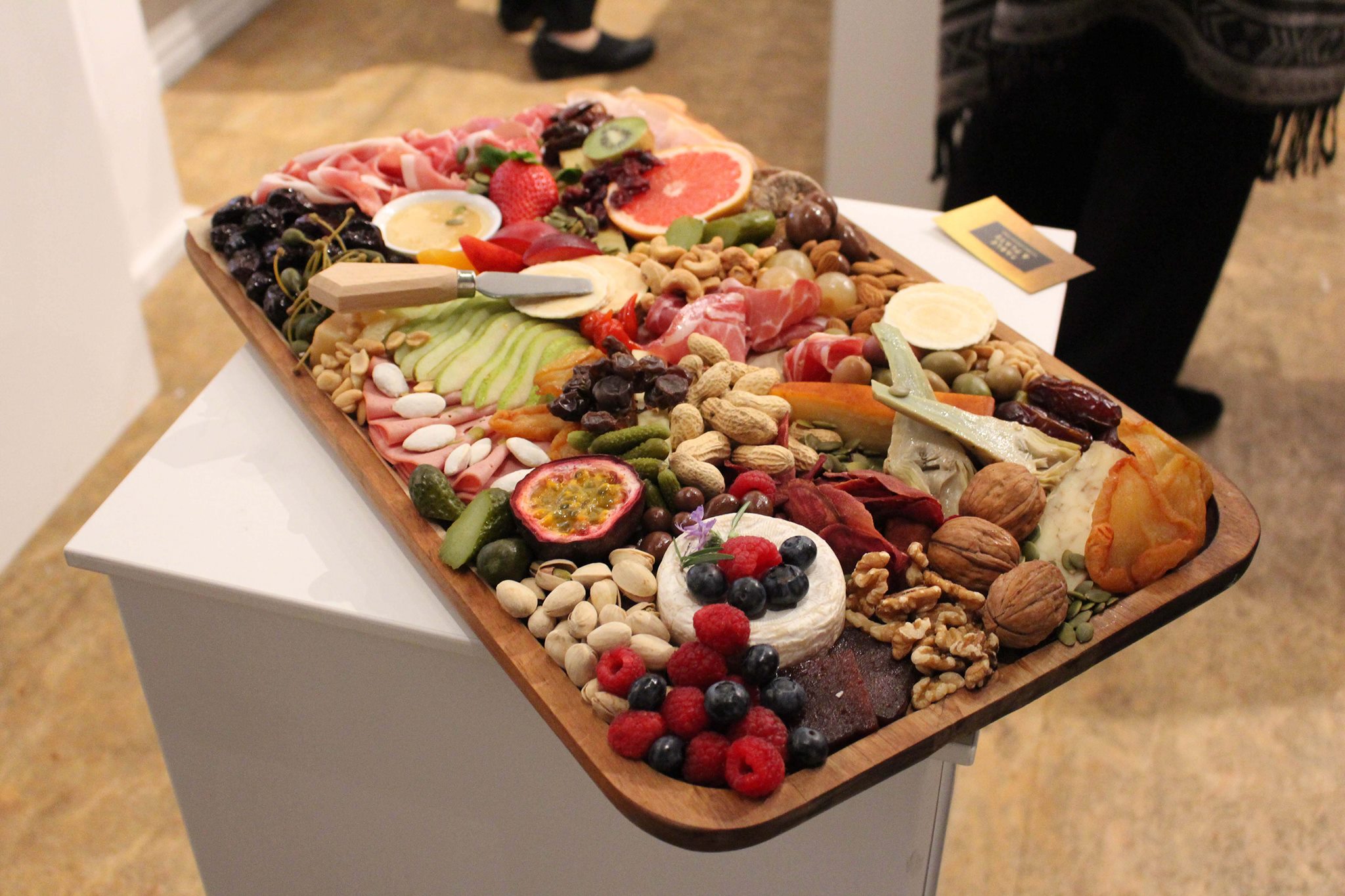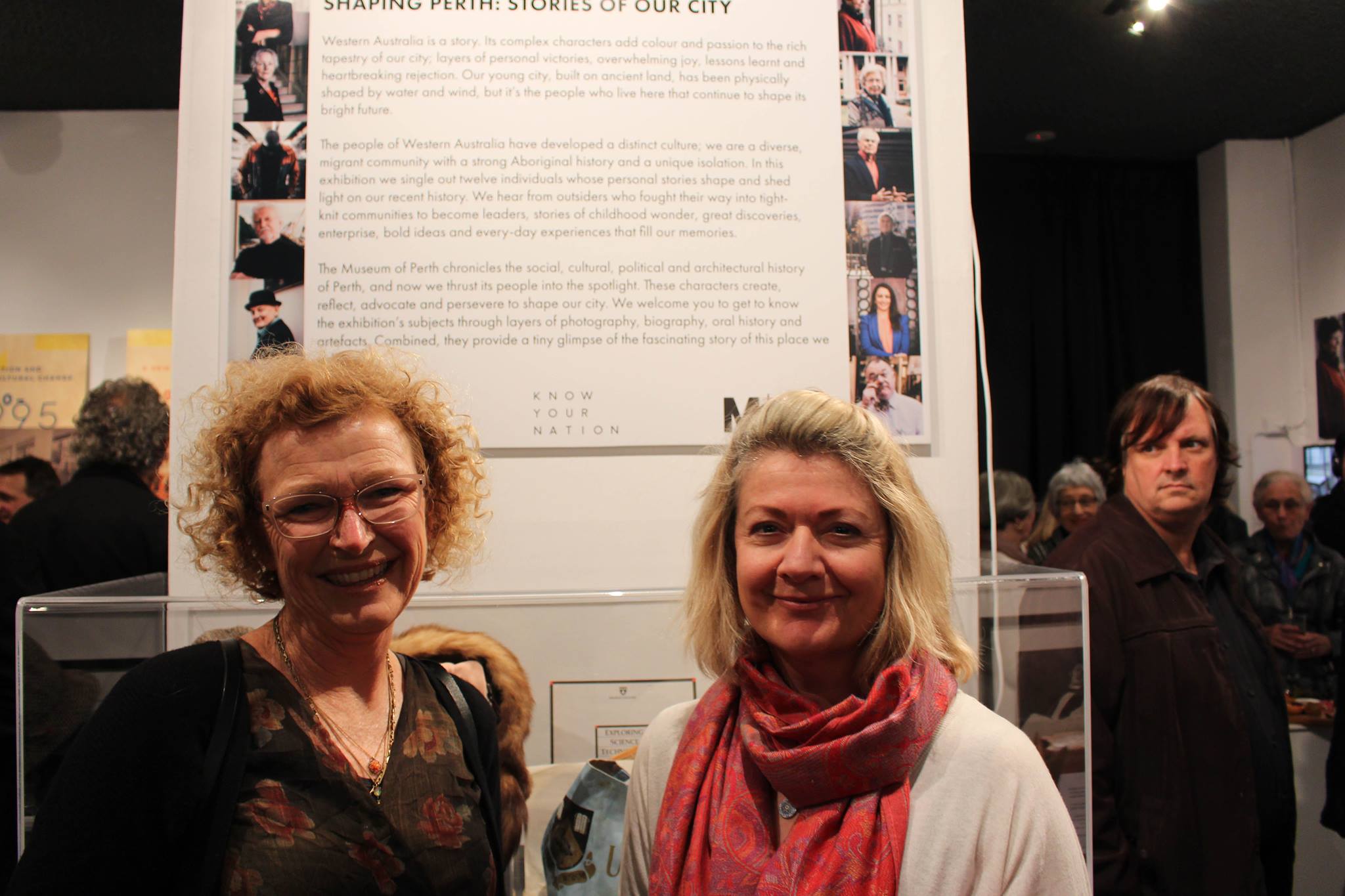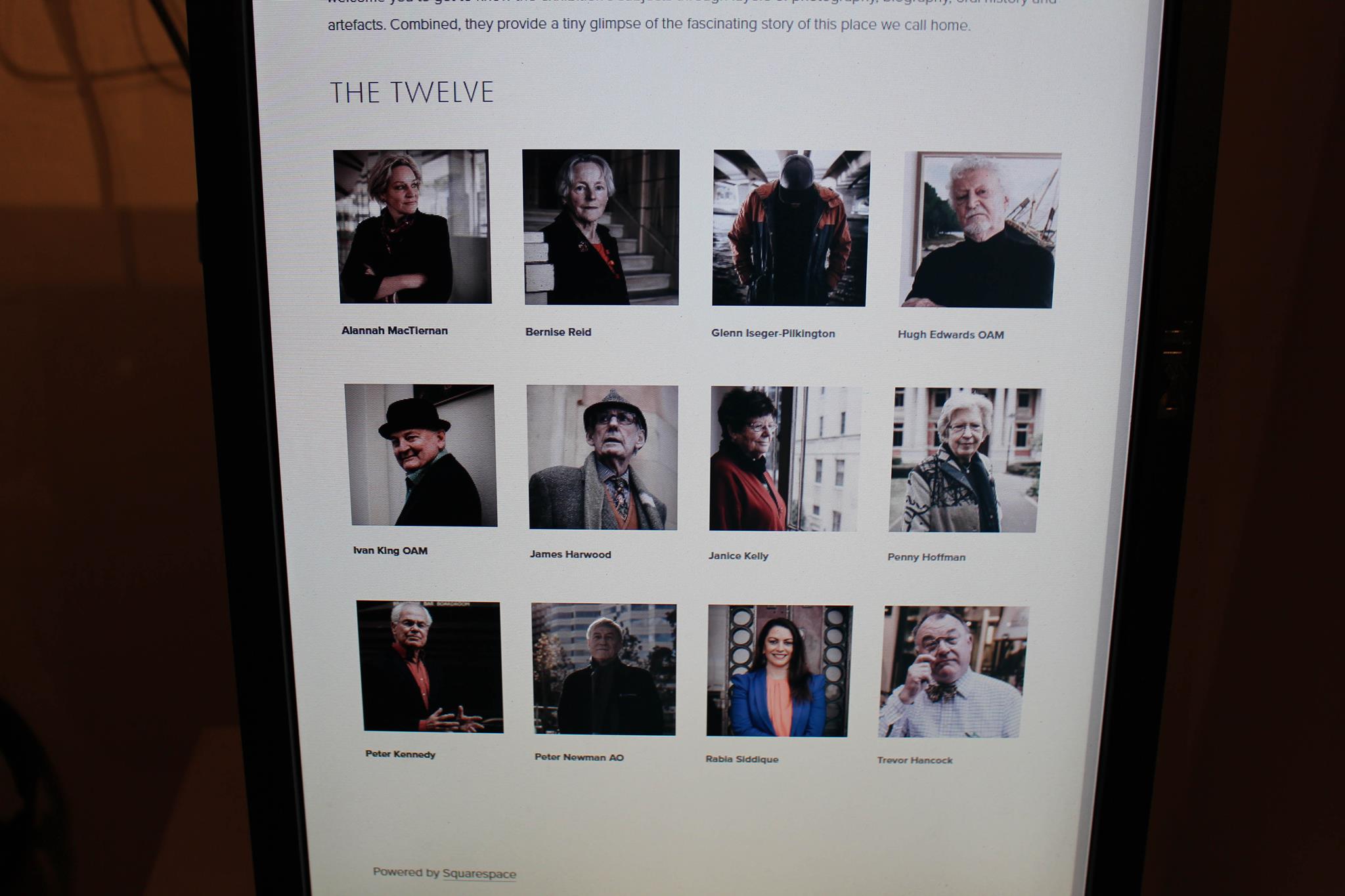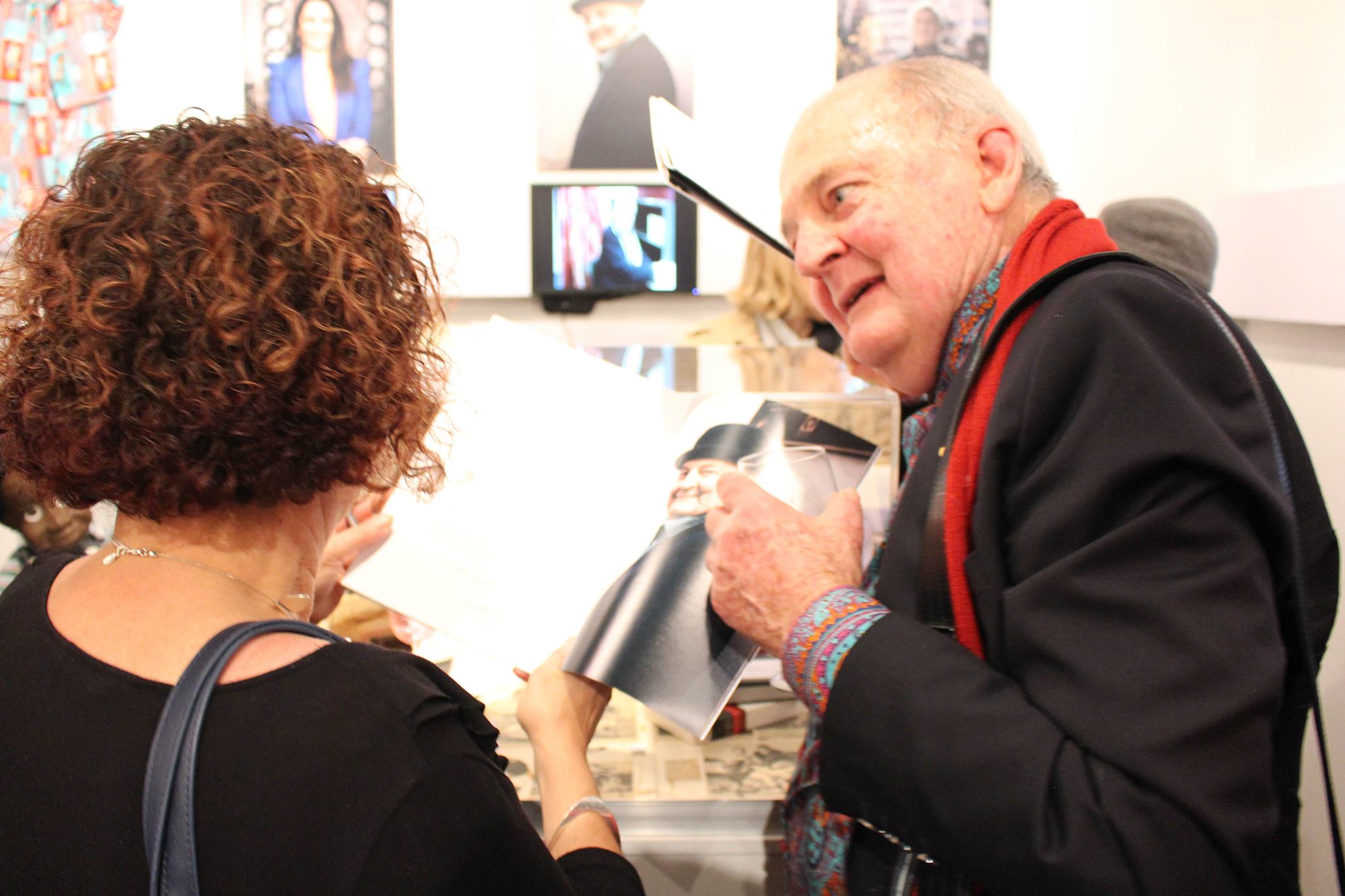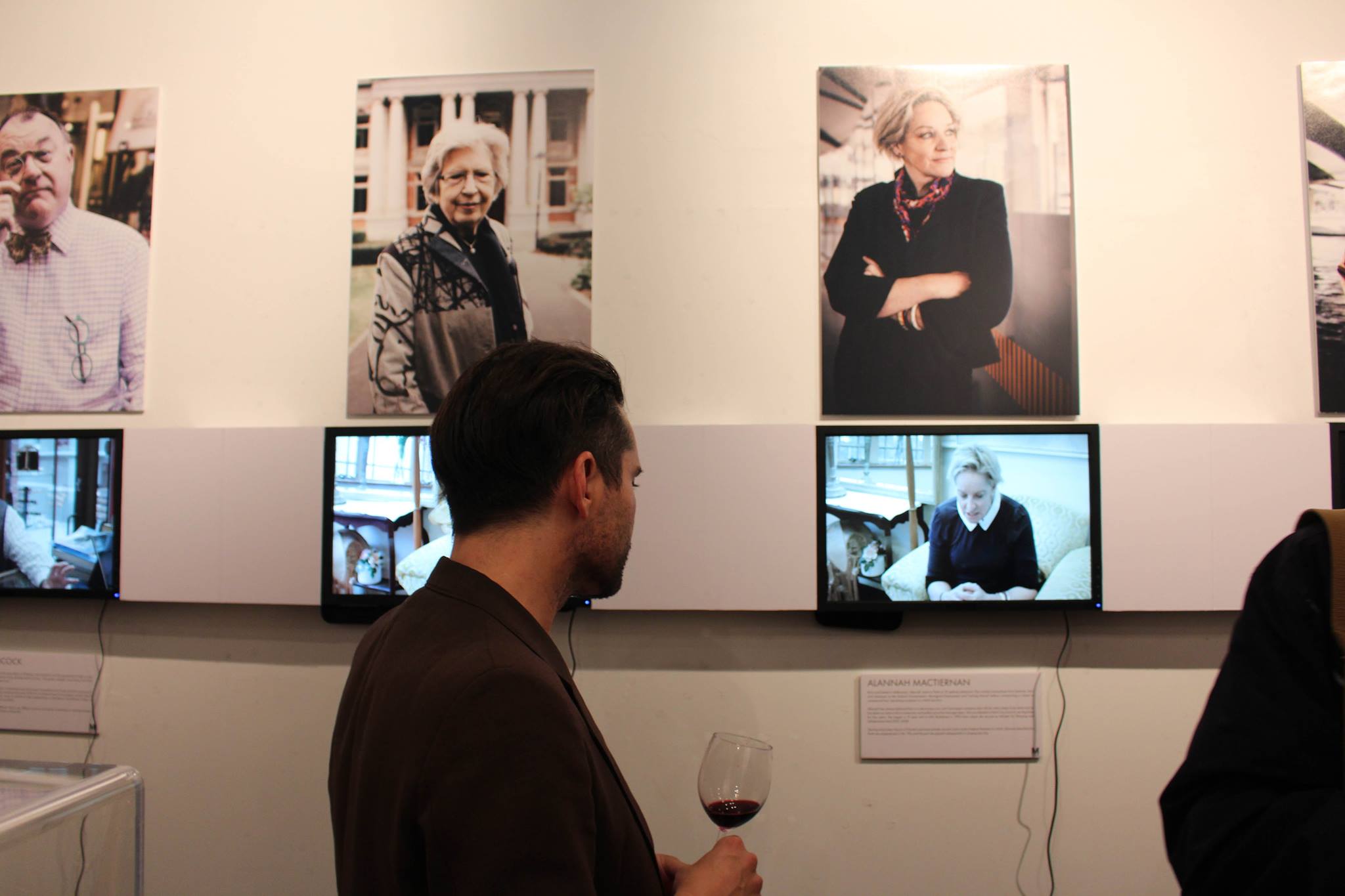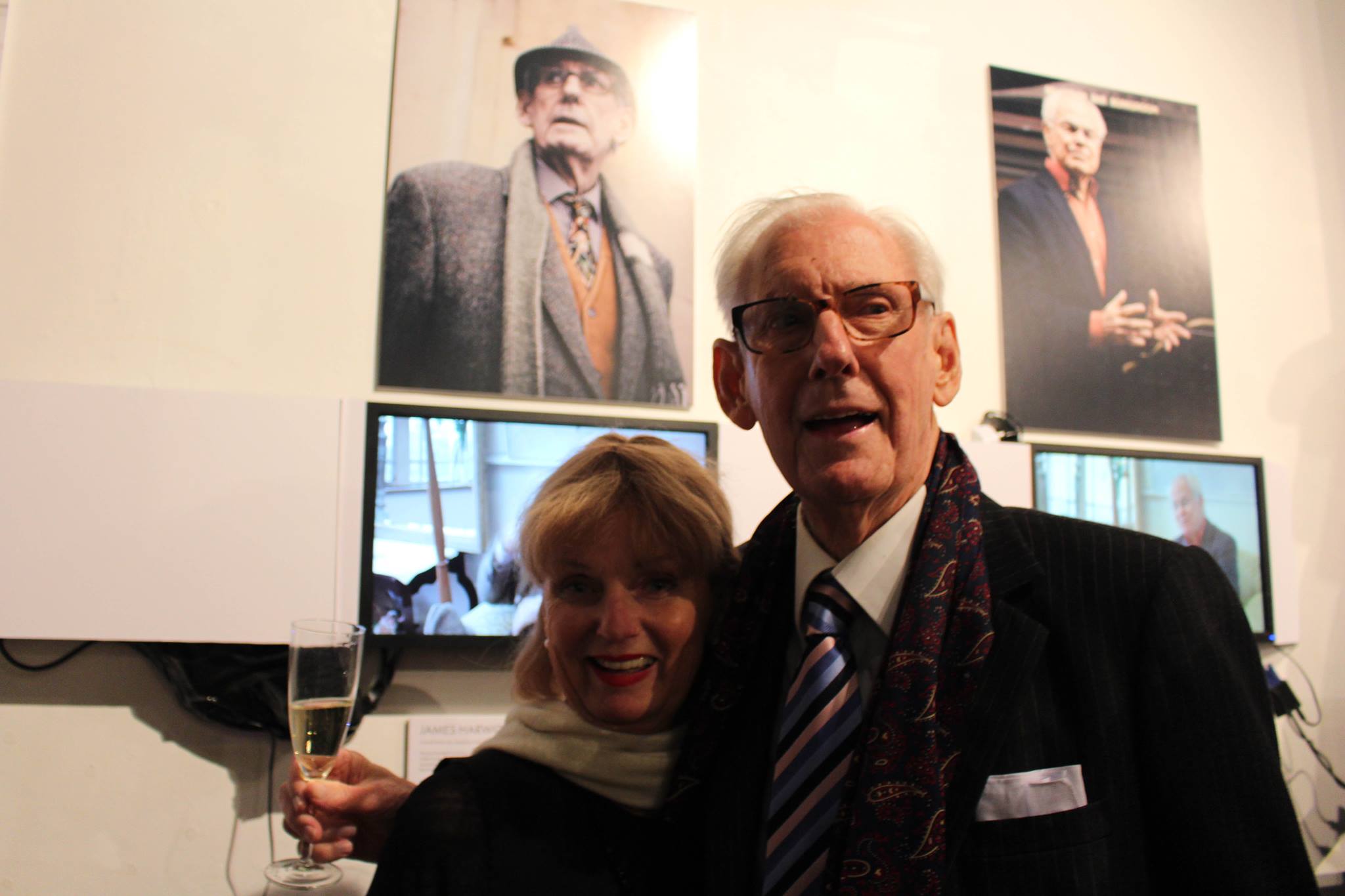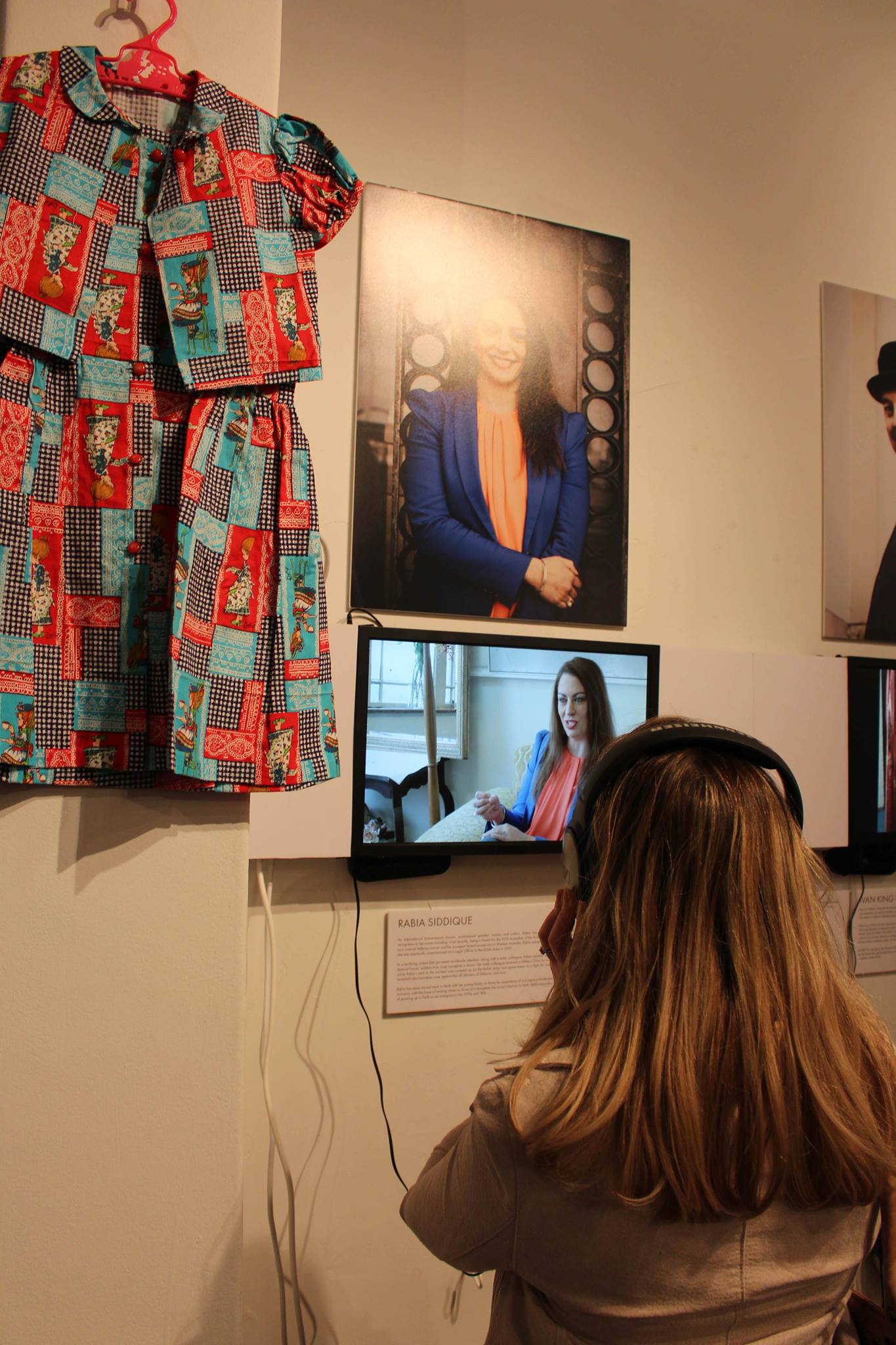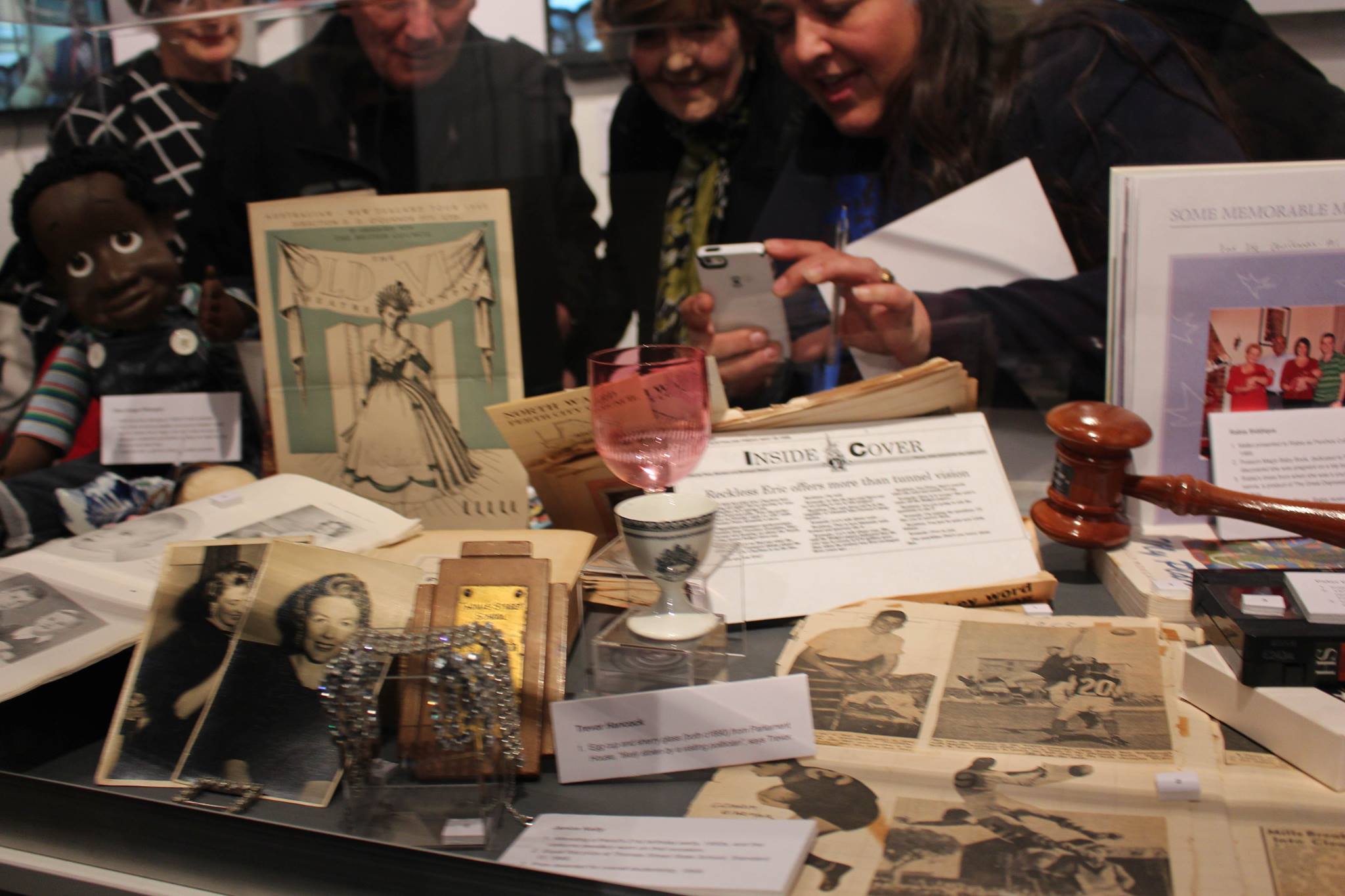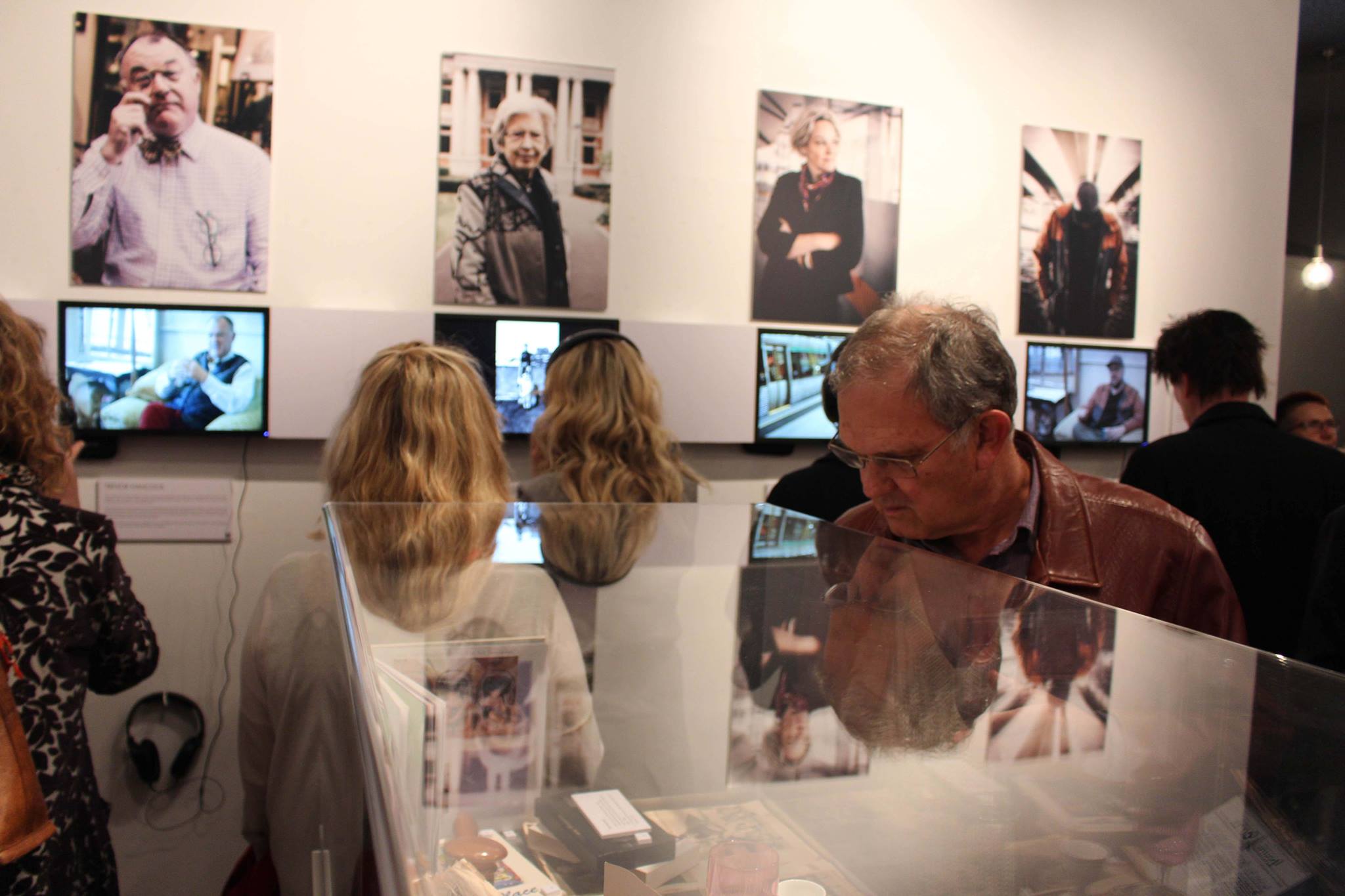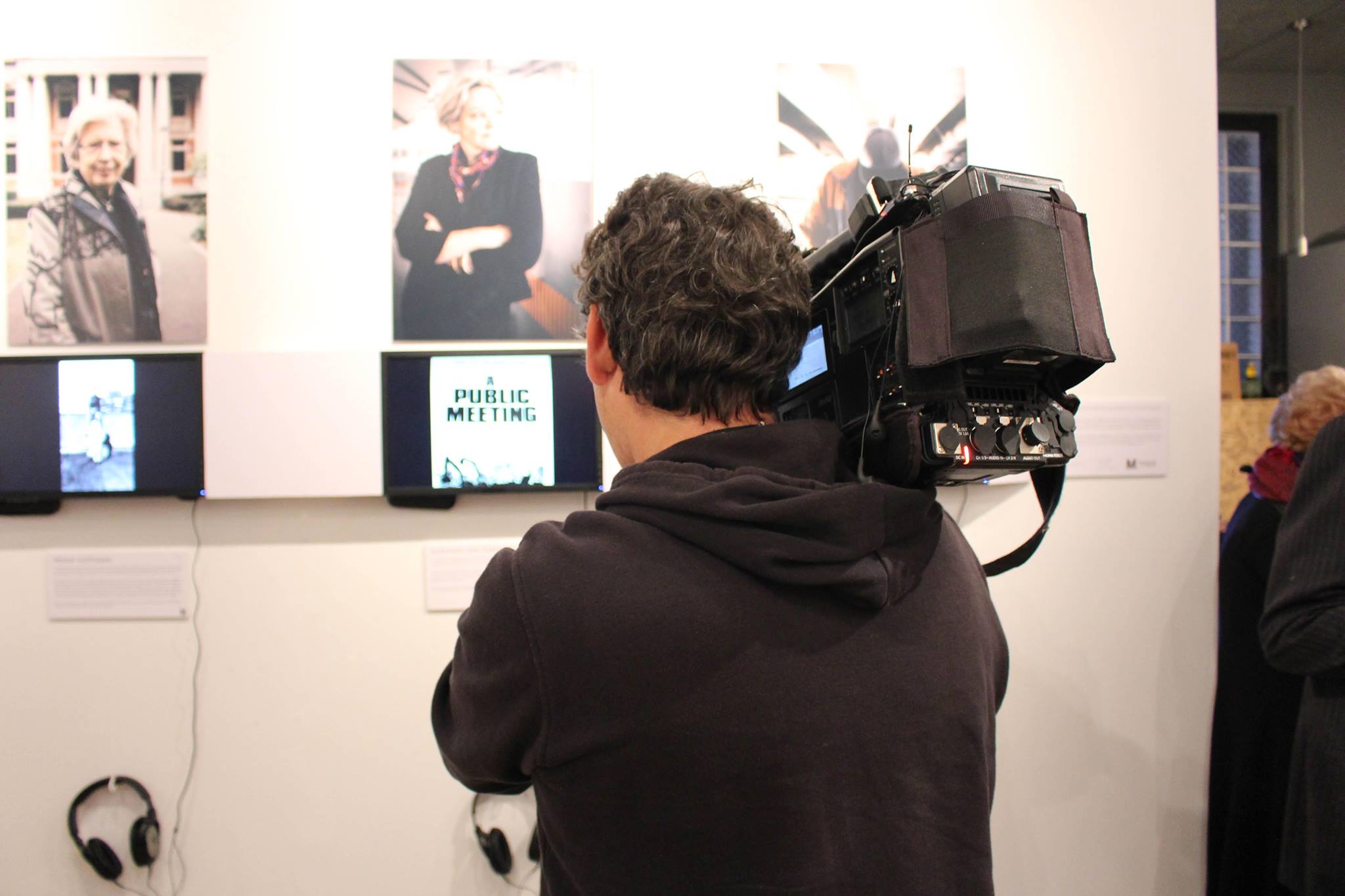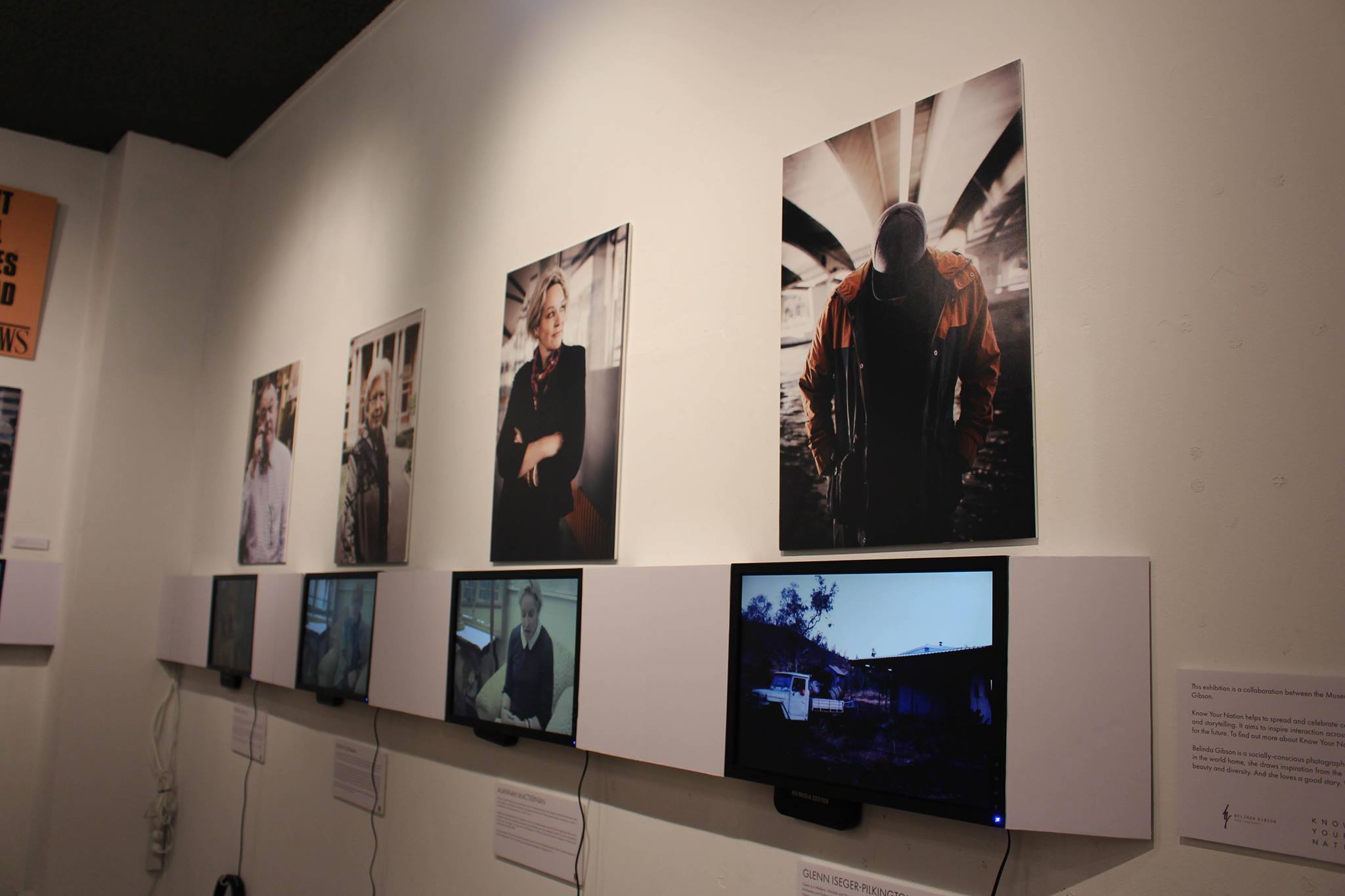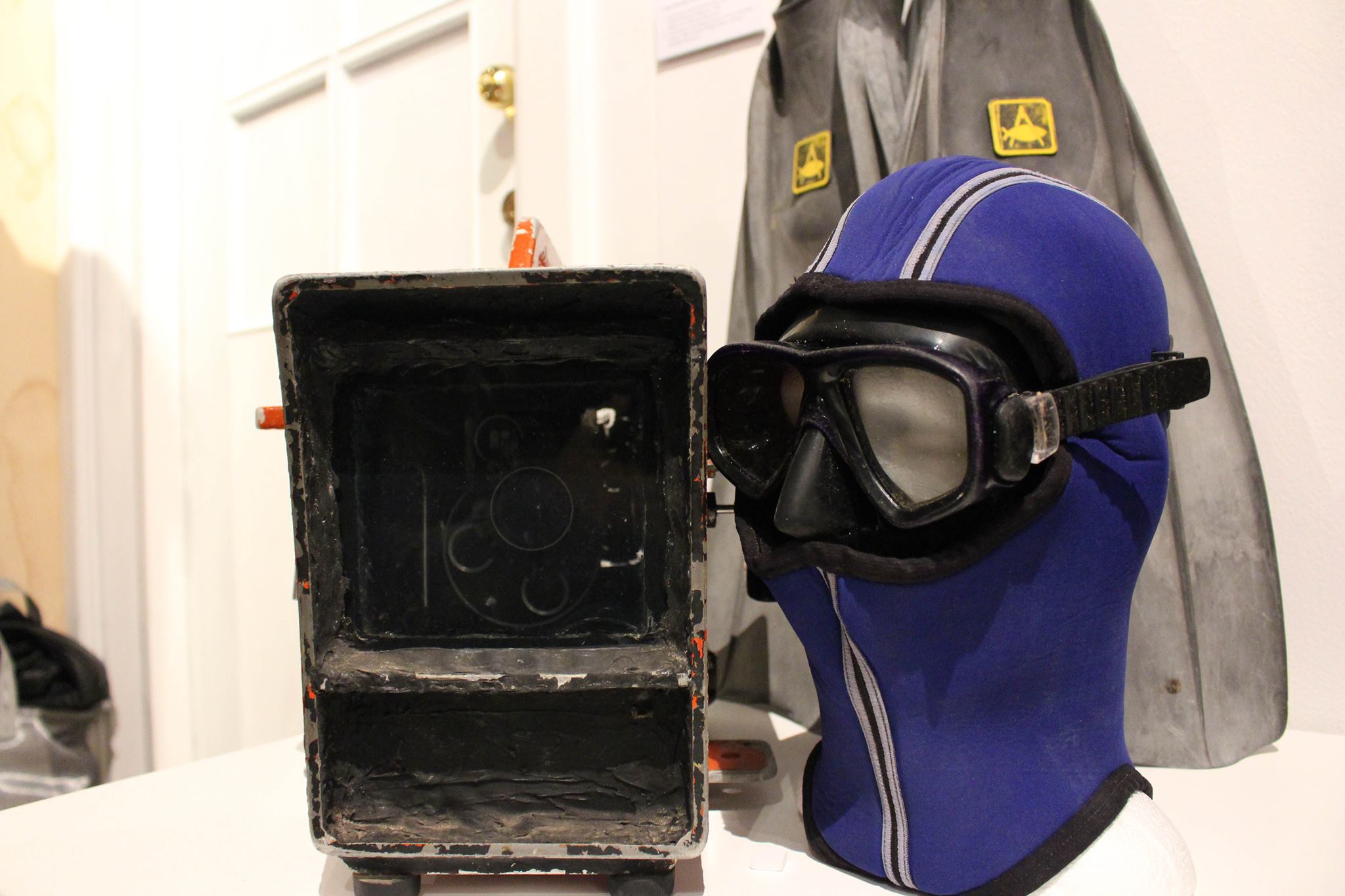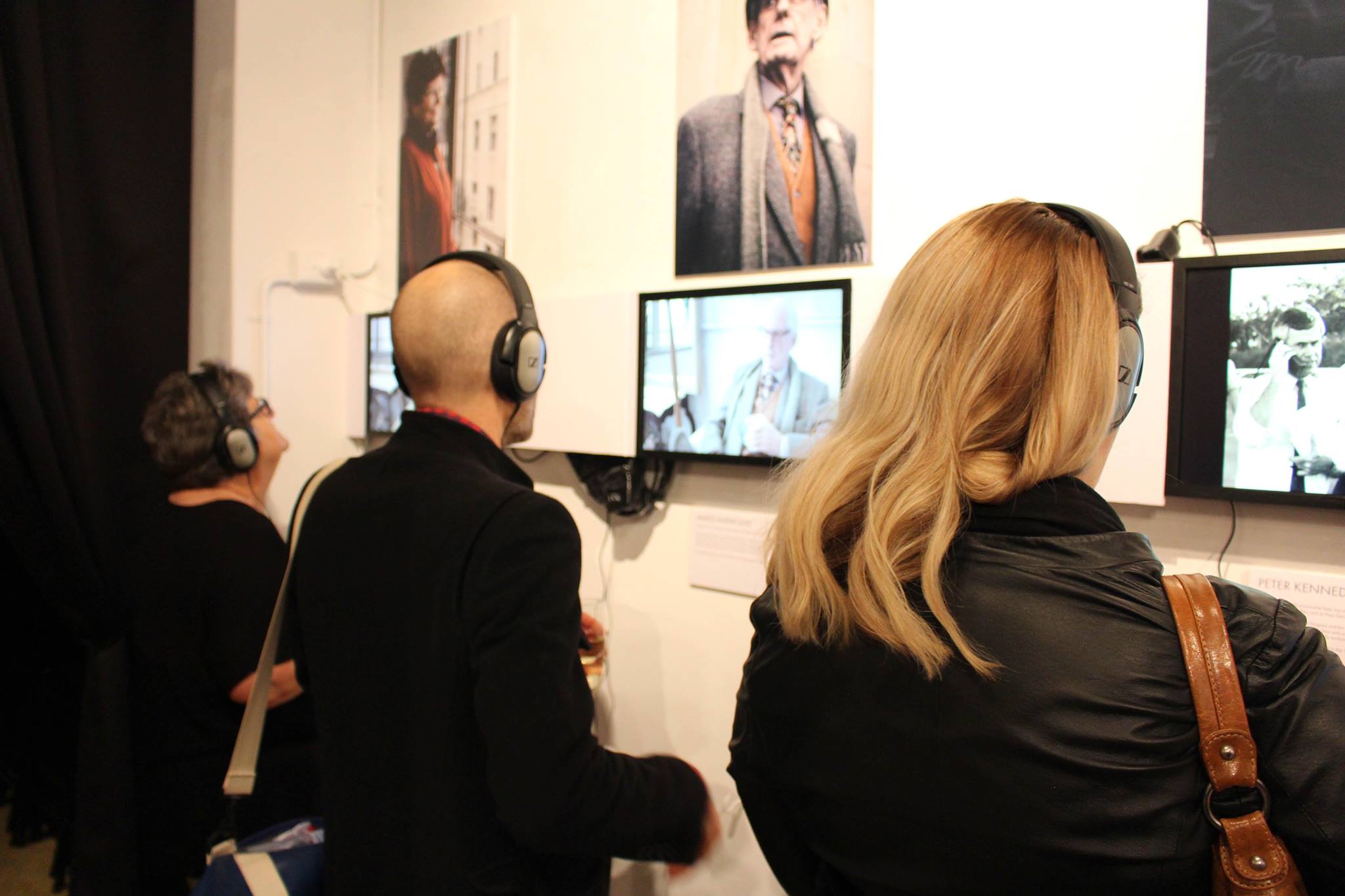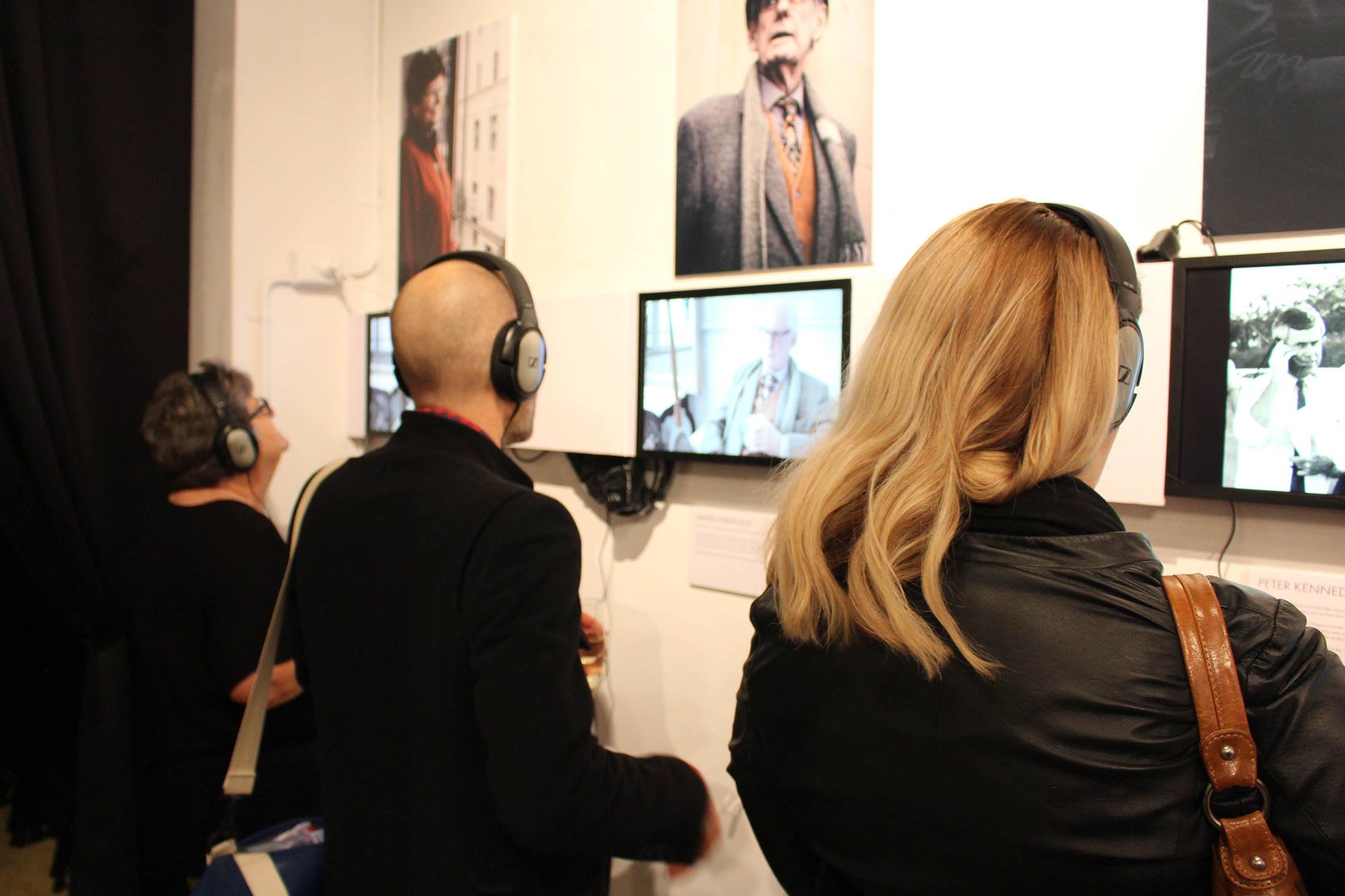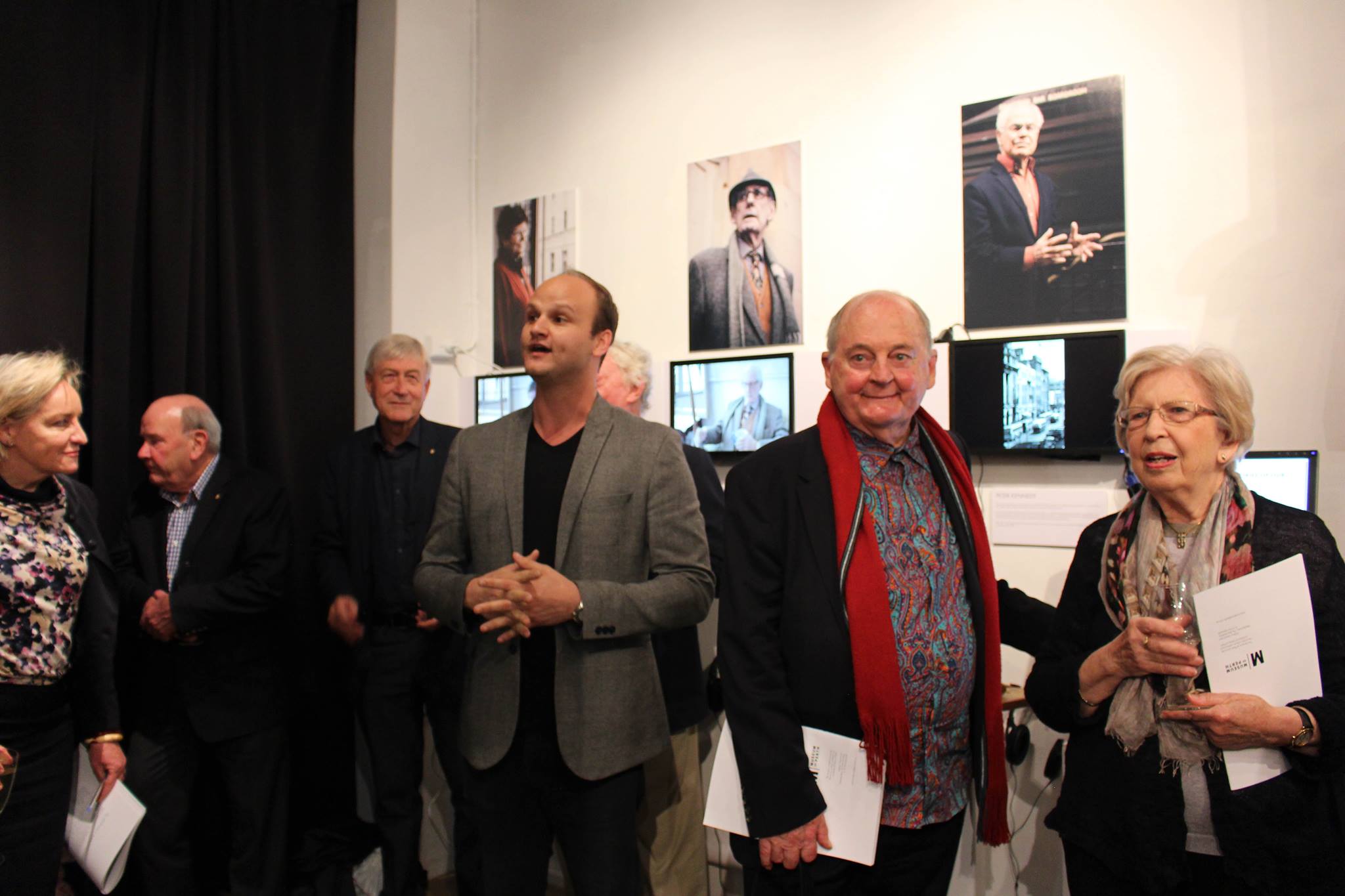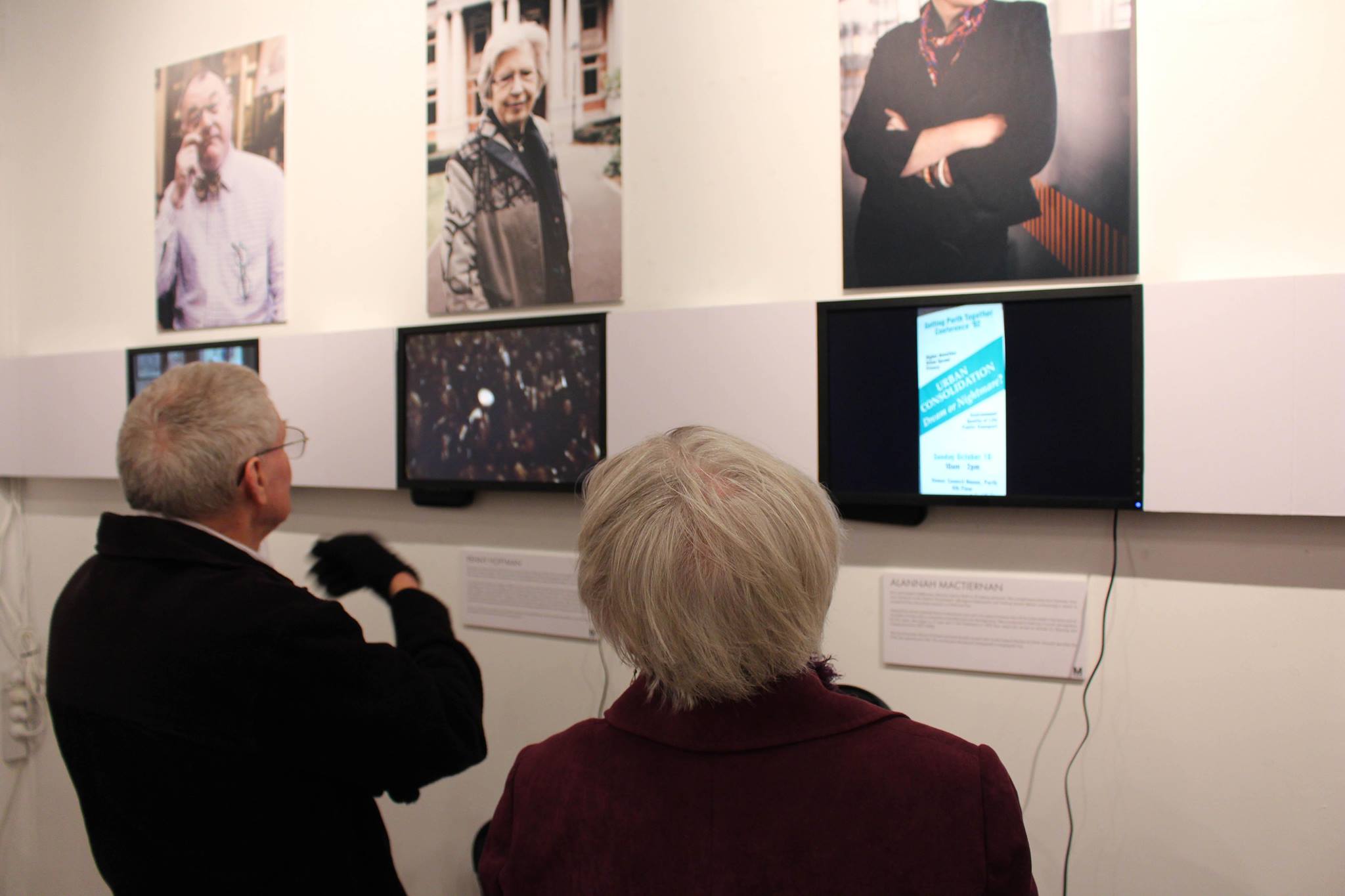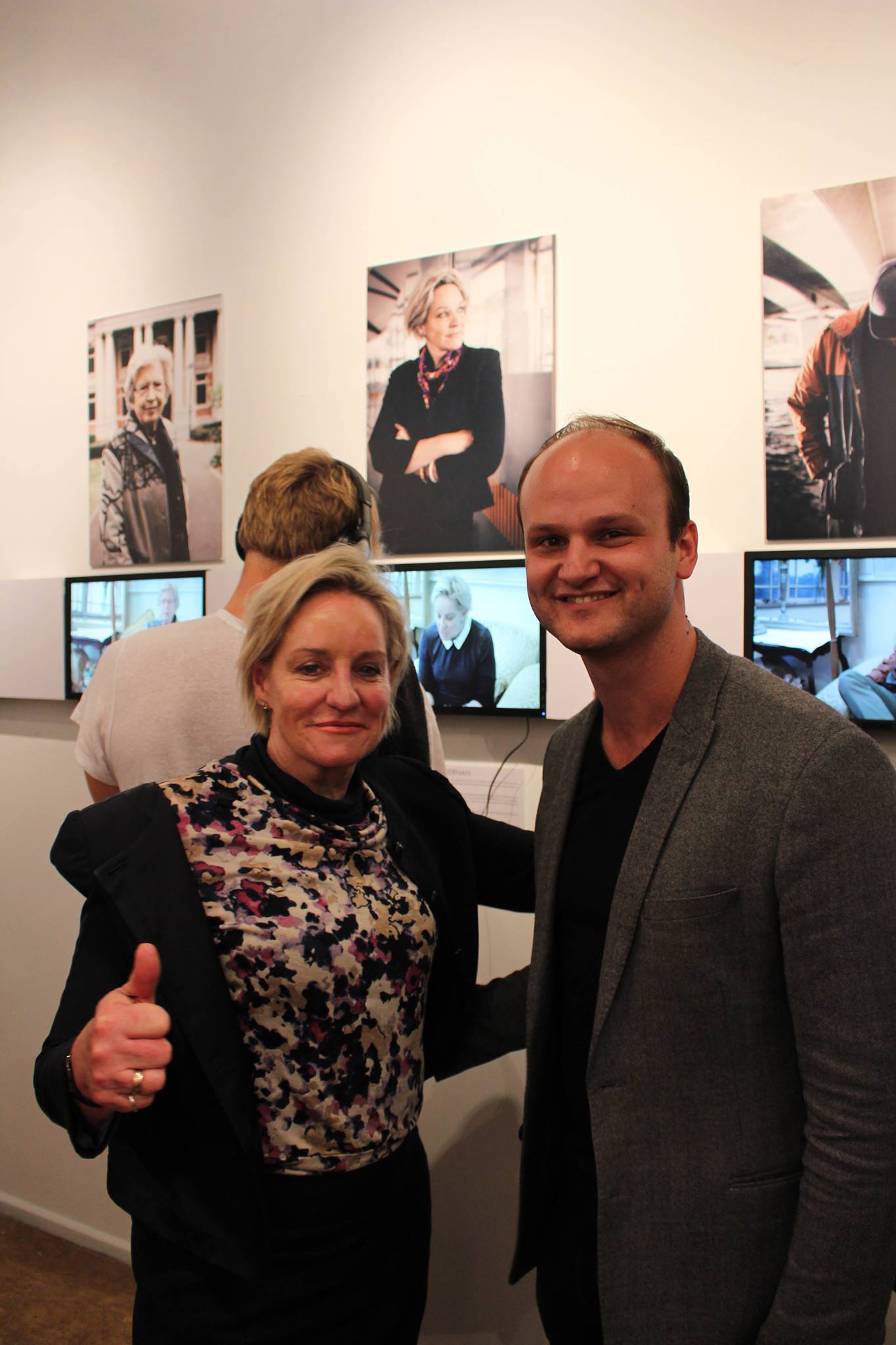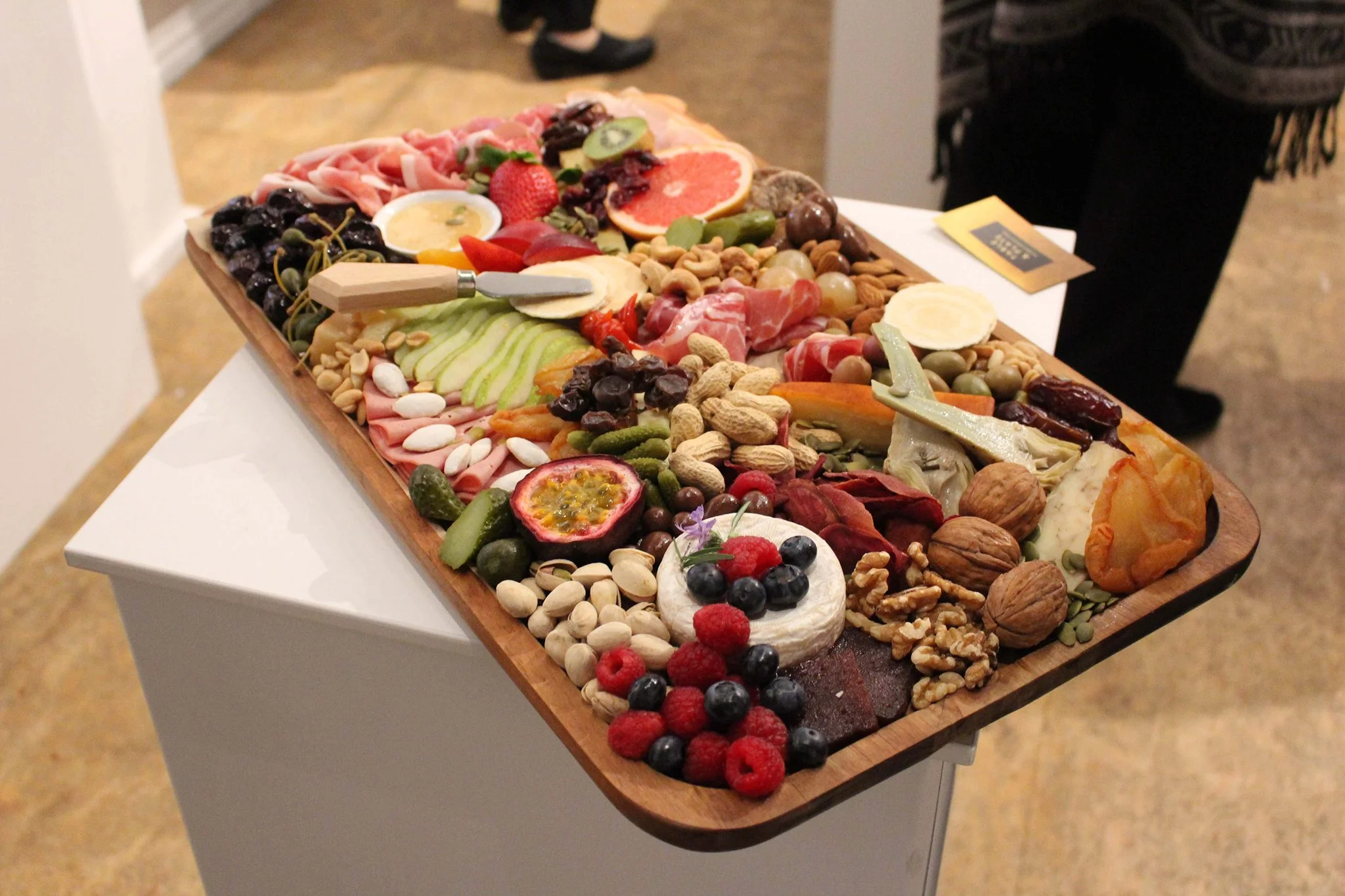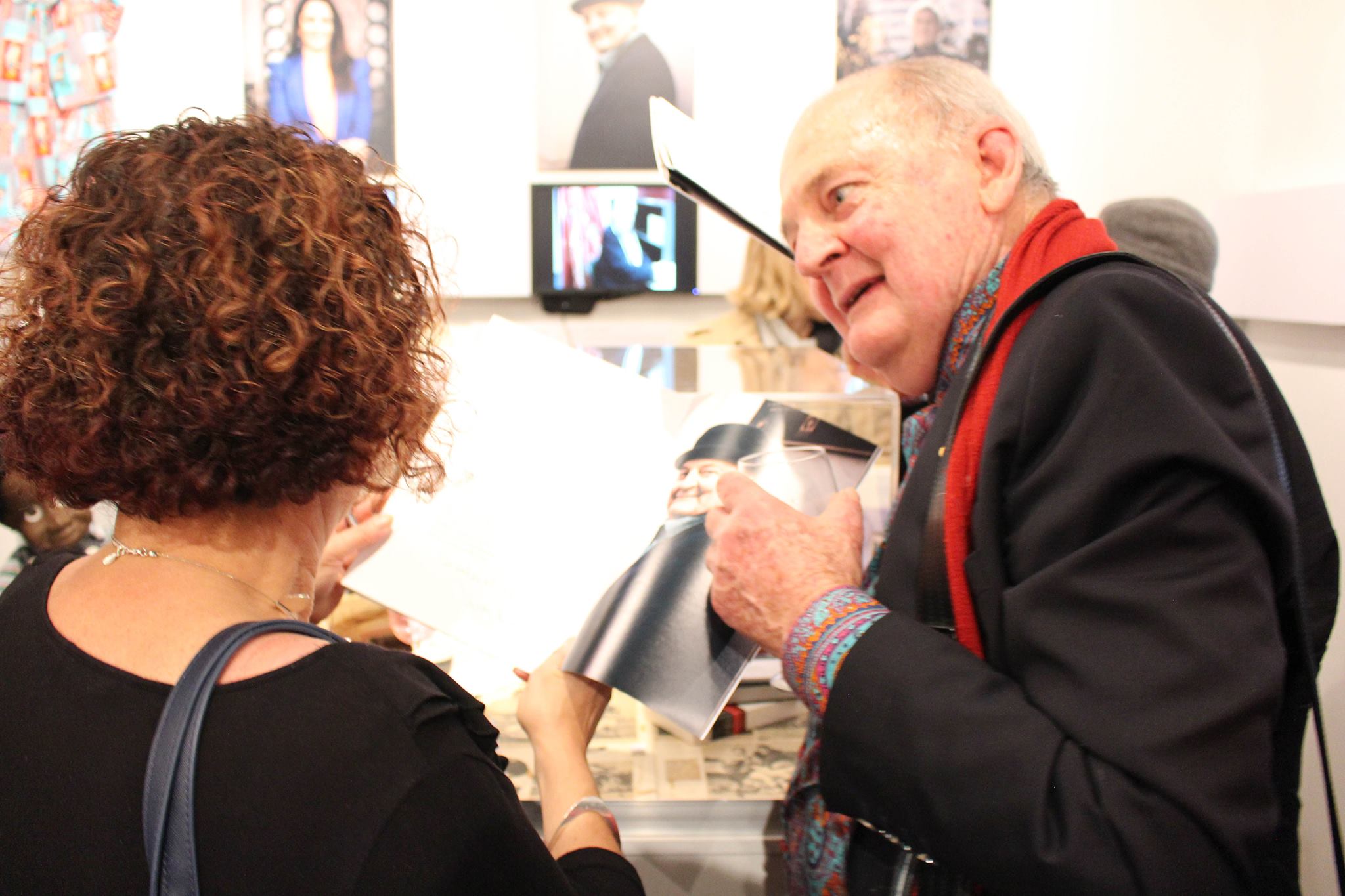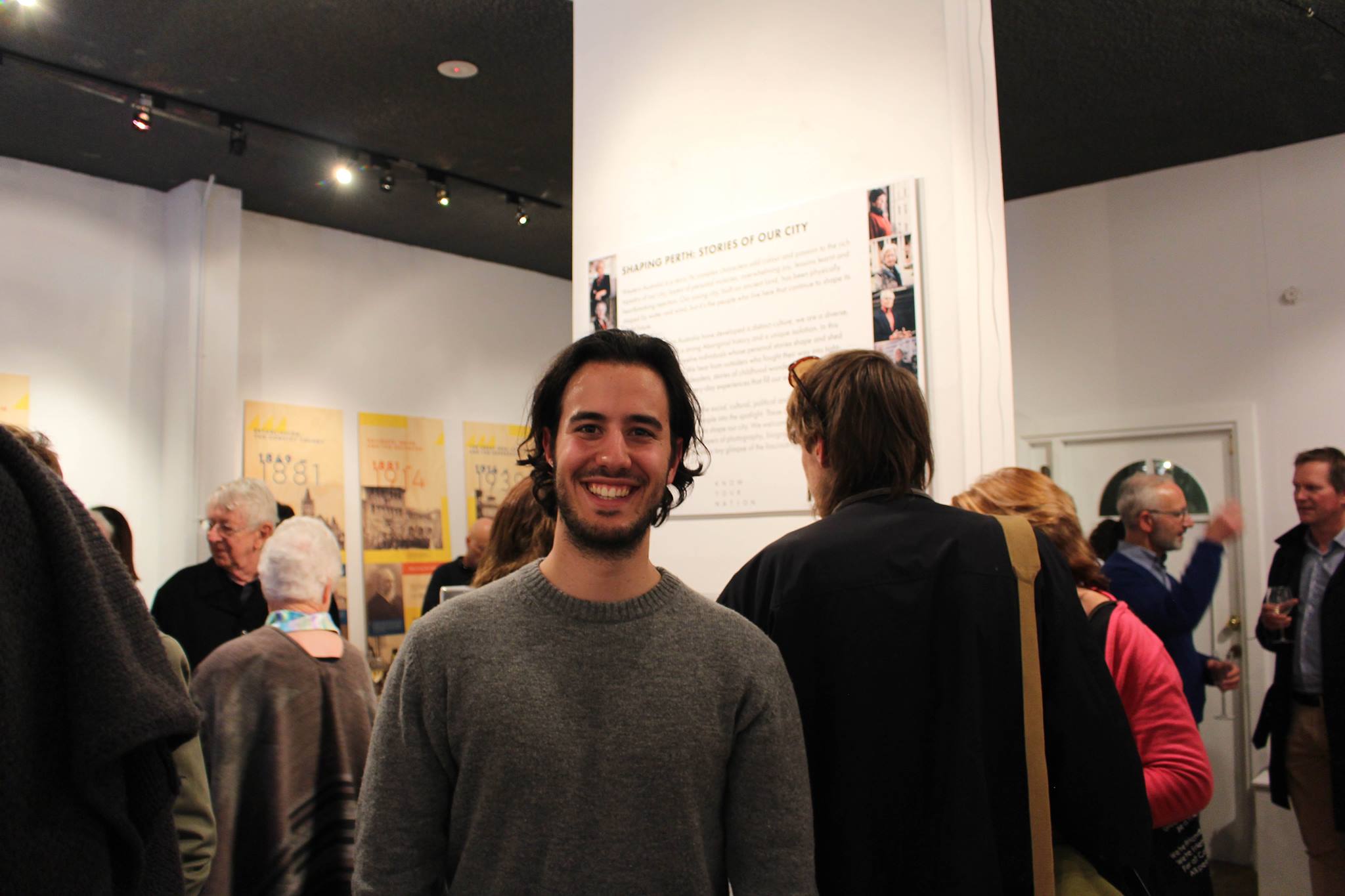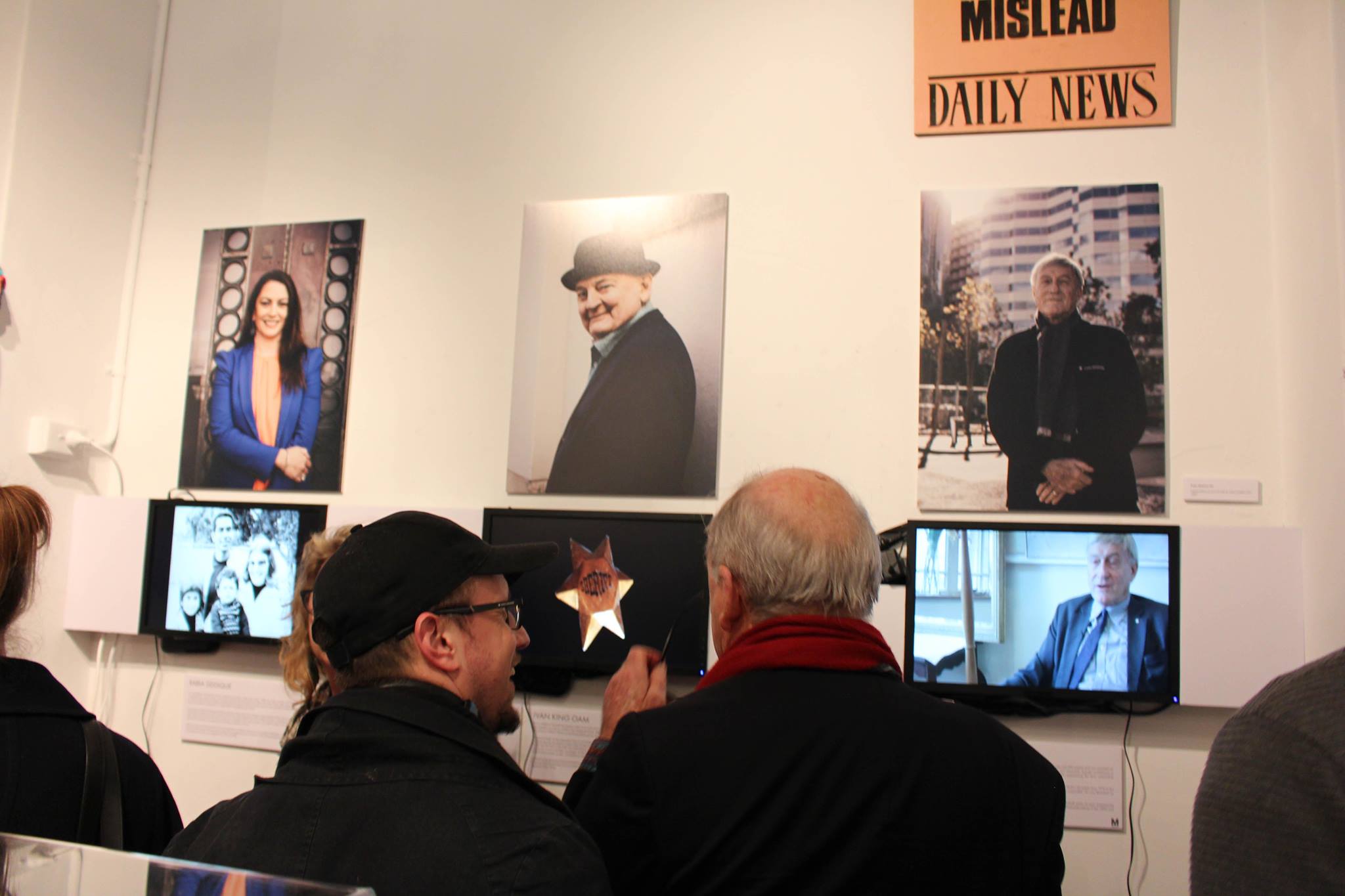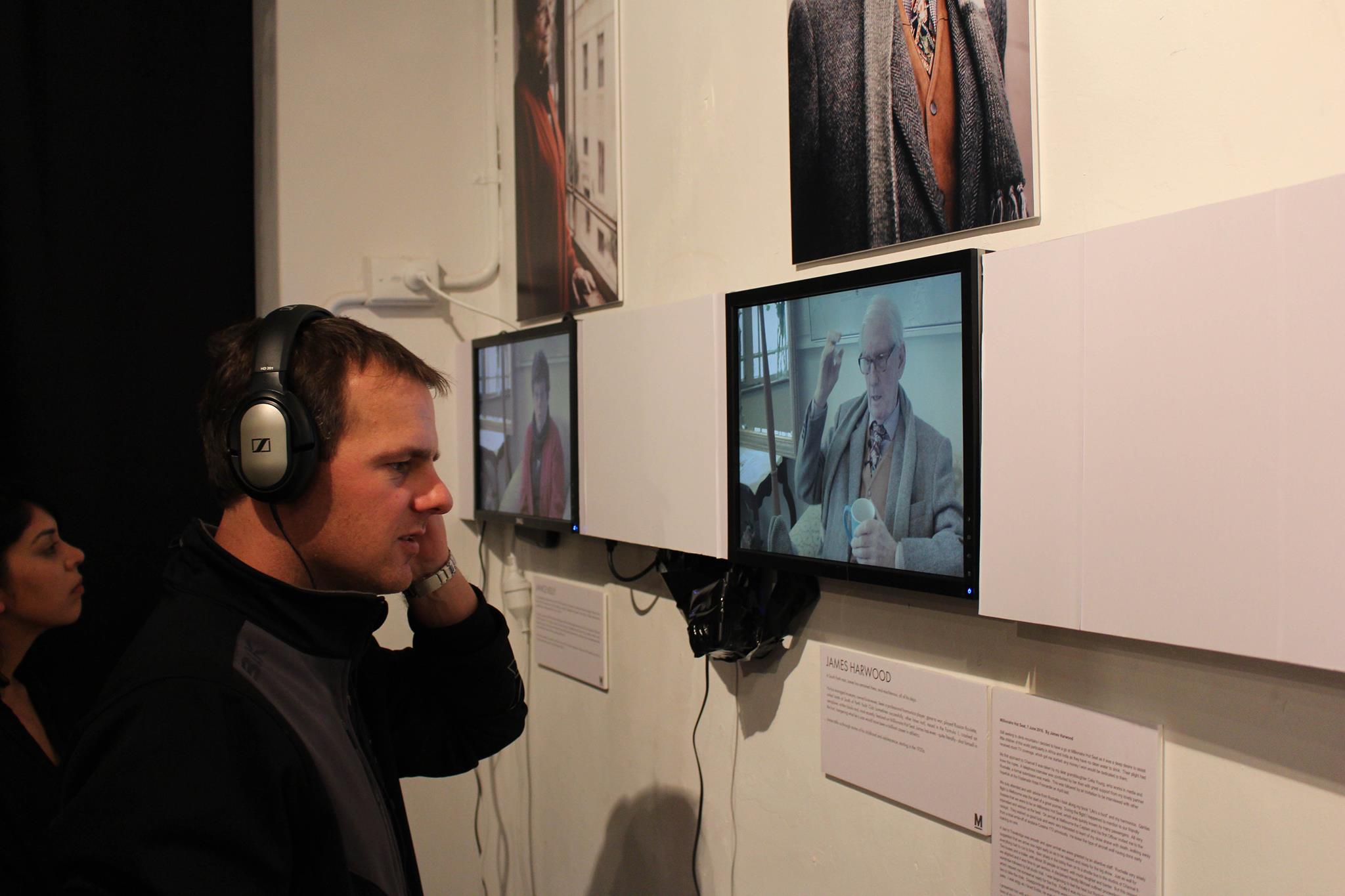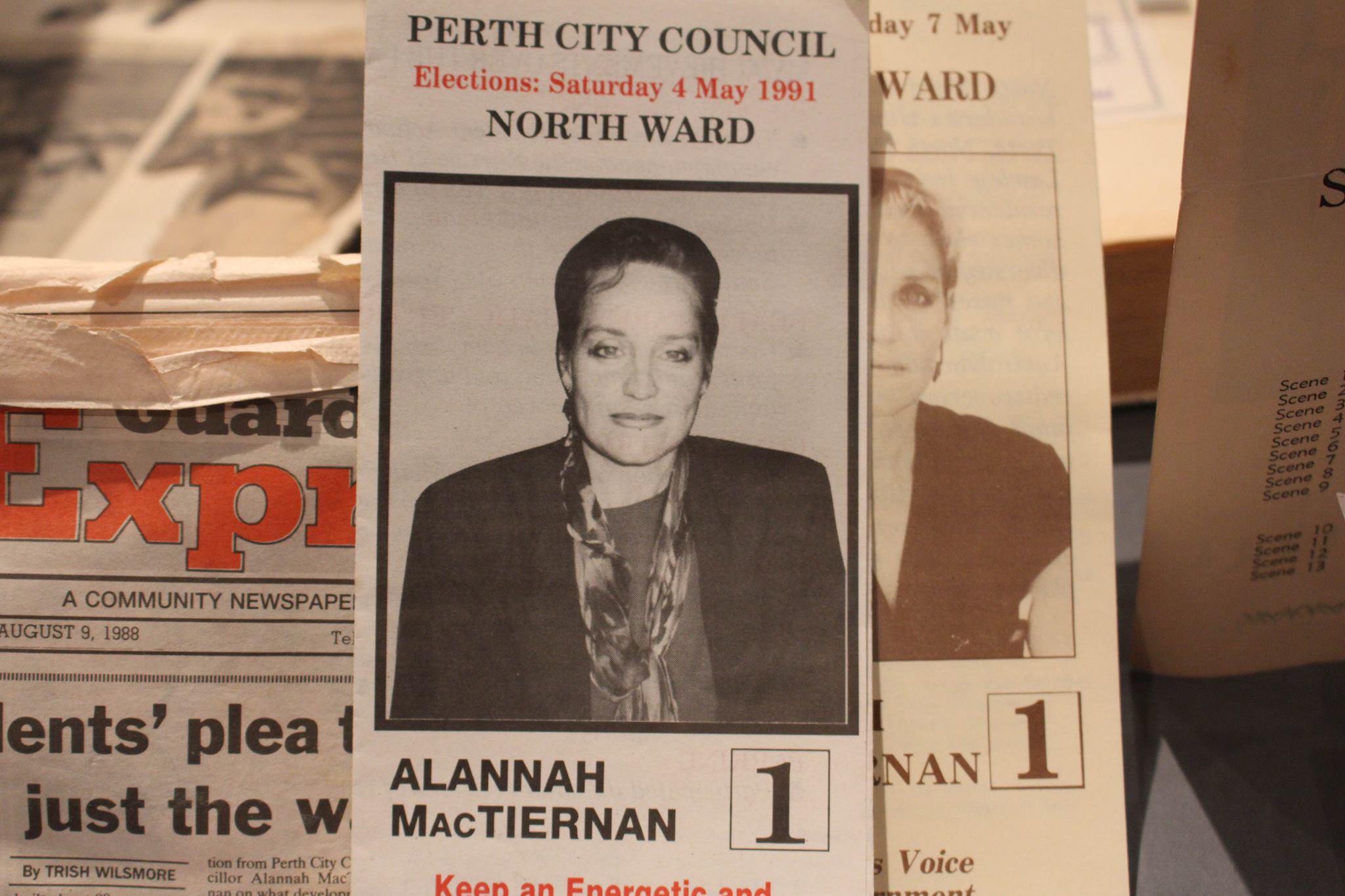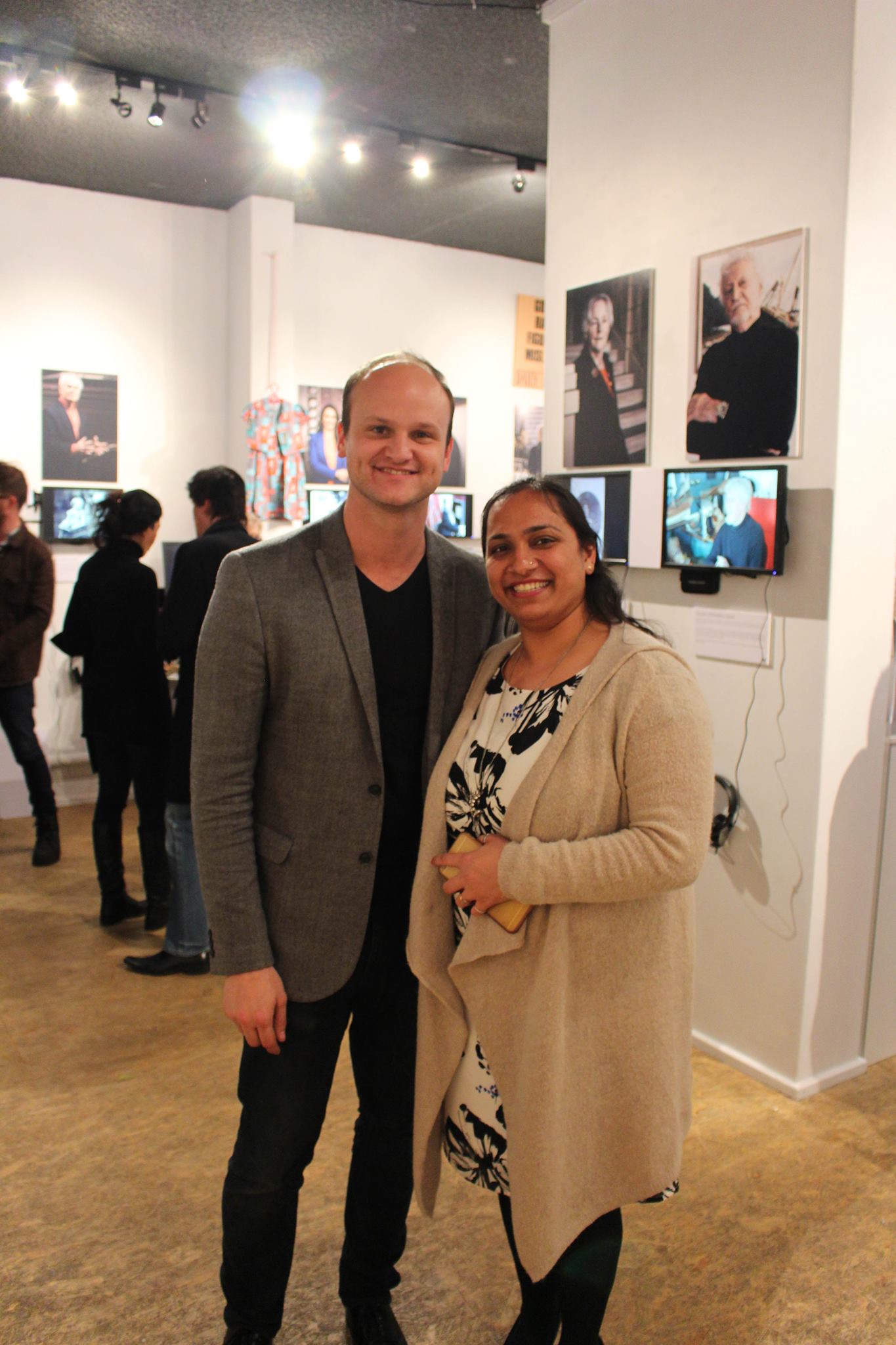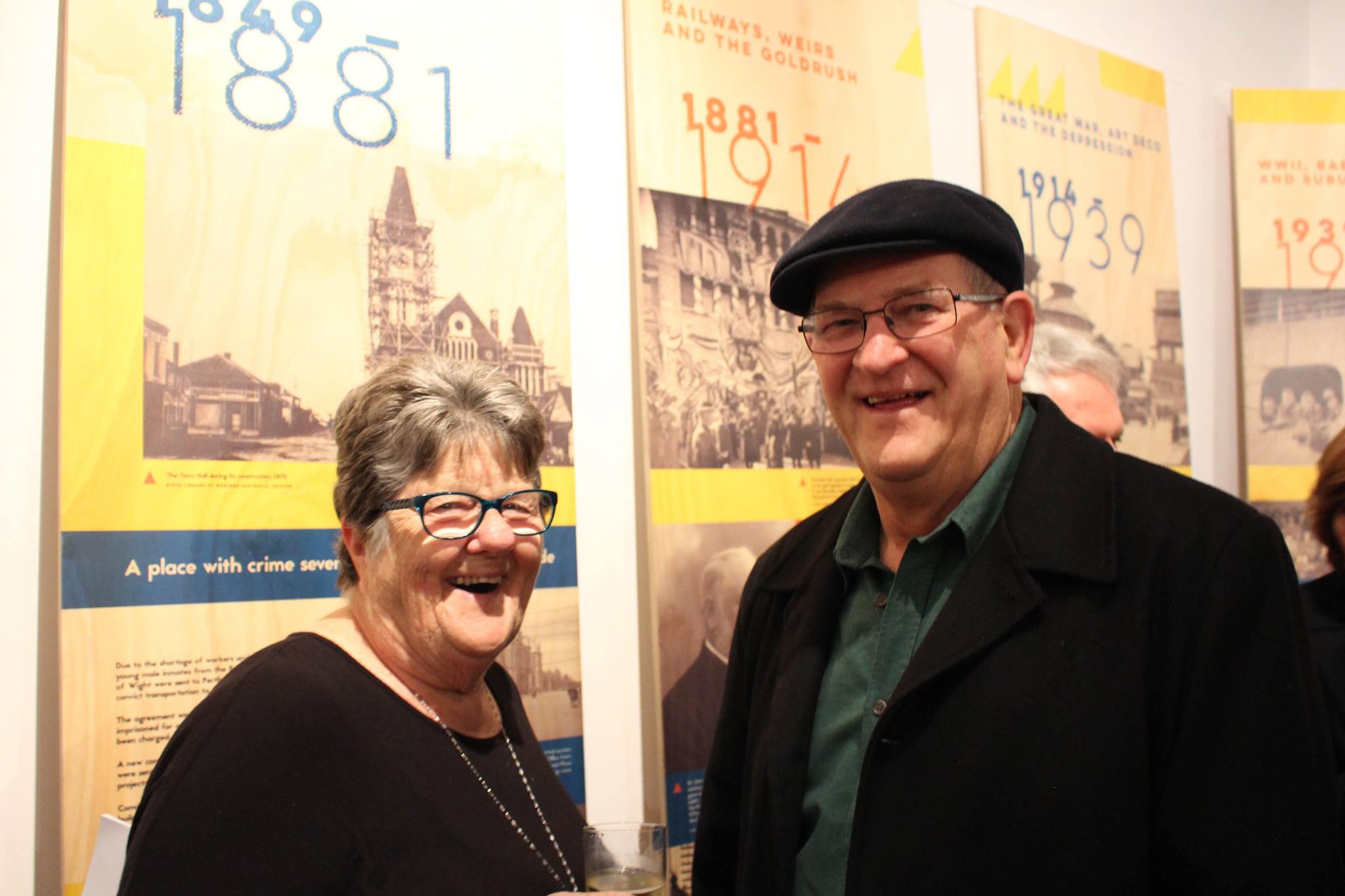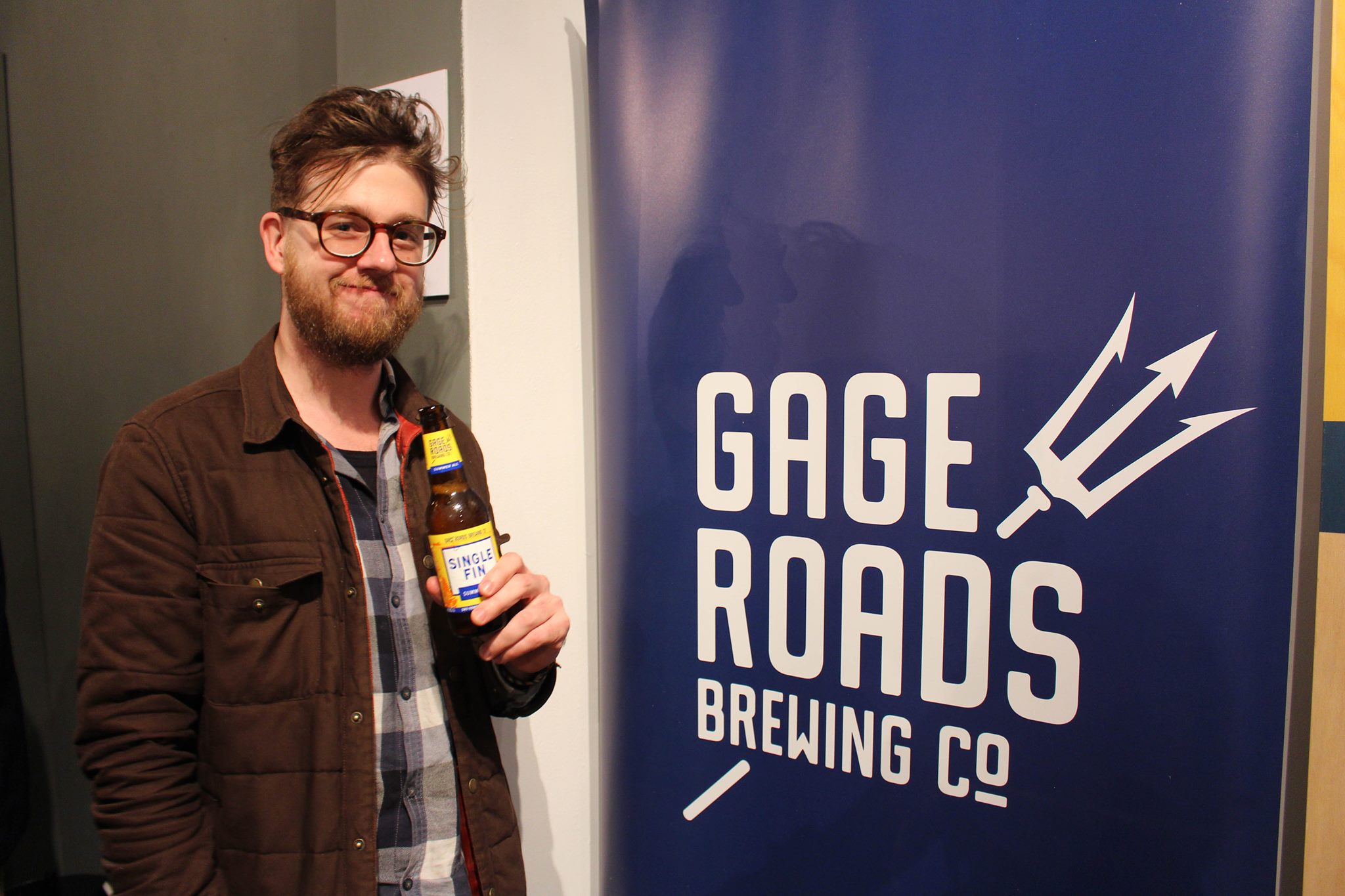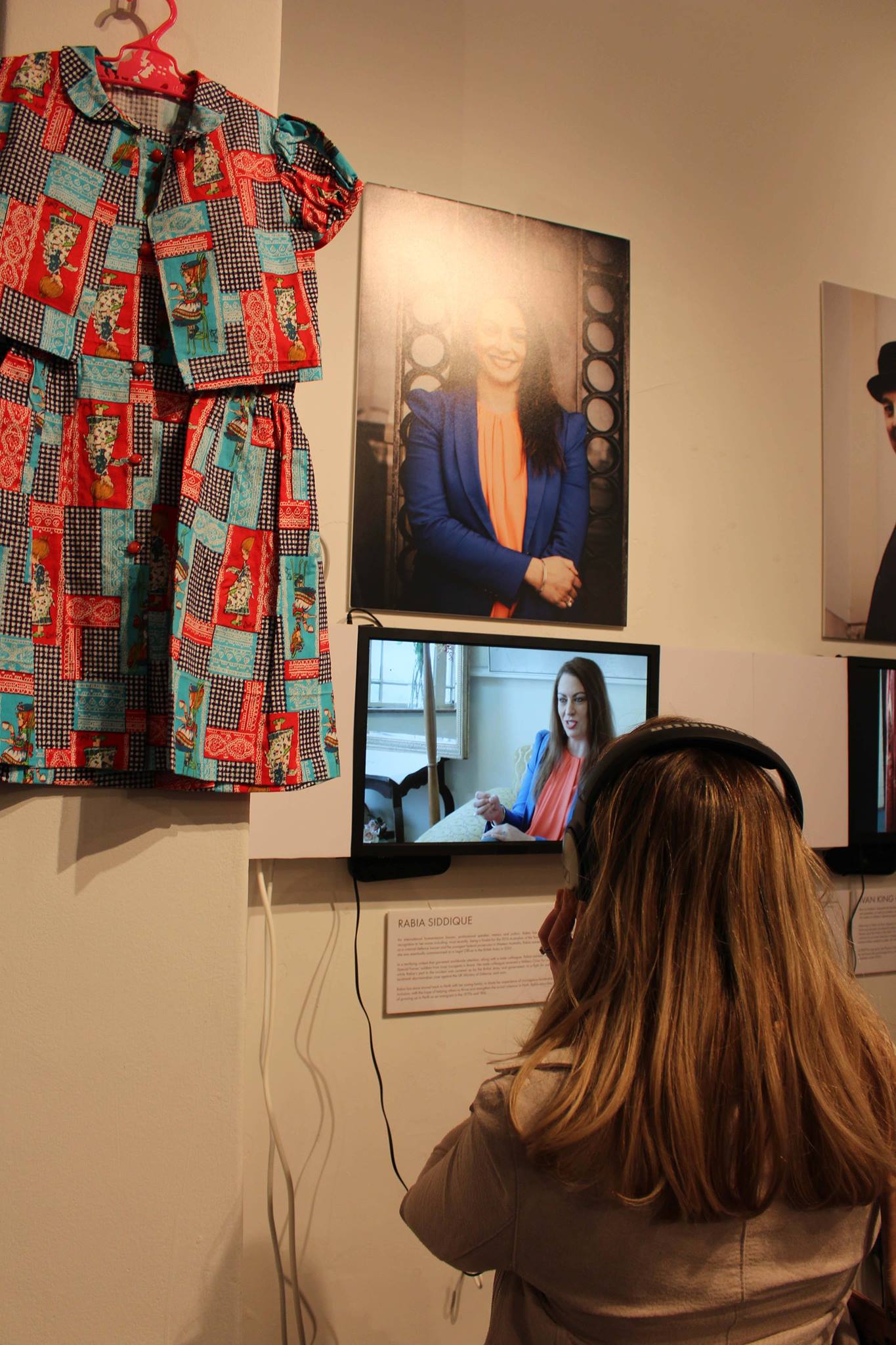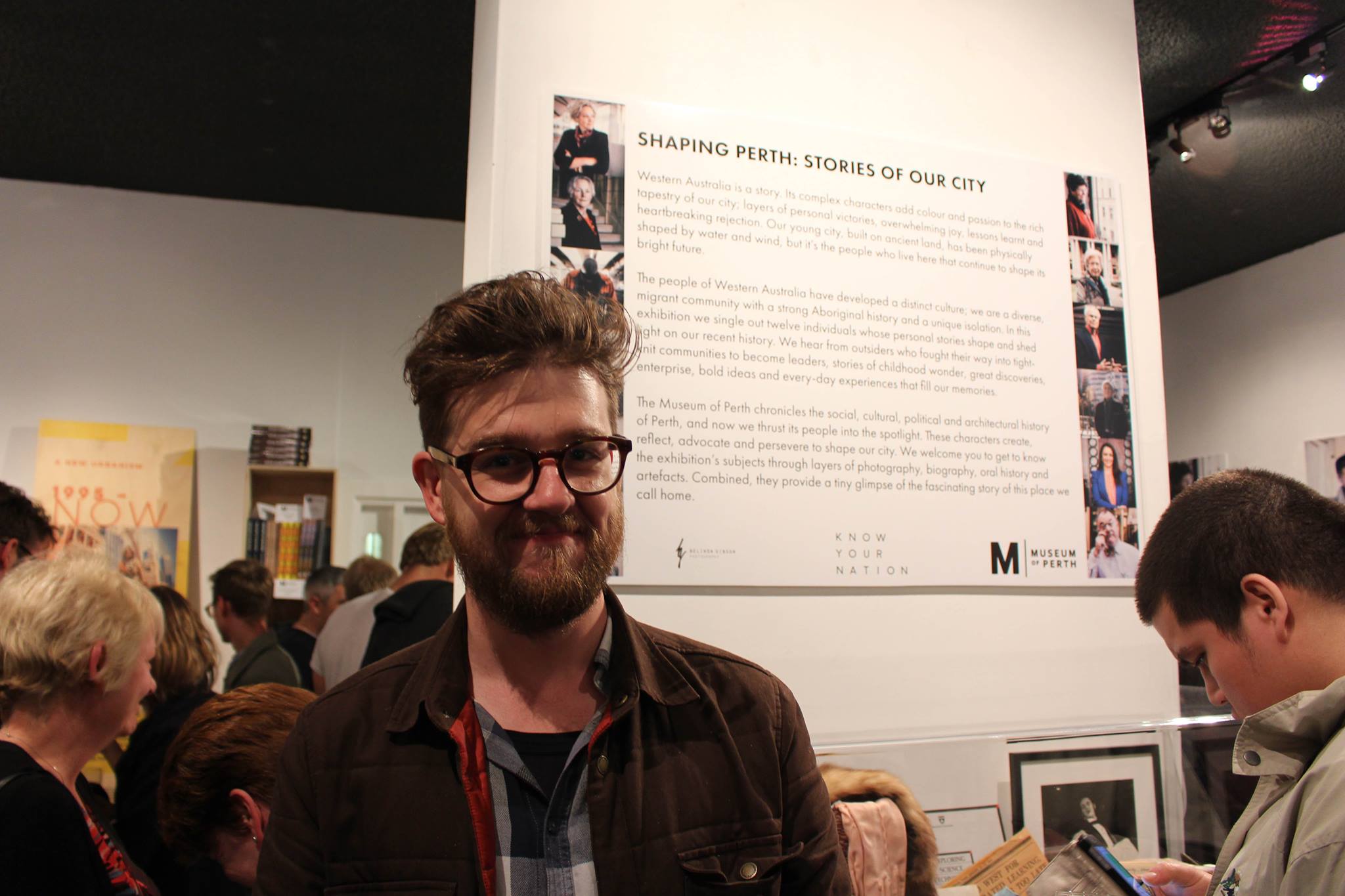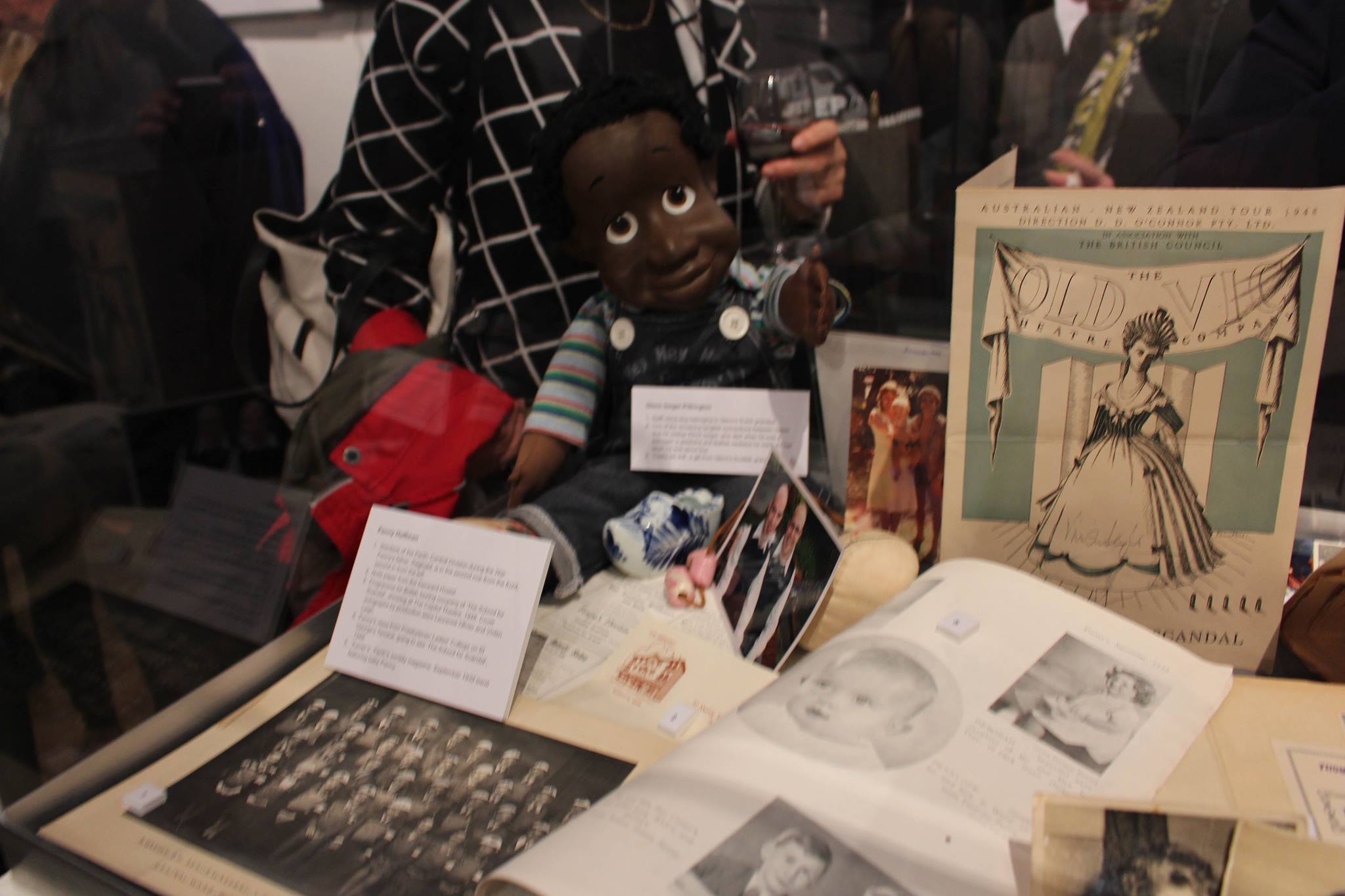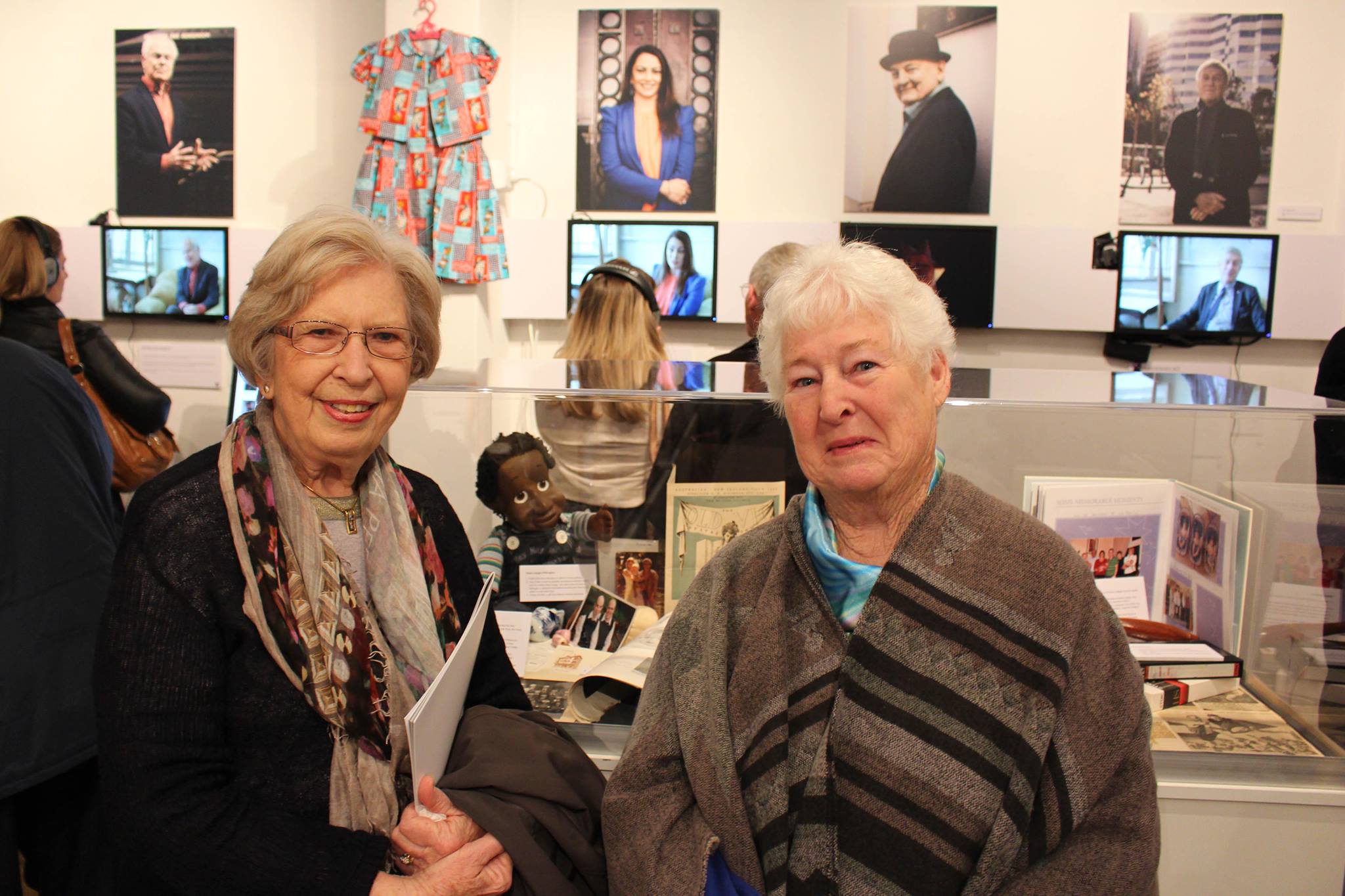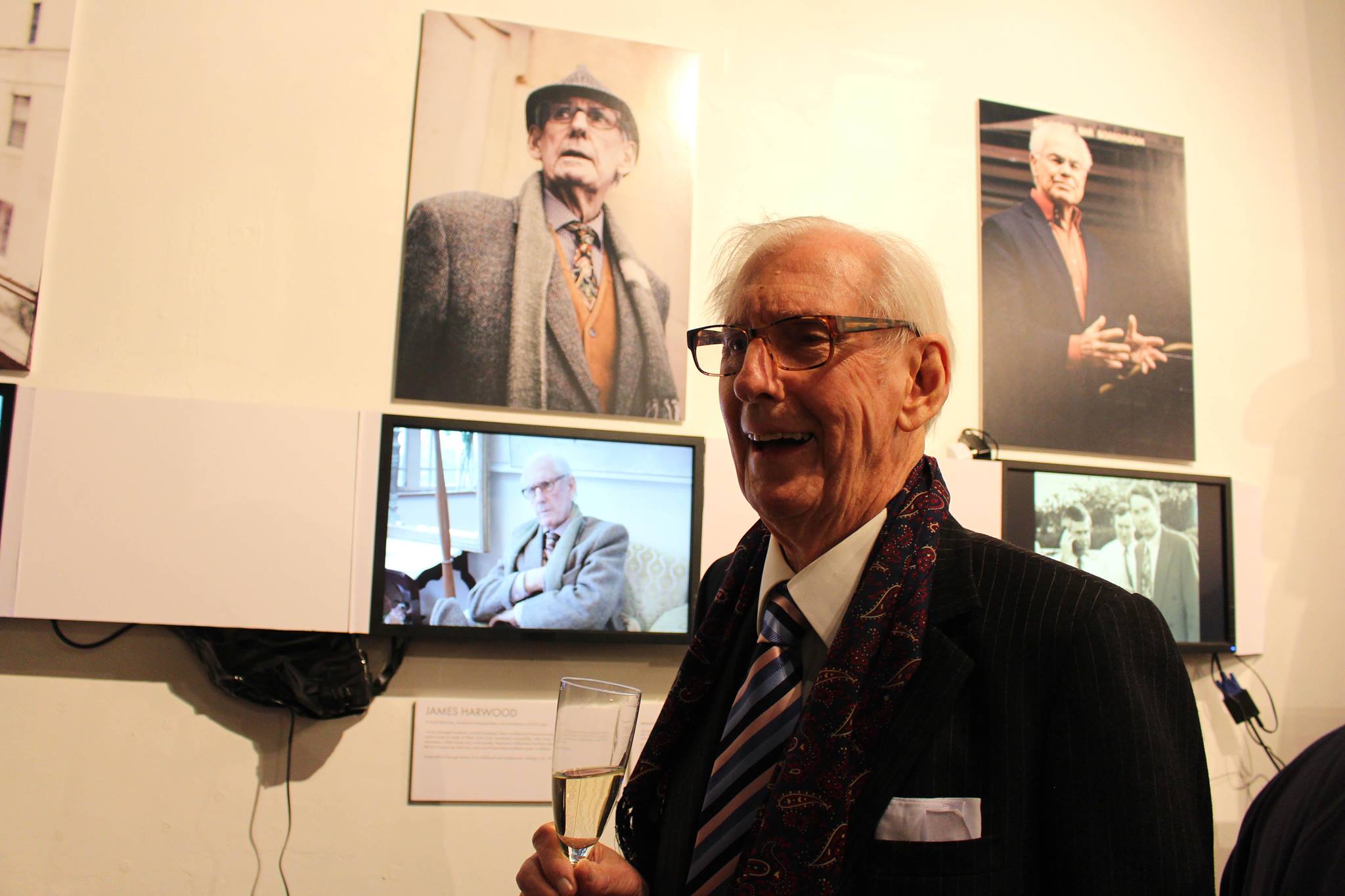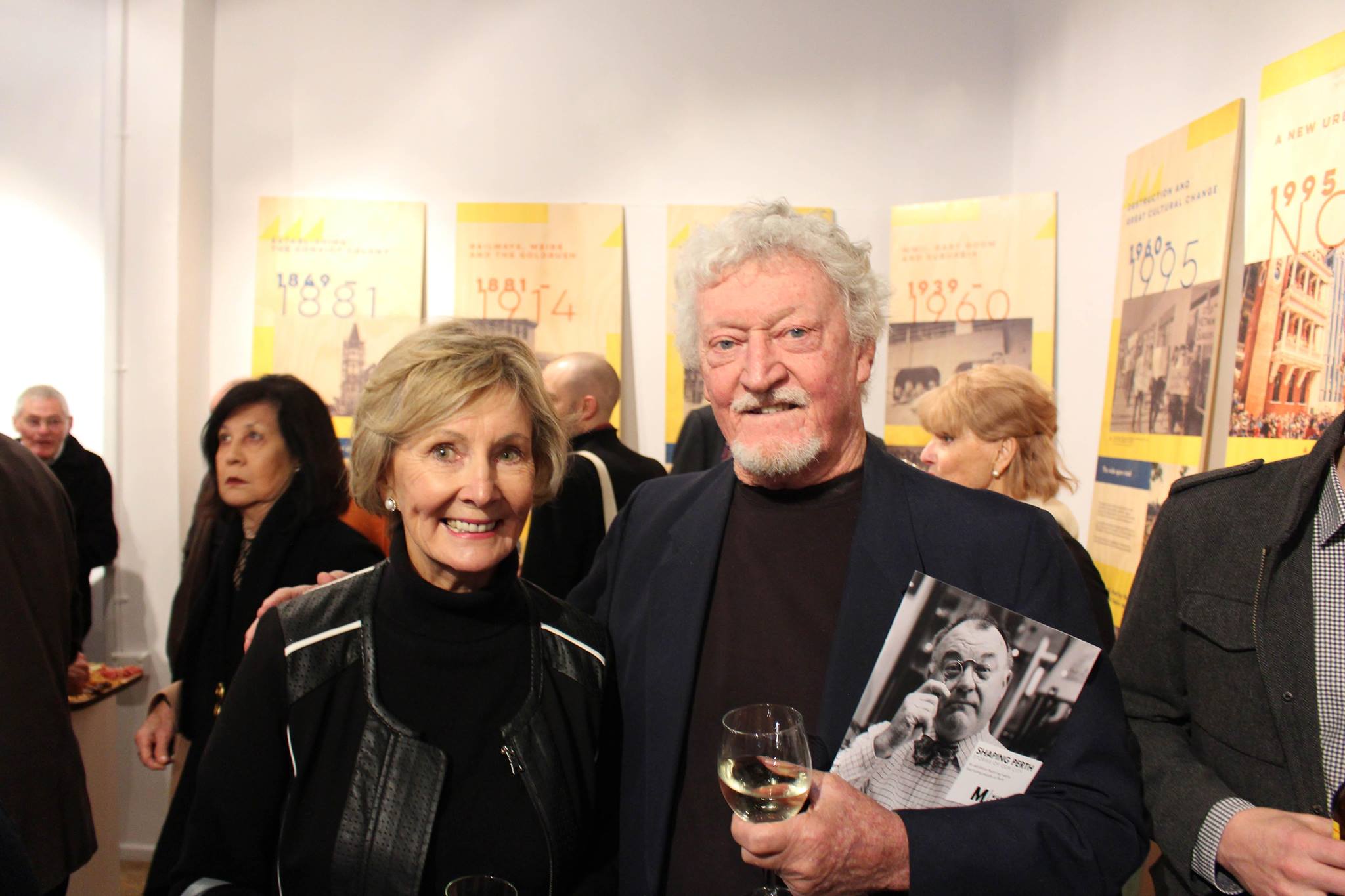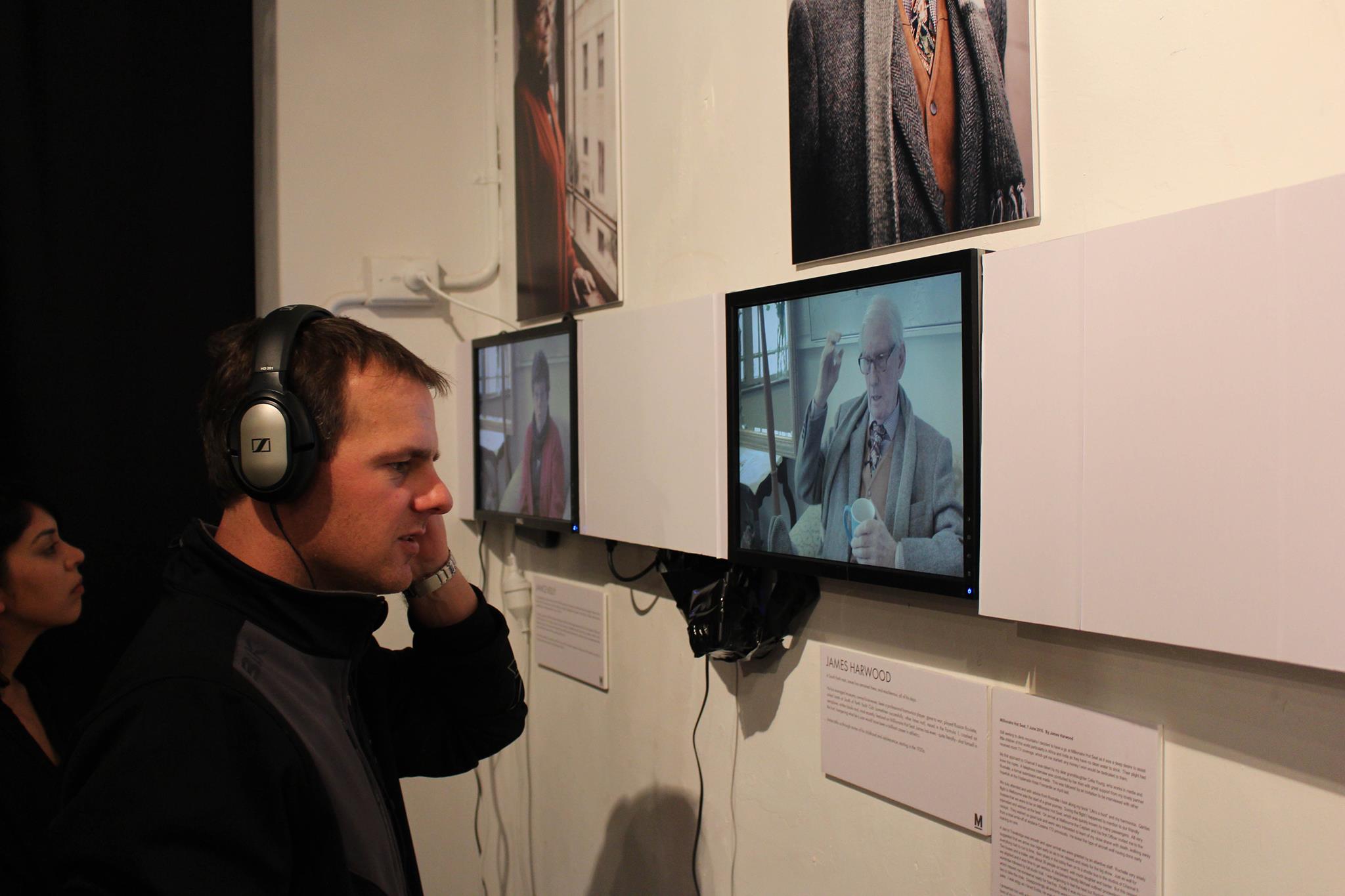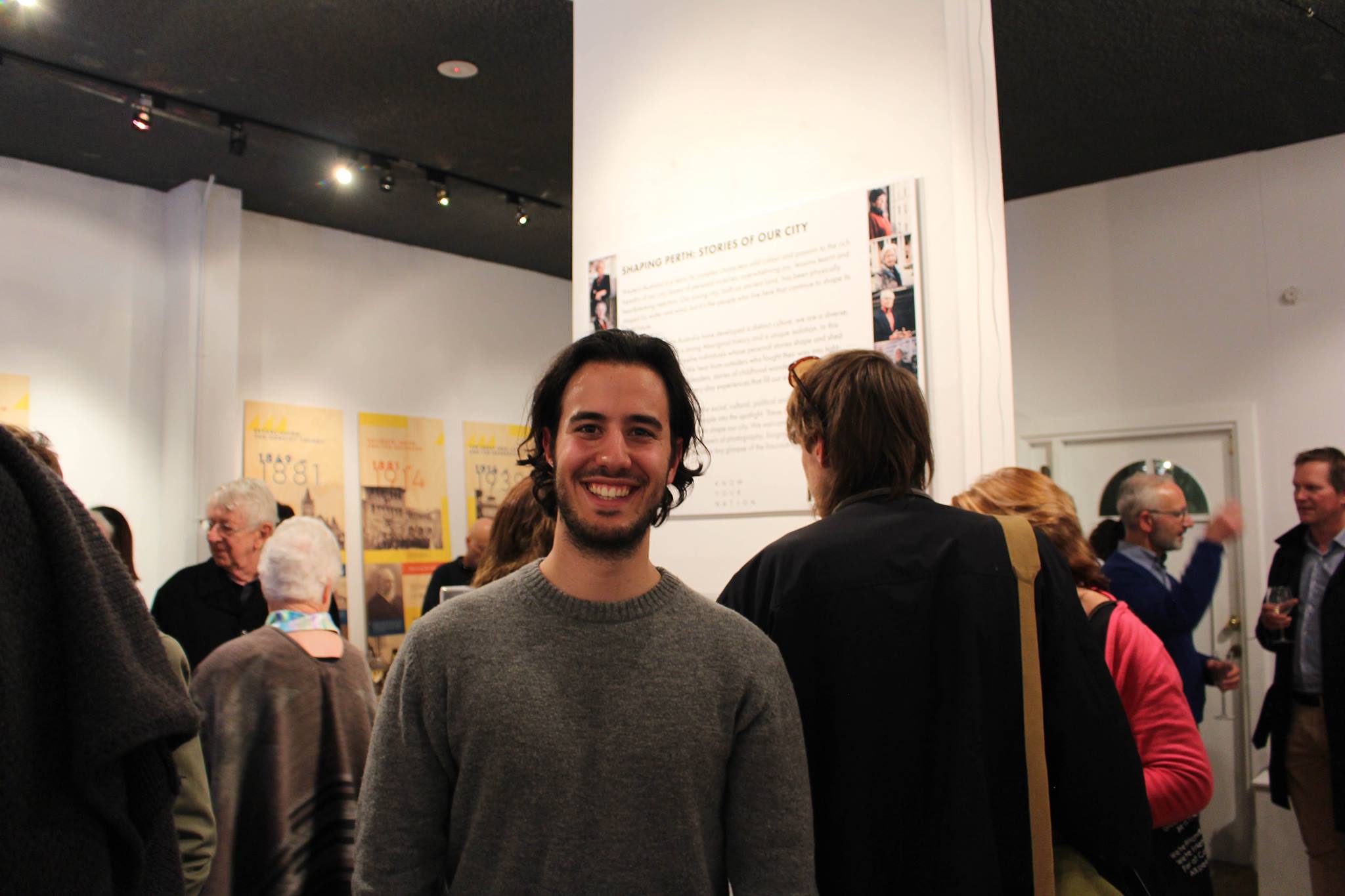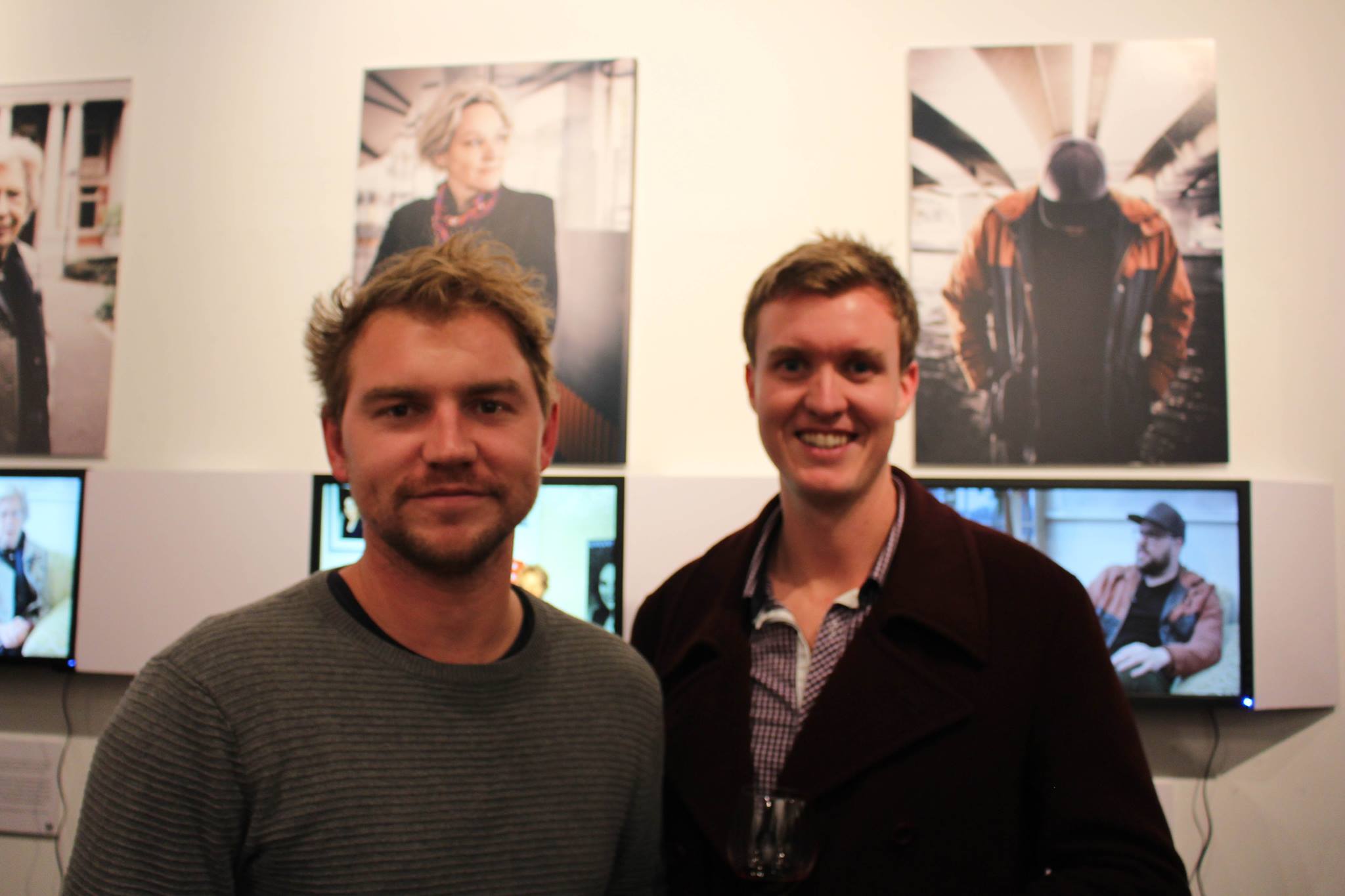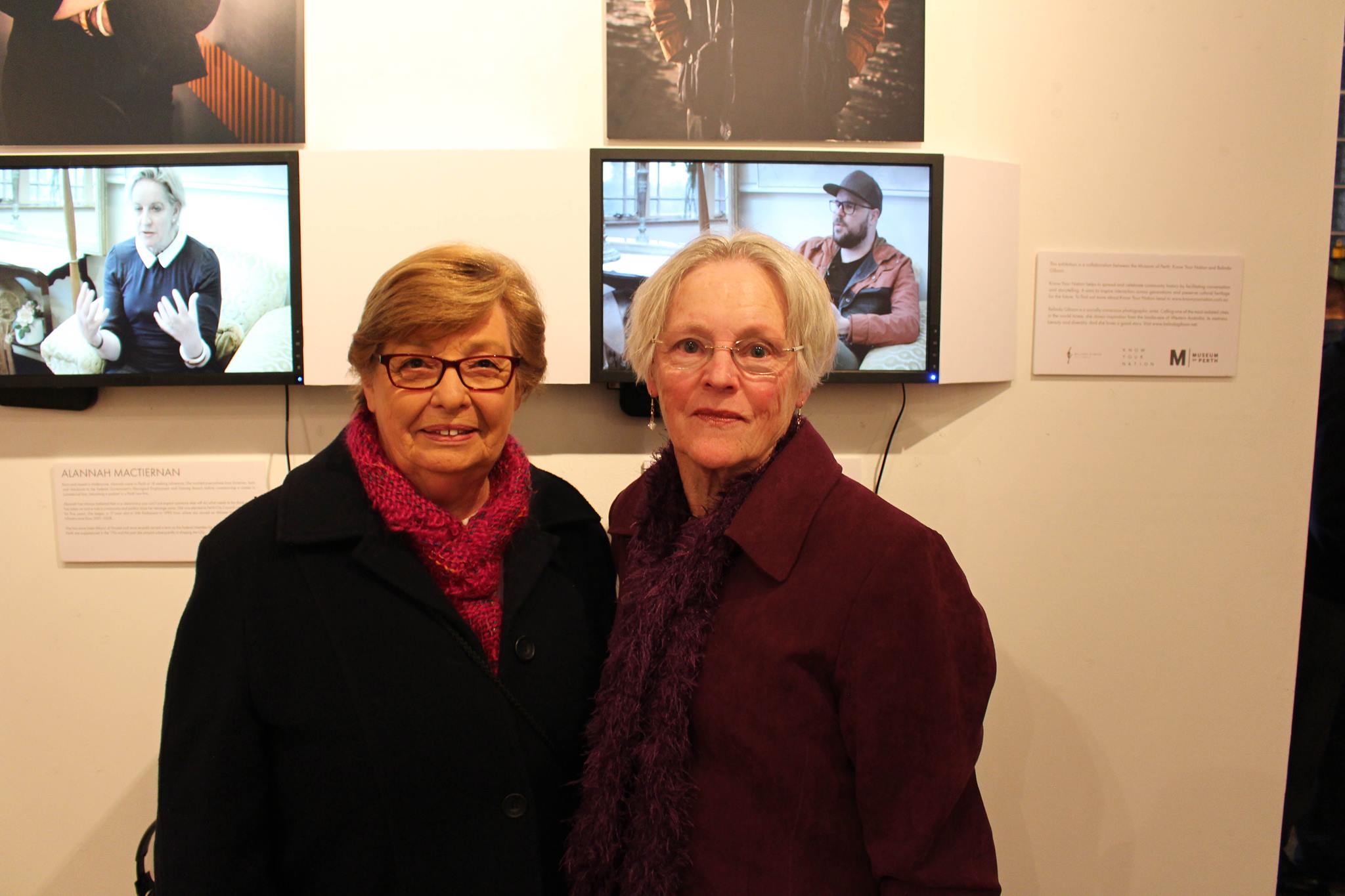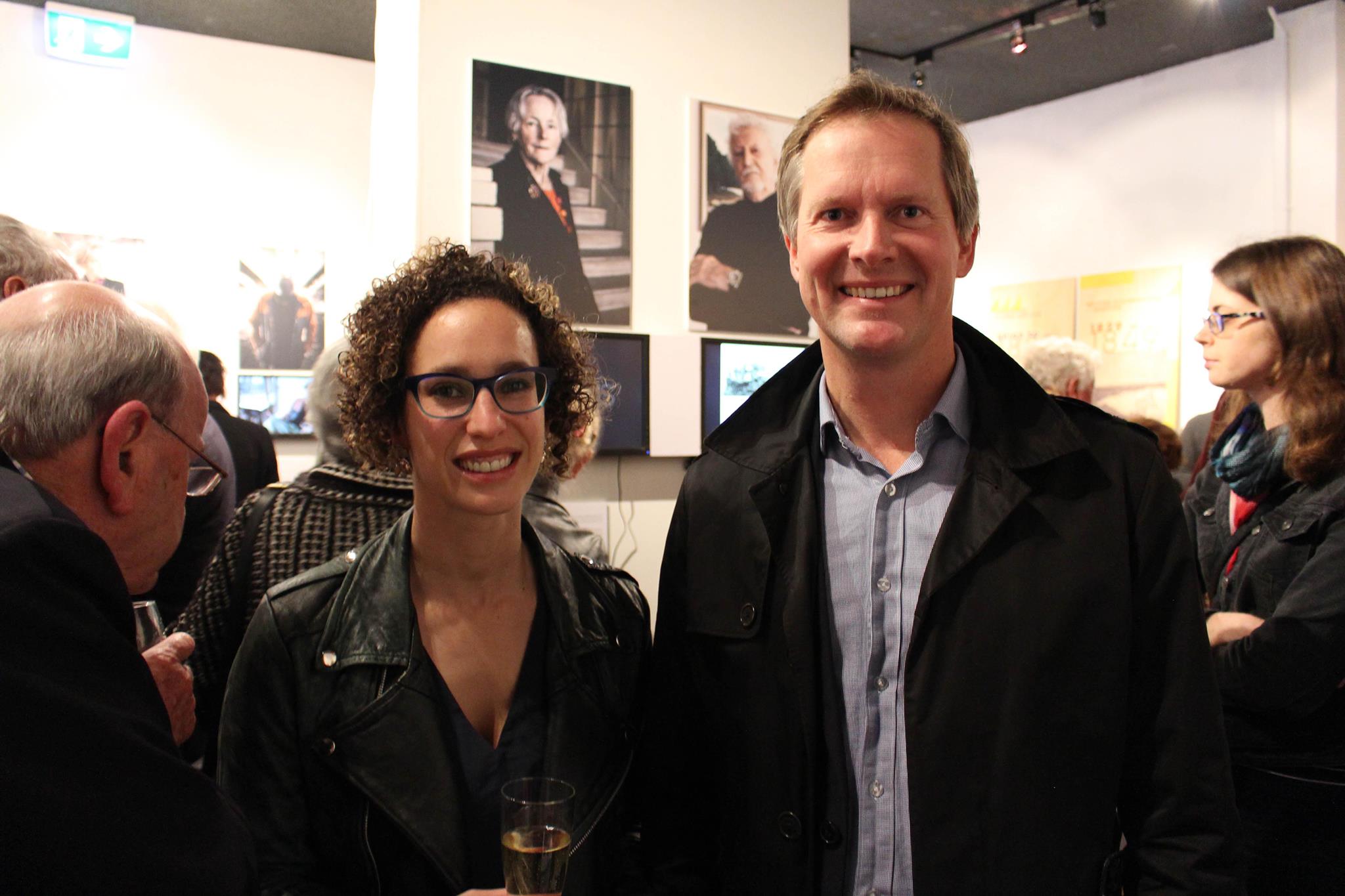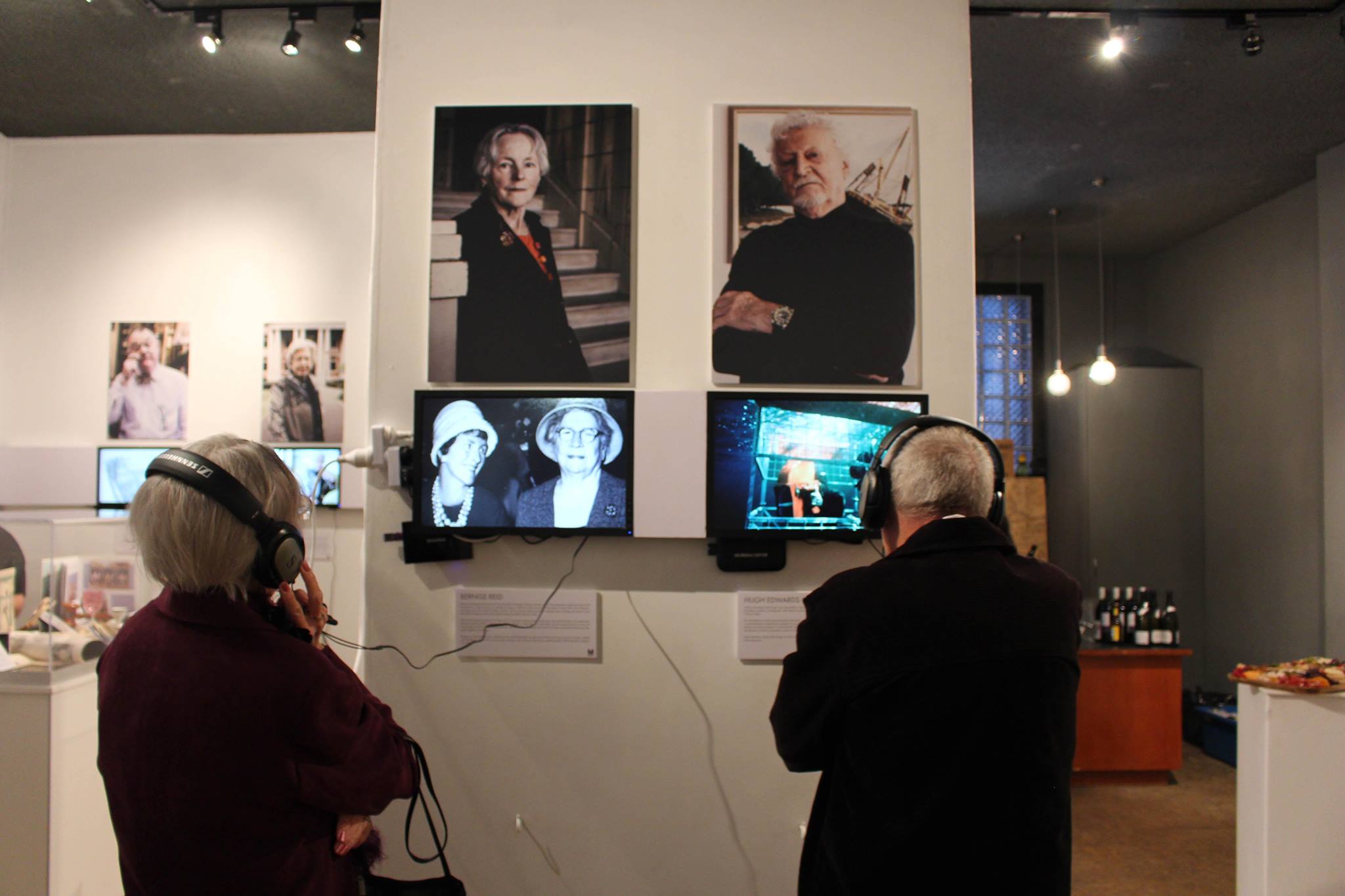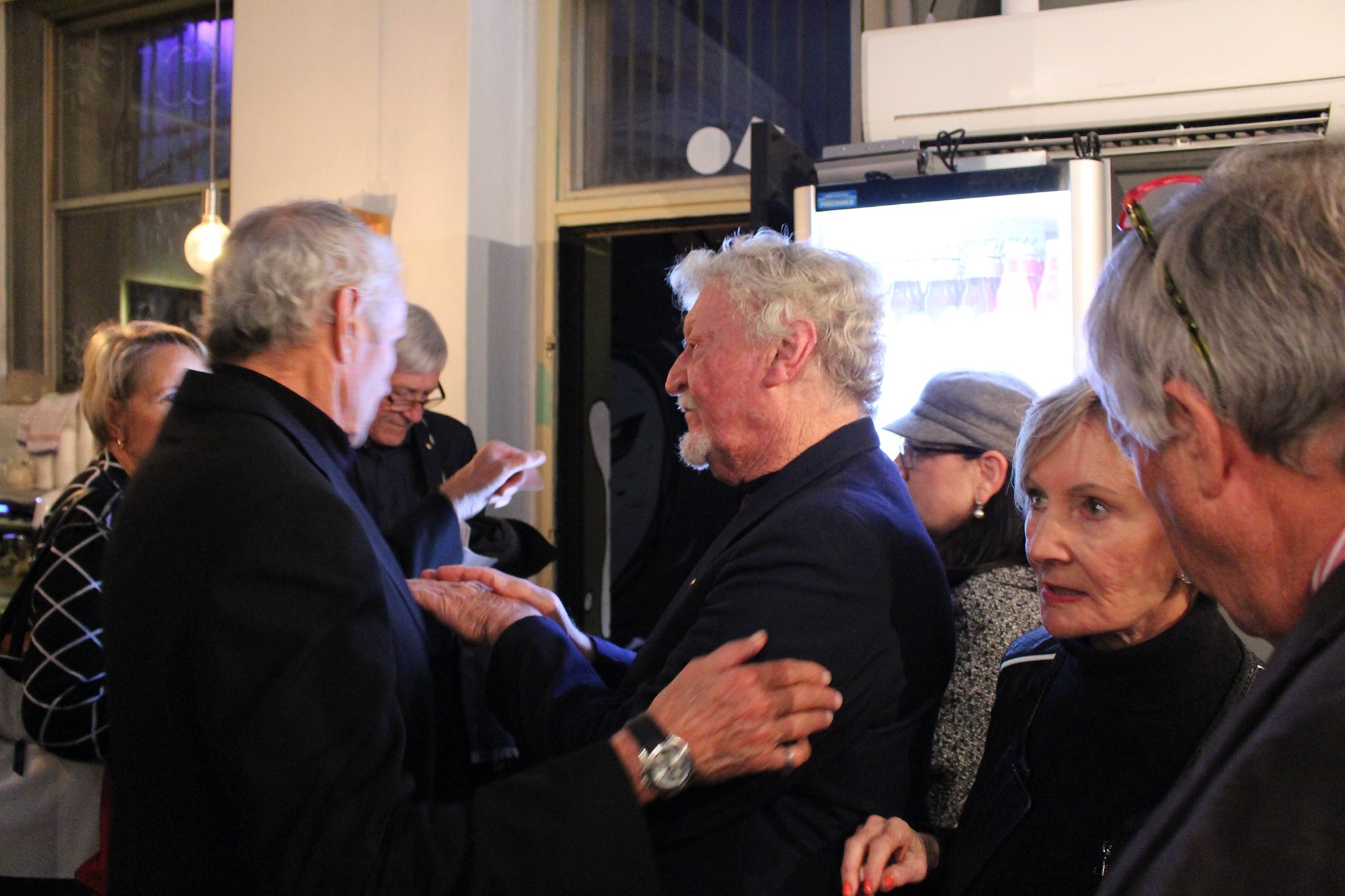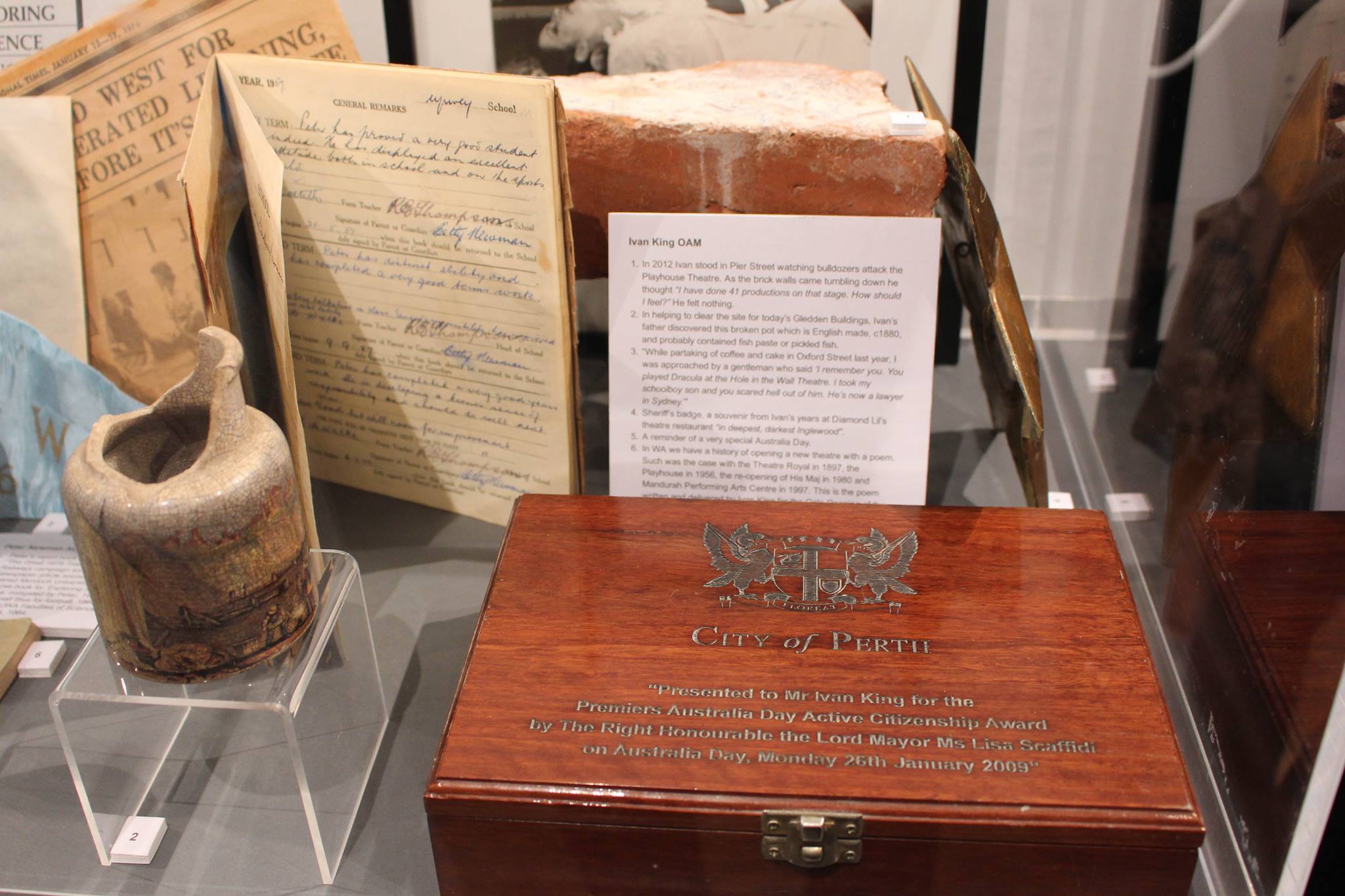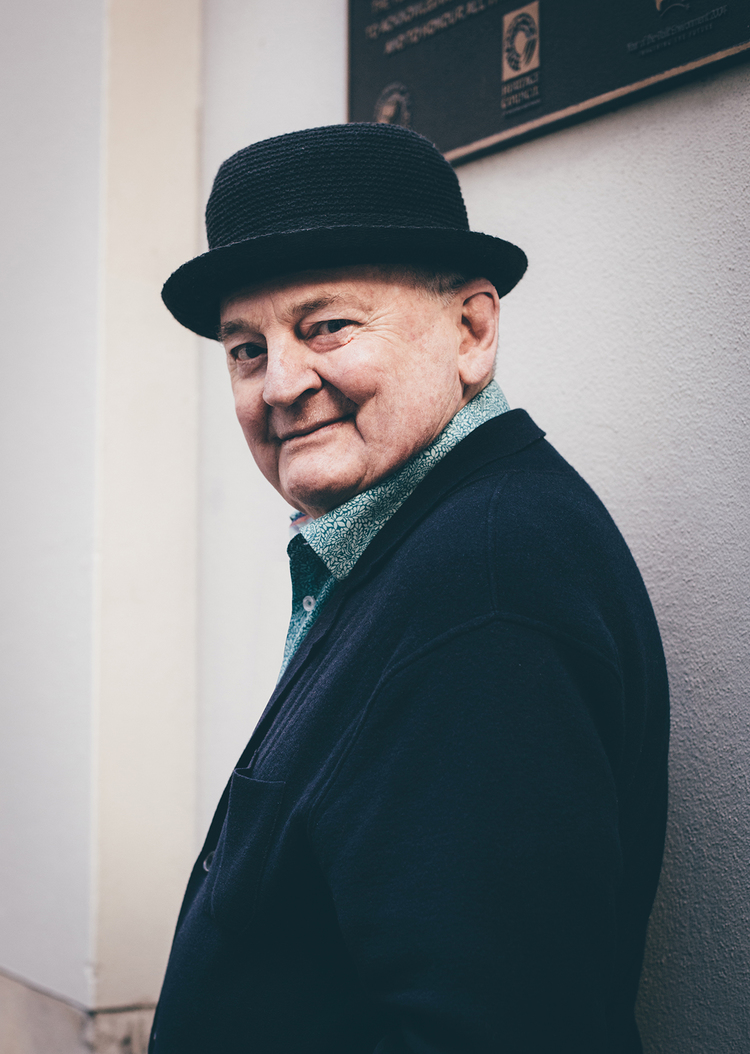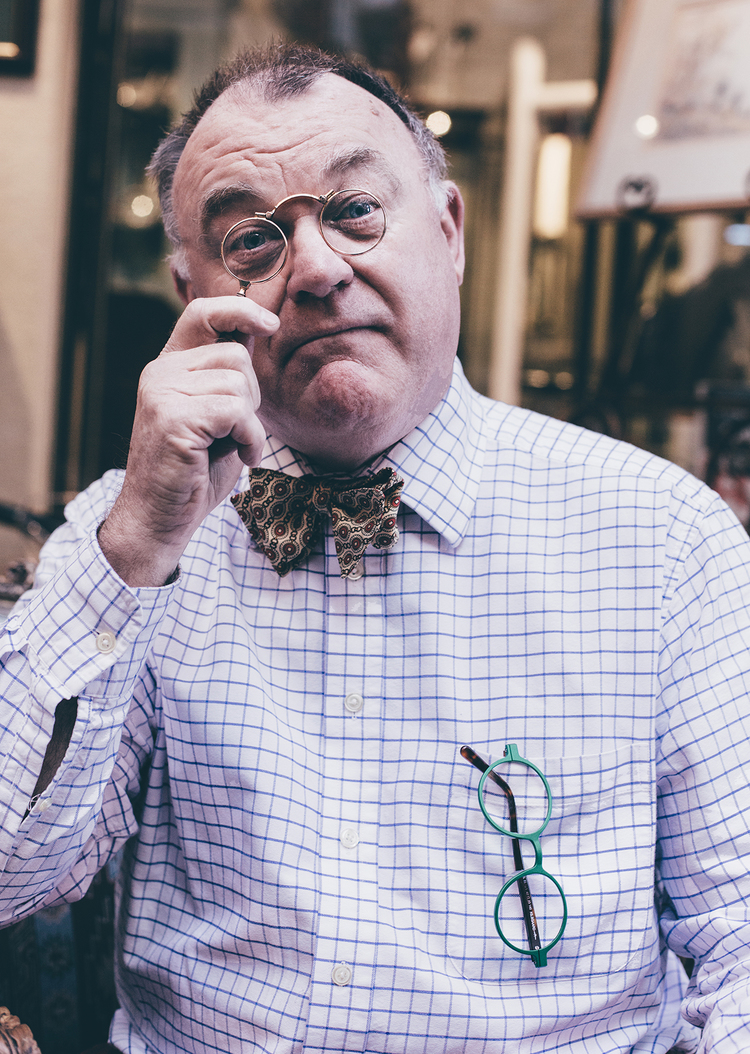Shaping Perth: Stories of our city
Western Australia is a story. Its complex characters add colour and passion to the rich tapestry of our city; layers of personal victories, overwhelming joy, lessons learnt and heartbreaking rejection. Our young city, built on ancient land, has been physically shaped by water and wind, but it’s the people who live here that continue to shape its bright future.
The people of Western Australia have developed a distinct culture; we are a diverse, migrant community with a strong Aboriginal history and a unique isolation. In this exhibition we single out twelve individuals whose personal stories shape and shed light on our recent history. We hear from outsiders who fought their way into tight-knit communities to become leaders, stories of childhood wonder, great discoveries, enterprise, bold ideas and every-day experiences that fill our memories.
The Museum of Perth chronicles the social, cultural, political and architectural history of Perth, and now we thrust its people into the spotlight. These characters create, reflect, advocate and persevere to shape our city. We invite you to get to know the exhibition’s subjects through layers of photography, biography, oral history and artefacts. Combined, they provide a tiny glimpse of the fascinating story of this place we call home.
ALANNAH MACTIERNAN
Born and raised in Melbourne, Alannah came to Perth at 18 seeking adventure. She worked everywhere from factories, bars and checkouts to the Federal Government’s Aboriginal Employment and Training Branch before commencing a career in commercial law, becoming a partner in a Perth law firm. Alannah has always believed that in a democracy you can’t just expect someone else will do what needs to be done and so has taken an active role in community and politics since her teenage years. She was elected to Perth City Council, serving there for five years. She began a 17-year stint in WA Parliament in 1993 from where she served as Minister for Planning and Infrastructure from 2001-2008. She has since been Mayor of Vincent and most recently served a term as the Federal Member for Perth. Alannah describes the Perth she experienced in the ‘70s and the part she played subsequently in shaping the City.
BERNISE REID
Bernise lived opposite Government House at 36a St George’s Terrace until she was 12. She remembers walking to school with the Governor, when he was out walking his dog. In 1952 her family moved to Cook Street in West Perth. All of Bernise’s schooling was at St Joseph’s Victoria Square, as it has always been known. The original school building still stands on the Mercedes College site and is the oldest existing secondary school in Perth. After school, Bernise worked at W Pope and Co, butchers in Murray Street, right across the road from Boans. For eight years she also worked for Elder, Smith & Co in William Street. In 1962 Bernise married. She and her husband have two sons and one daughter and five beautiful grandchildren. Bernise and her husband have lived all of their married life at the home they made together in Karrinyup. Bernise was very familiar with, and fond of, the Hotel Esplanade. Her great aunt Emily McCurran, known as ‘Auntie’, worked and lived there, almost until it was torn down. Bernise used to visit her there every week during the 1950s and tells us about it in her film.
GLENN ISEGER-PILKINGTON
Glenn is a Wadjarri, Nhanda and Nyoongar man and a member of a Dutch and Scottish migrant family. He has lived in the Kimberley and Bunbury but Perth has always held an important place in his heart, being where he regularly visited his Scottish Nanna growing up. Now living in Perth, Glenn has worked within the visual arts and museums sectors over the last decade as an arts development officer, curator, advisor and advocate for Indigenous Australian artists. Glenn is also an author and is passionate about writing on subject matters which include contemporary Indigenous art, culture, and identity, colonisation, Indigenous history and lived experience. The product of an Aboriginal Australian father and a Scottish-Dutch mother, Glenn has always curiously watched as experiences have repeated in the worlds of the different characters in his life, across generations, even though these characters often herald from opposite ends of the earth. These patterns have continued to unfold in the life he has made with his partner Philip, a Northern Irish doctor who migrated to Australia a little more than a decade ago, and with whom he has spent the last decade exploring the world. A child of the 1980s, Glenn talks us through the idiosyncrasies of his family at that time.
HUGH EDWARDS OAM
Author and expert diver Hugh was instrumental in discovering some of the most well-known shipwrecks along the West Australian coast line, including the 1629 Batavia and the 1727 Zeewyjk, for which he has been recognised by statute as ‘Primary Finder’. His work led him to many close encounters with sharks. As a result of observation (including cage diving with great whites and a camcorder) and comprehensive research, he has become one of the State’s leading shark experts. Hugh has written over 35 books and was the recipient of a Medal of the Order of Australia in 2009 for service to Australia’s maritime heritage through the discovery of historic shipwrecks, and as an author. Hugh describes, among other things, his role in the discovery of the Batavia in the 1960s and some of his experiences while observing sharks.
IVAN KING OAM
Born in Midland “beneath the shadow of the Town Hall clock”, Ivan is a veteran of over a hundred plays, revues, musicals and operettas, as well as countless other theatrical events. After major tours of the Eastern States and New Zealand he spent 18 months in children’s theatre programmes before going abroad to work in small repertory companies in regional England. Returning to Perth, he then enjoyed a long run of 13 theatre-restaurant revues in the old Civic Theatre in Inglewood. In the following decades he played a wide range of roles at the Playhouse, the Regal Theatre, the Hayman Theatre, His Majesty’s Theatre and The Hole In The Wall. He wrote skits for revues, entertainment features for Music Maker magazine and social columns for an inner suburban newspaper. As the founder of the Museum of Performing Arts housed Downstairs at the Maj he has further created, to date, 54 exhibitions highlighting the history of entertainment in Perth. In 2009 he was given the Premier’s Award for Active Citizenship and in 2016 he received a Medal of the Order of Australia for service to the performing arts as an historian and archivist. In his film Ivan describes his role in ‘the profession’, with an emphasis on the 1970s.
JAMES HARWOOD
A South Perth man, James has remained there, and mischievous, all of his days. He has managed museums, owned businesses, been a professional harmonica player, gone to war, played Russian Roulette, sailed boats at South of Perth Yacht Club (sometimes successfully, other times not), raced in the Formula 1, crashed an aeroplane, written books and, most recently, featured on Millionaire Hot Seat. James has even - quite literally - shot himself in the foot, hampering what he is sure would have been a brilliant career in athletics. James talks us through stories of his childhood and adolescence, starting in the 1930s.
JANICE KELLY
A Coolgardie baby, Janice moved to Perth in 1942. Apart from a short stay in Geraldton she lived in Kingston Avenue, West Perth until 1958. Janice was one of five children; one died in Kalgoorlie as an infant. She had four children and has three grandchildren. Her eldest son died in Paris in 1995. Growing up, Janice would think nothing of walking into Perth and she has great memories of the City through the 1940s and 1950s: the beauty of St George’s Terrace, two storey houses on Adelaide Terrace, Flower Day, parades, concerts on the Esplanade, the one o’clock gun from Kings Park. She recalls the ferries and the trams, linking the city to everywhere else in the north, and the trolley buses that one caught along the river. She says that community, especially after the war, was still very much in evidence, and she never felt unsafe. Janice talks us through some of these memories of Perth from the 1940s.
PENNY HOFFMAN
Penny grew up living at the Derward Hotel on the corner of Pier and Murray Streets, which was managed for more than 30 years by her mother, Marjorie. Perth was her home and her playground. She knew the gardeners in the Government Gardens (now Supreme Court Gardens), the policemen on point duty and the firemen at the Central Fire Station in Murray Street. Her mother loved to take her to Queen’s Gardens by tram, to the Zoo and to Kings Park. All of these (including the Derward roof garden) were venues for her birthday parties. Education began at St Mary’s in West Perth and continued at Presbyterian Ladies’ College, to which she travelled by bus from Newspaper House in St George’s Terrace. Tertiary education spanned three institutions: Claremont Teacher’s College (now ECU), UWA and WAIT (now Curtin University). After teaching at several WA schools, Penny retrained as a corporate librarian and worked in that capacity for CRA/Rio Tinto for 21 years. Penny did however earn her first pay packet at Bon Marche store in Hay Street, opposite the Town Hall, during the summer holidays. Penny is a wife to Tom, a mother to two beautiful daughters and grandmother to three wonderful grandsons. In her film, Penny describes life in the 1940s, with Perth as her playground.
PETER KENNEDY
Award winning political journalist Peter has worked for The West Australian, The Sydney Morning Herald, as Chief of Staff at the Canberra Press Gallery and as Press Secretary to Deputy Premier Mal Bryce. He also presented the Drive Program and the Morning Program on ABC Radio before joining the ABC television team as political correspondent in 2000. His face and voice are both very familiar to, and beloved and trusted by Perth; Peter says he loved both roles but they were equally terrifying to him when he first embarked upon them. Peter tells us about growing up in Perth in the 1950s and about how his fascination with politics manifested in a career in journalism in the 1970s.
PETER NEWMAN AO
Peter is an environmental scientist, author and educator. He has published 16 books and 300 papers and was awarded an Order of Australia for distinguished service to science education as an academic and researcher, through contributions to urban design and transport sustainability, and to the community. He is known for popularising the term ‘automobile dependence’. In the second half of the 1980s Peter was closely associated with the redevelopment of Perth’s rail system from 1979 to the present, which is now seen as a model for how car dependent cities can become more sustainable. He was described by Malcolm Turnbull at the recent City Summit as ‘his tutor’. Peter grew up in Melbourne but his family never stopped dreaming about their home town Perth which, he says, remained the centre of their universe. Peter tells us about how he came to run the campaign to save the Fremantle railway in the 1980s and his experiences in doing so.
RABIA SIDDIQUE
An international humanitarian lawyer, professional speaker, mentor and author, Rabia has many awards and much recognition to her name including, most recently, being a finalist for the 2016 Australian of the Year Awards. After starting life as a criminal defence lawyer and the youngest Federal prosecutor in Western Australia, Rabia moved to the UK in 1998 where she was eventually commissioned as a Legal Officer in the British Army in 2001. In a terrifying ordeal that garnered worldwide attention, along with a male colleague, Rabia assisted with the rescue of two Special Forces’ soldiers from Iraqi insurgents in Basra. Her male colleague received a Military Cross for outstanding bravery, while Rabia’s part in the incident was covered up by the British Army and government. In a fight for justice she brought a landmark discrimination case against the UK Ministry of Defence, and won. Rabia has since moved back to Perth with her young family, to share her experience of courageous leadership, resilience and inclusion, with the hope of helping others to thrive and strengthen the social cohesion in Perth. Rabia describes her experience of growing up in Perth as an immigrant in the 1970s and ‘80s..
TREVOR HANCOCK
“Born looking out to Bass Straight to see five generations of fishermen, then behind to see five generations of high country cattlemen”, Trevor’s genetics were shaped by nature deciding family fortunes. “Sea games, draught, snow storms, bush fires, floods and history shape us as wind shapes rock.” Trevor found his way to Perth to take a role in a fundraising capacity but soon allowed his love of history and his connection to the past to steer him in the direction of Trinity Antiques in the centre of the City. As director there, he has made a name for himself through his expertise and astute purchases, many of which have been displayed by, or donated to, the National Gallery of Australia, the National Library of Australia and others. In his film, as well as describing his childhood, Trevor uses different artworks and pieces of jewellery to describe Western Australia as it was at the start of the 20th century and earlier.
Acknowledgments
Shaping Perth: Stories of our City, is a collaborative and creative history project. An initiative of the Museum of Perth, we've partnered with Know Your Nation; founded and run by Helena Cohen-Robertson to document personal stories of twelve fascinating Perth people to shine a light on the untold stories of our City. Belinda Gibson produced a series of powerful portraits of The Twelve subjects of our exhibition.
Belinda Gibson
Photographer
Belinda Gibson Photography
Helena Cohen-Robertson
Oral Historian, Biographer & Project Manager
Know Your Nation
Jesse Keddie
Videographer and Editor
Reece Harley
Project Leader
Museum of Perth
Shannon Lovelady
Artefacts Curator
Museum of Perth
